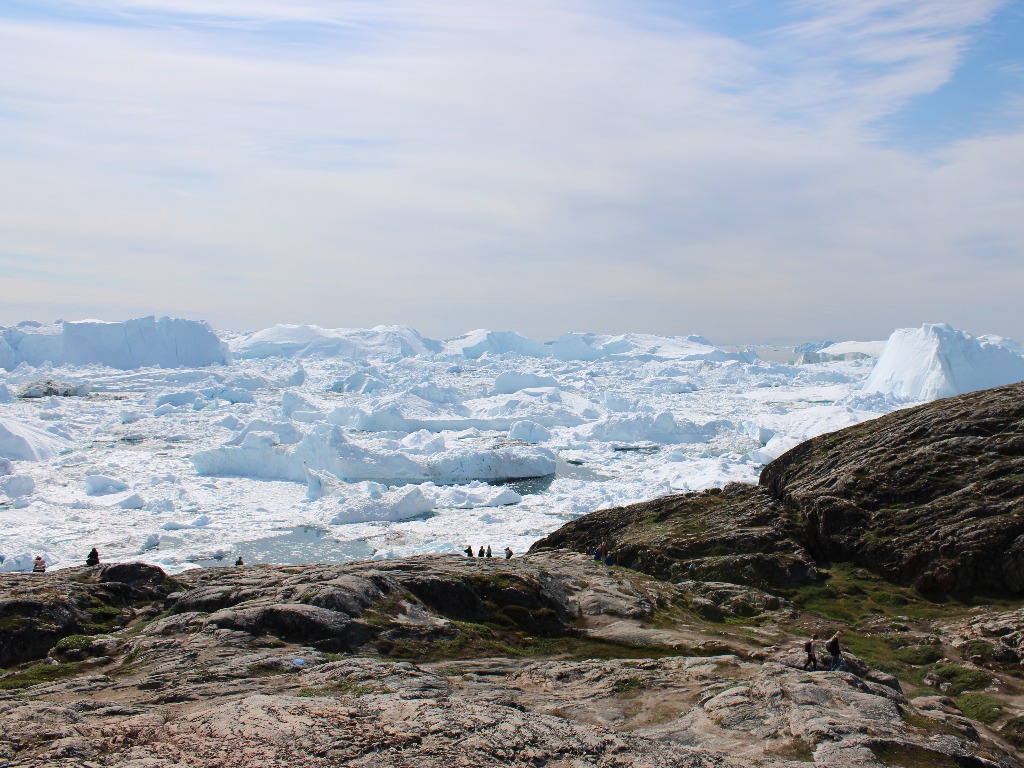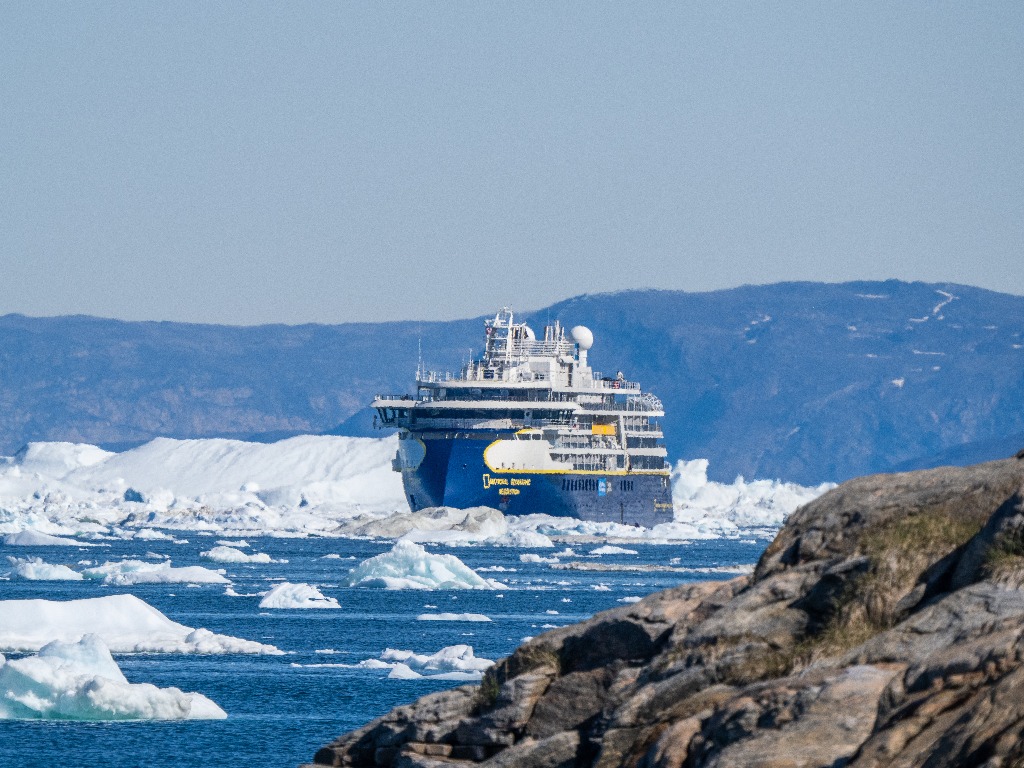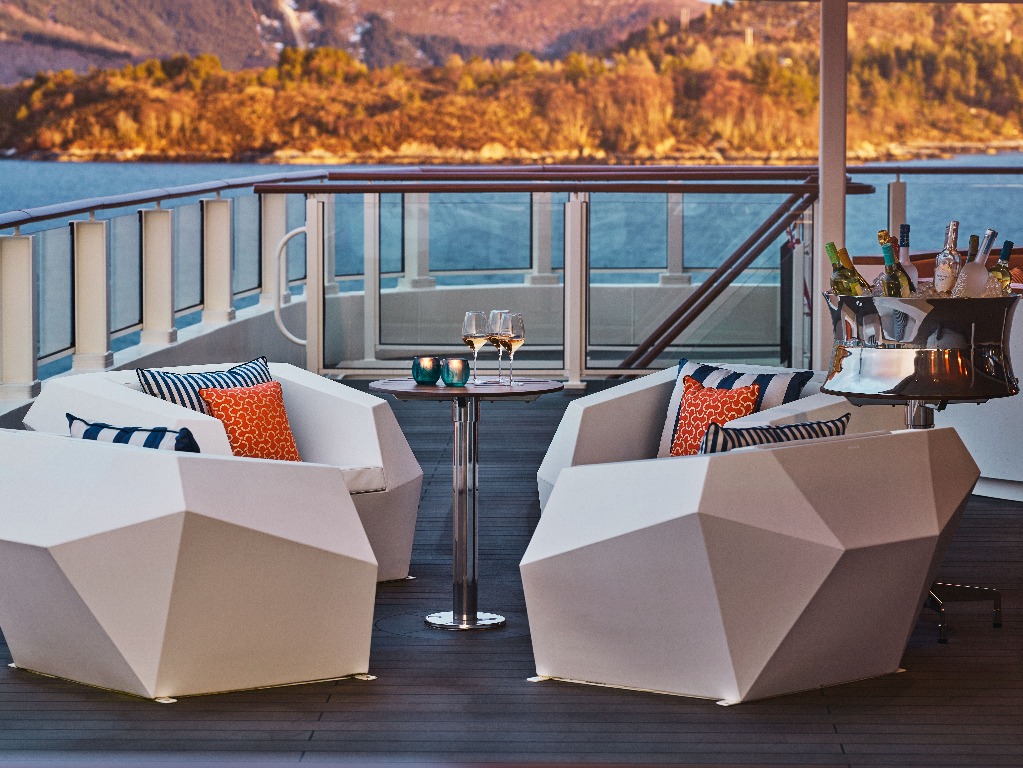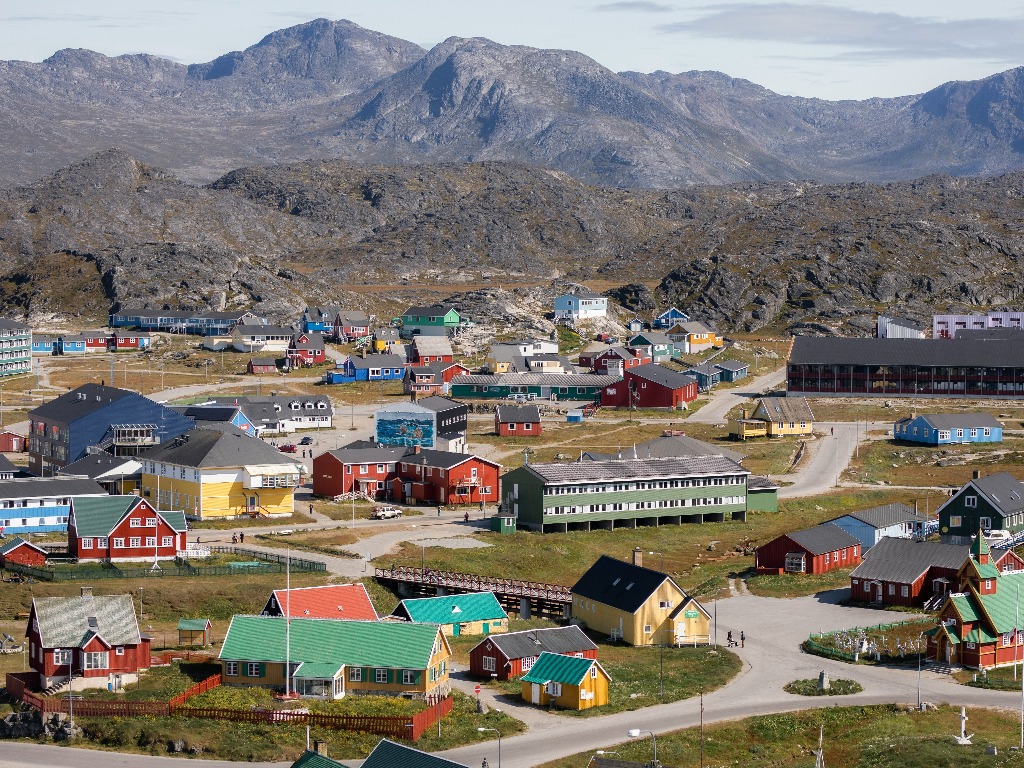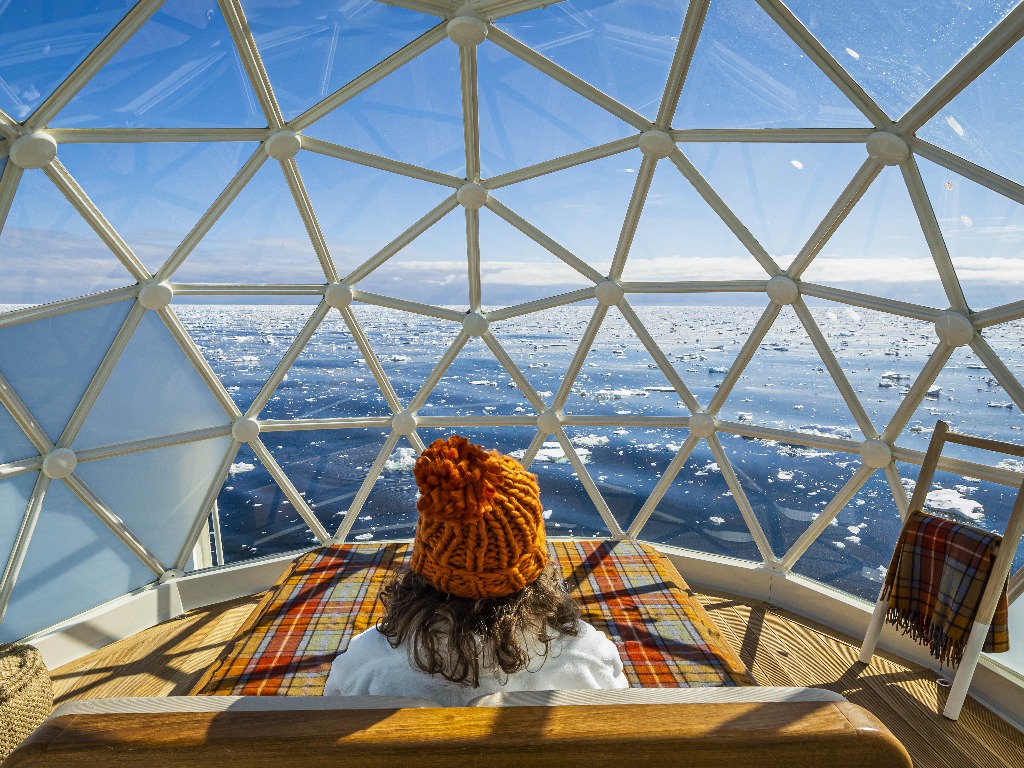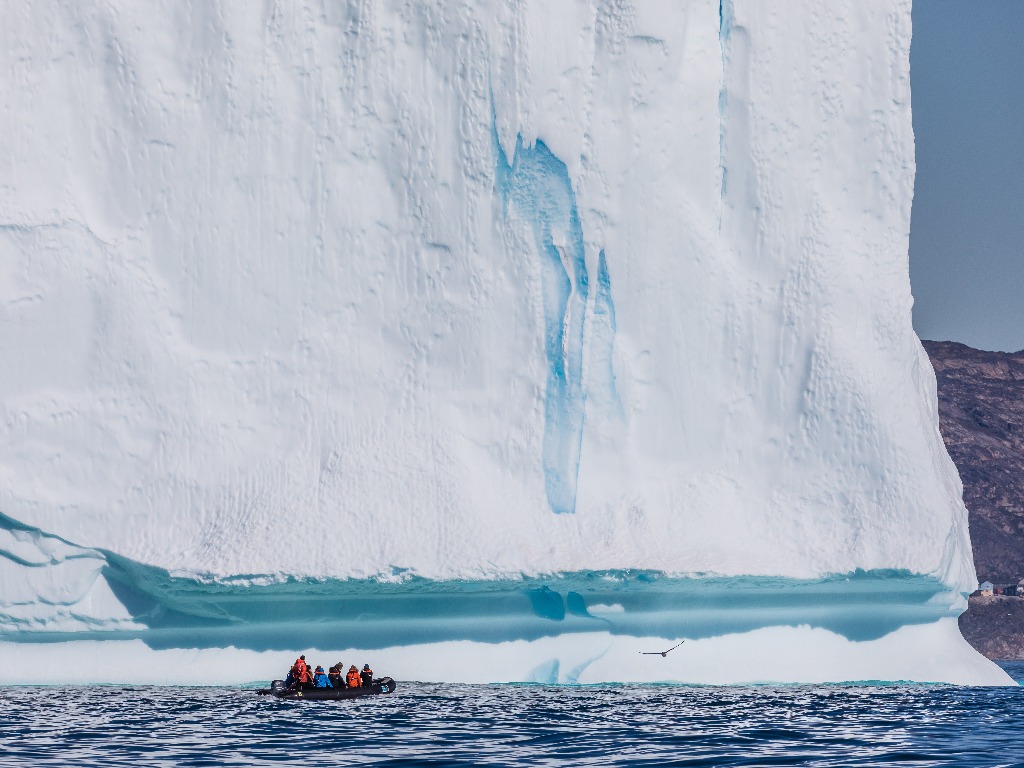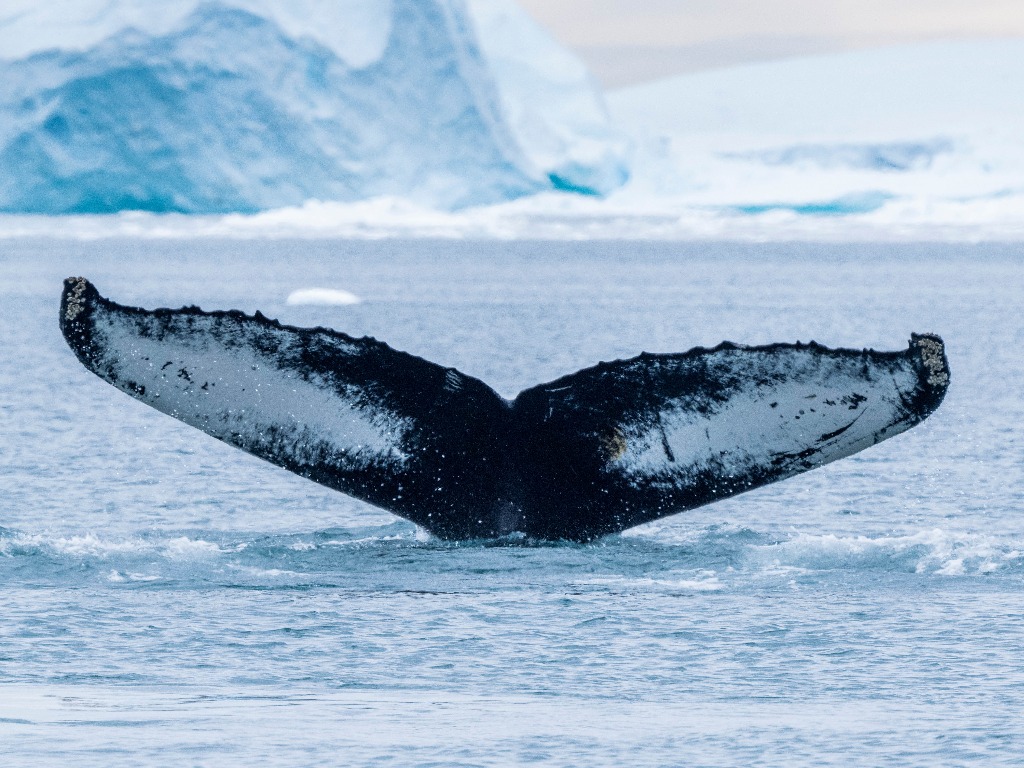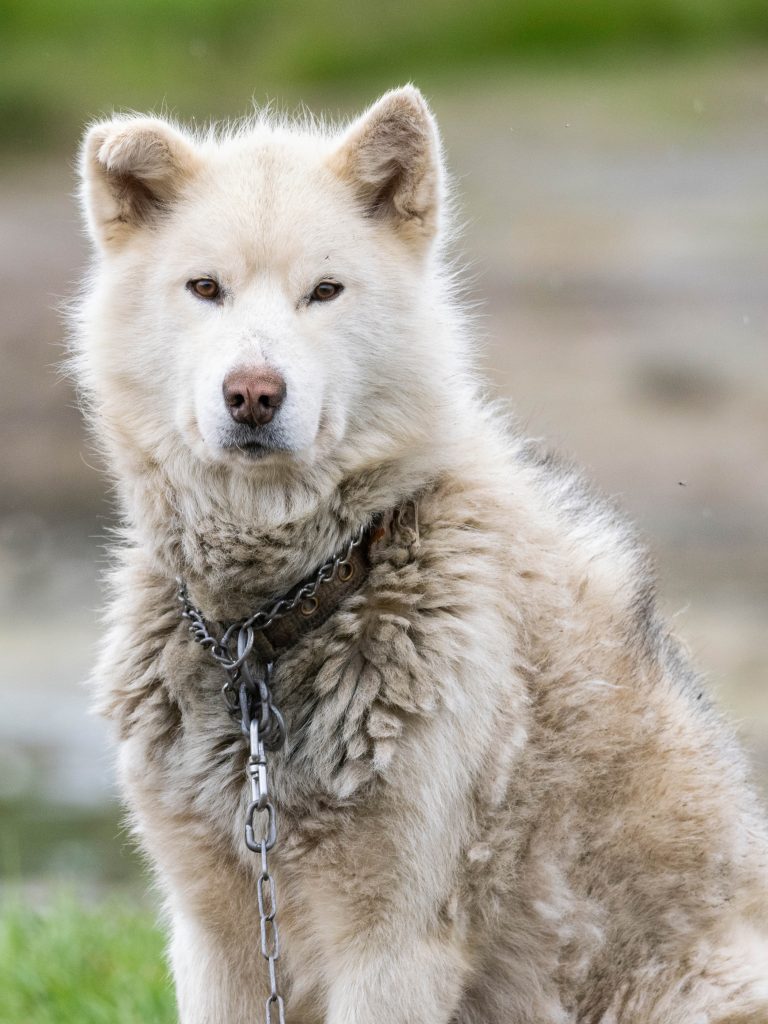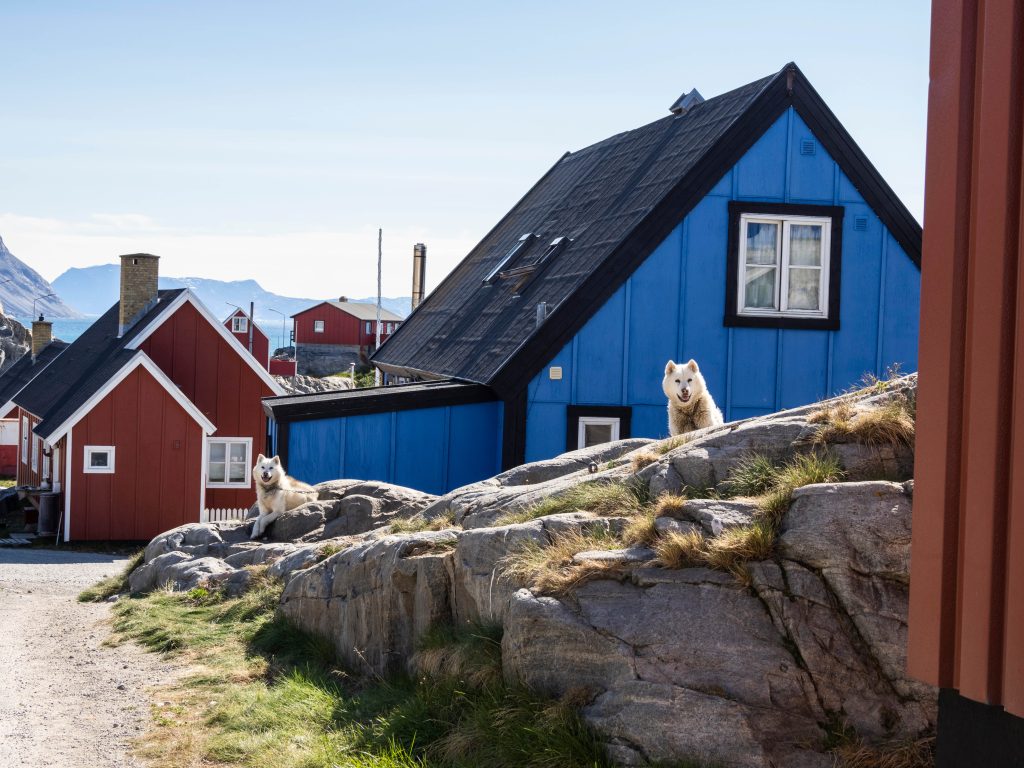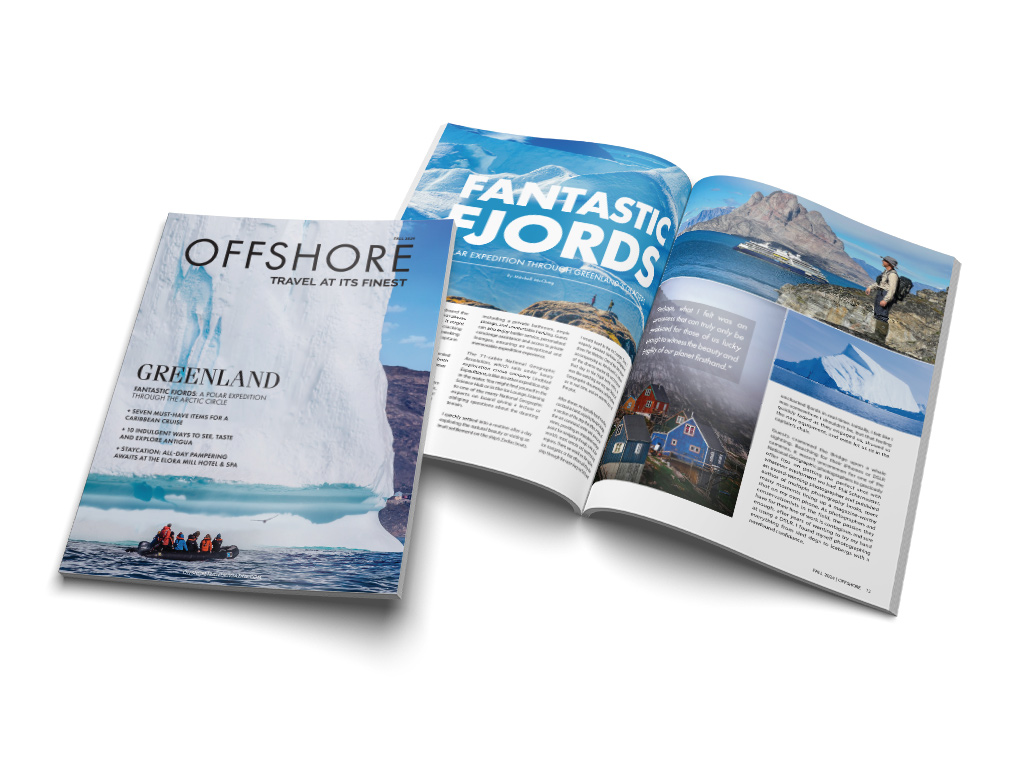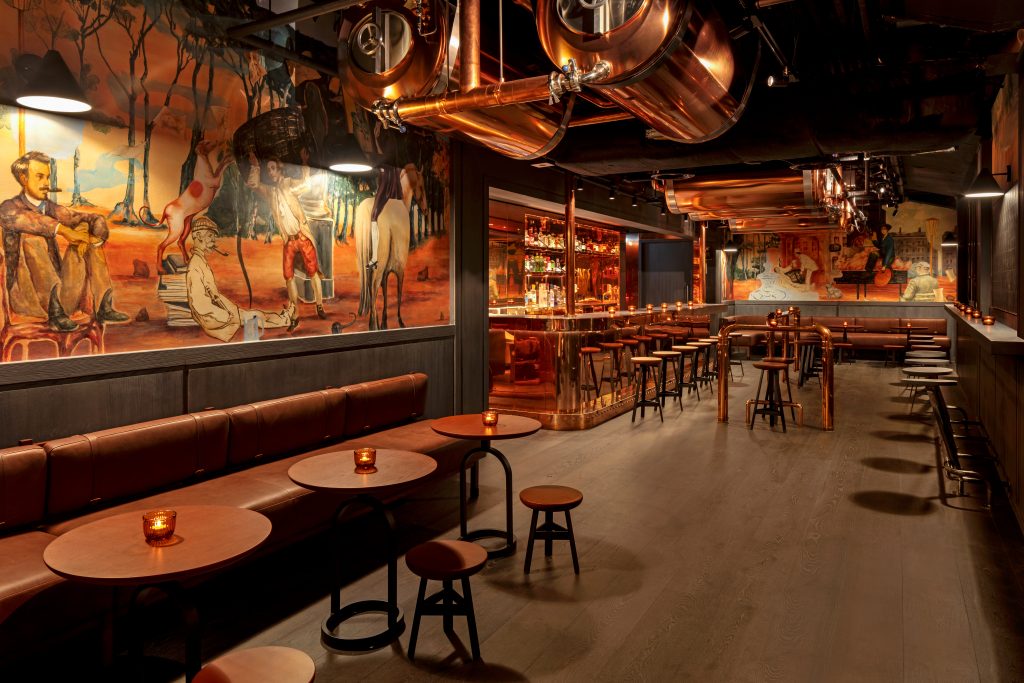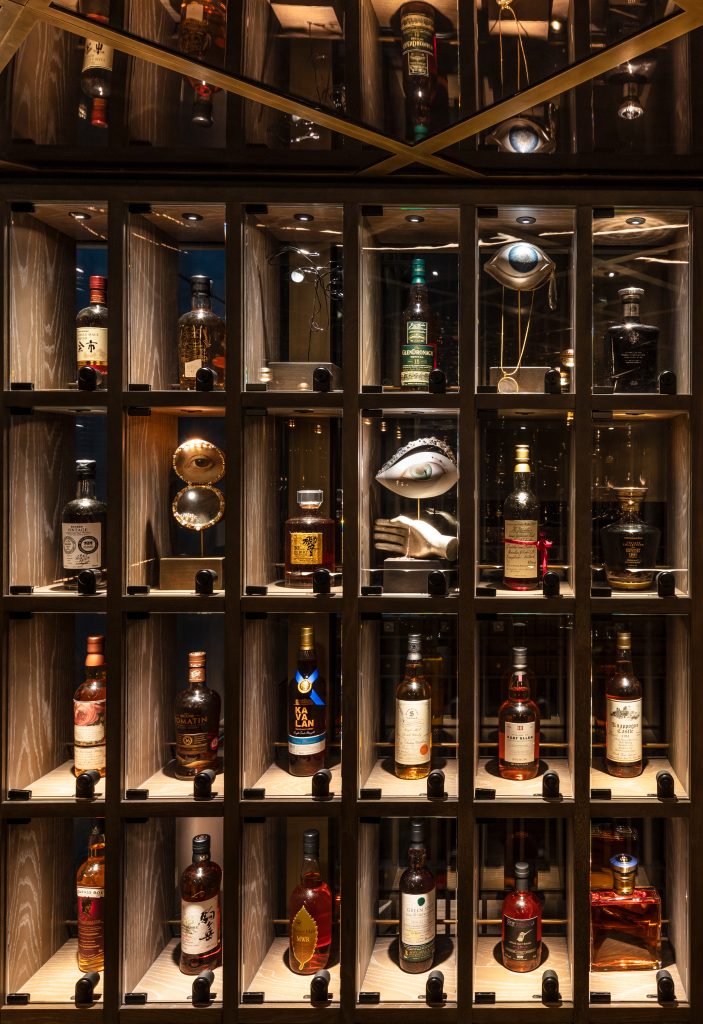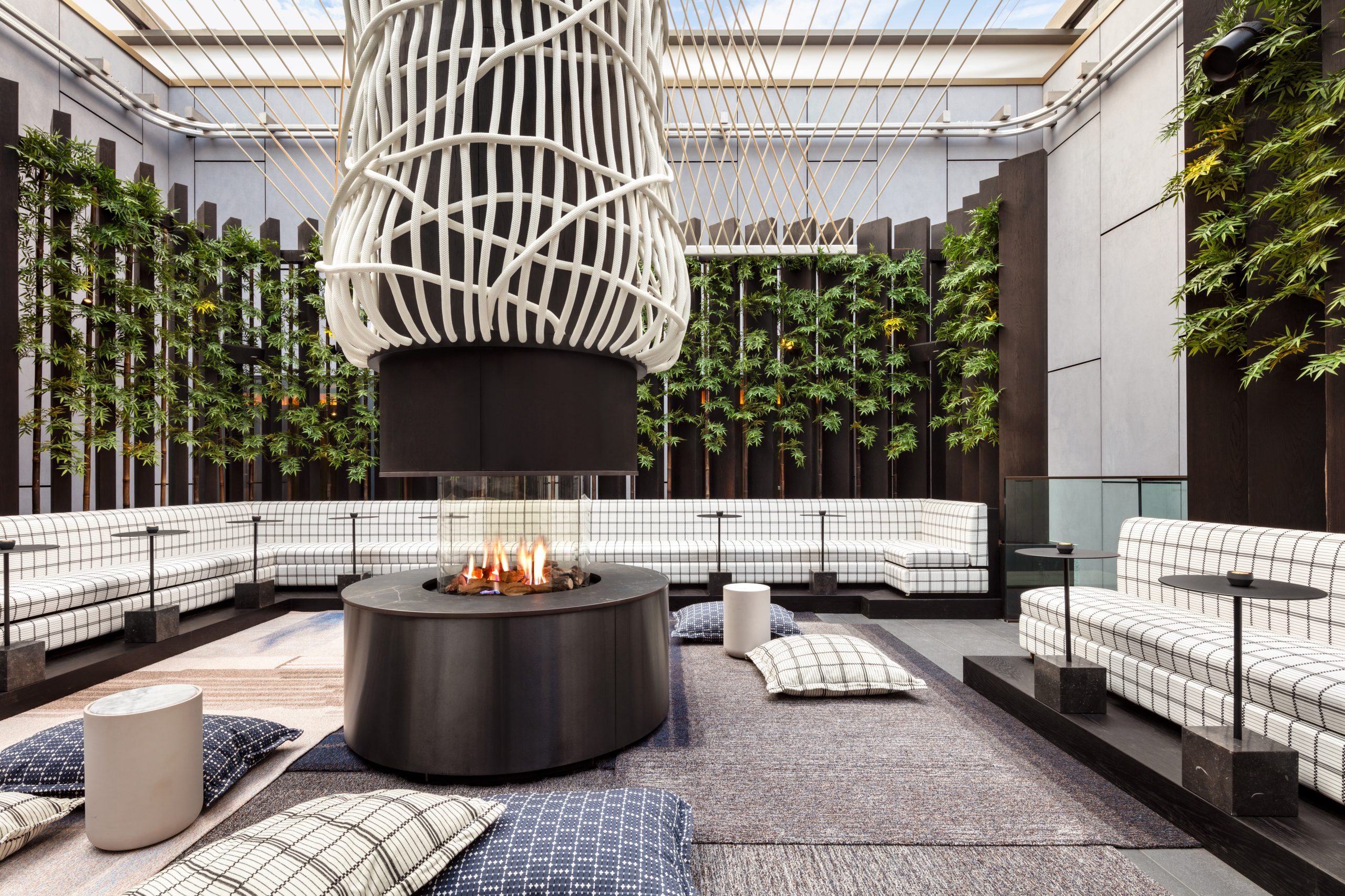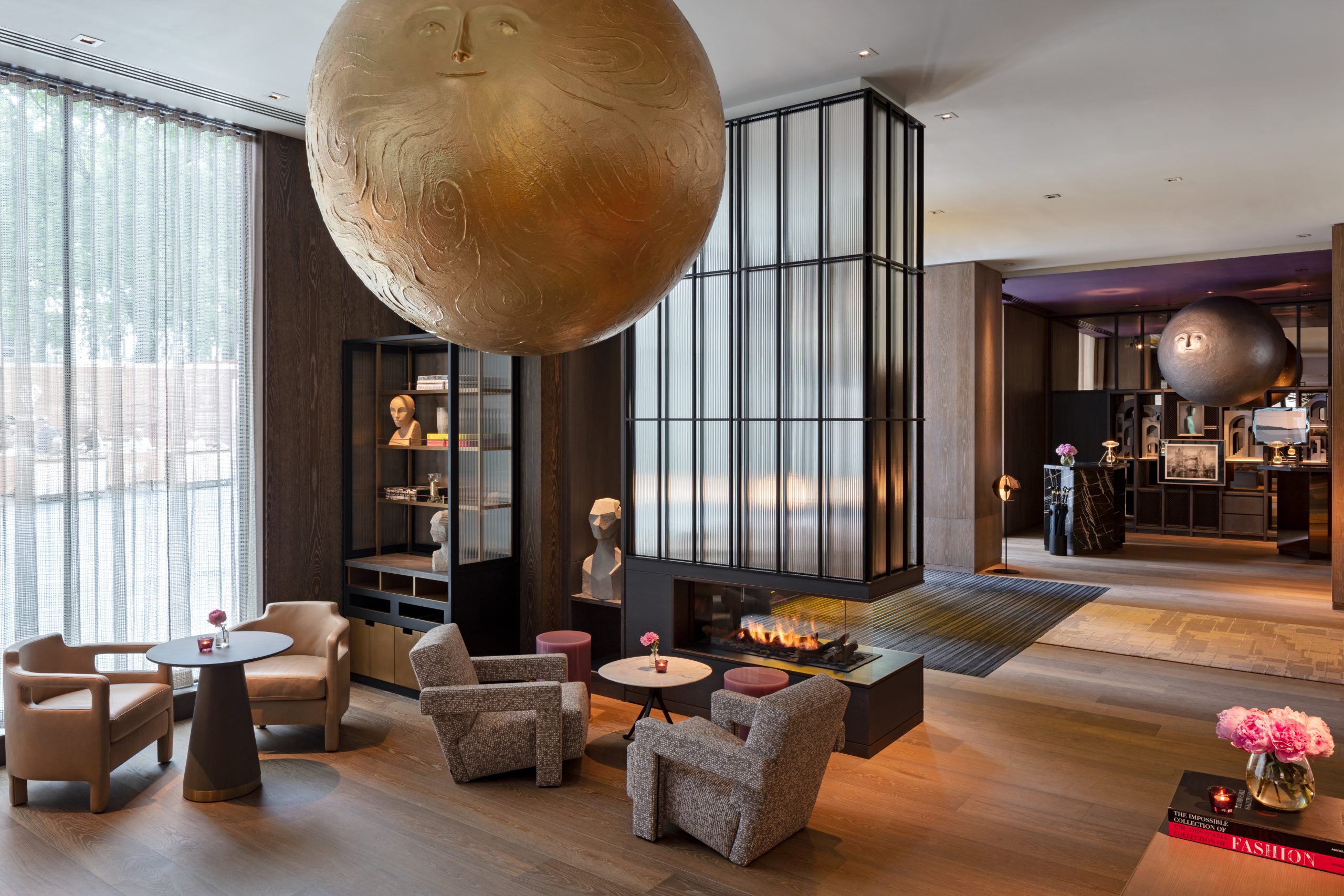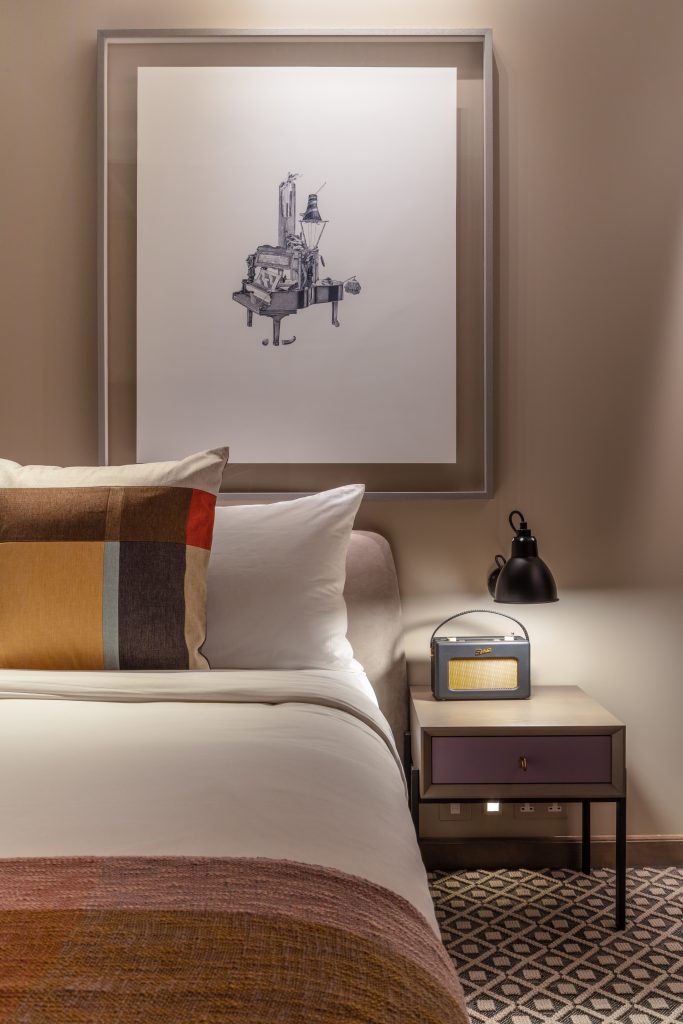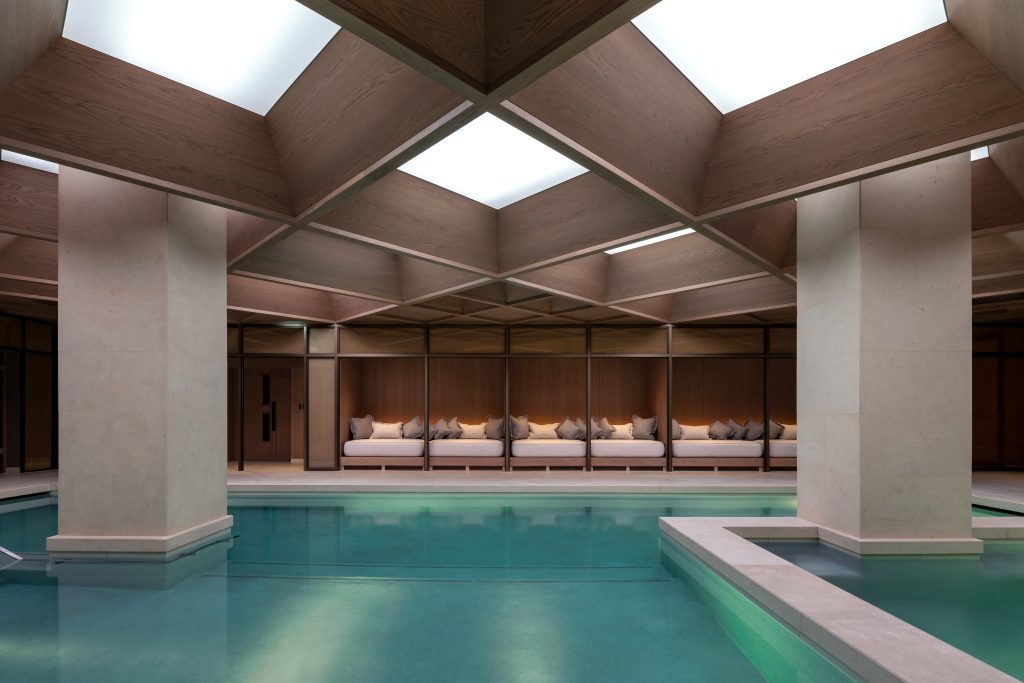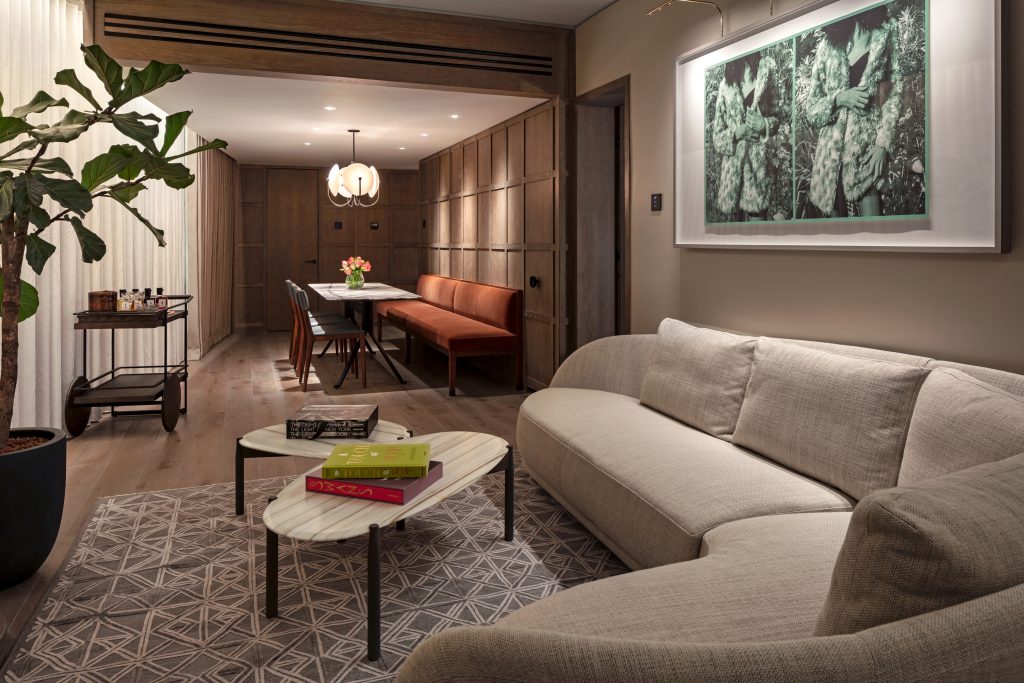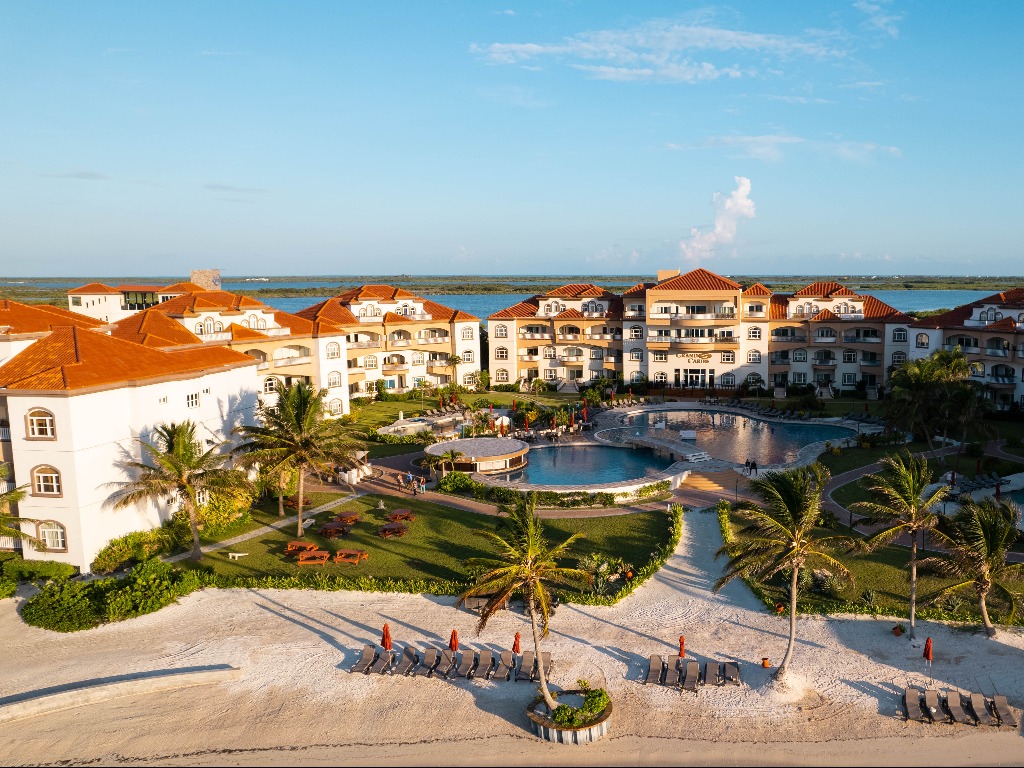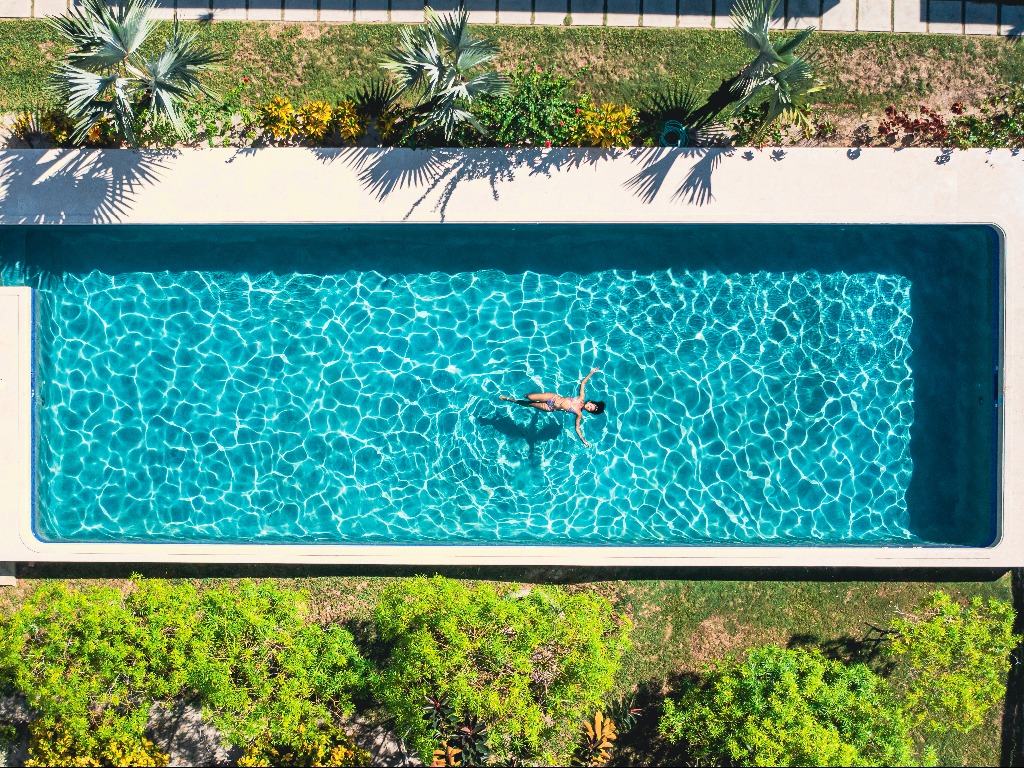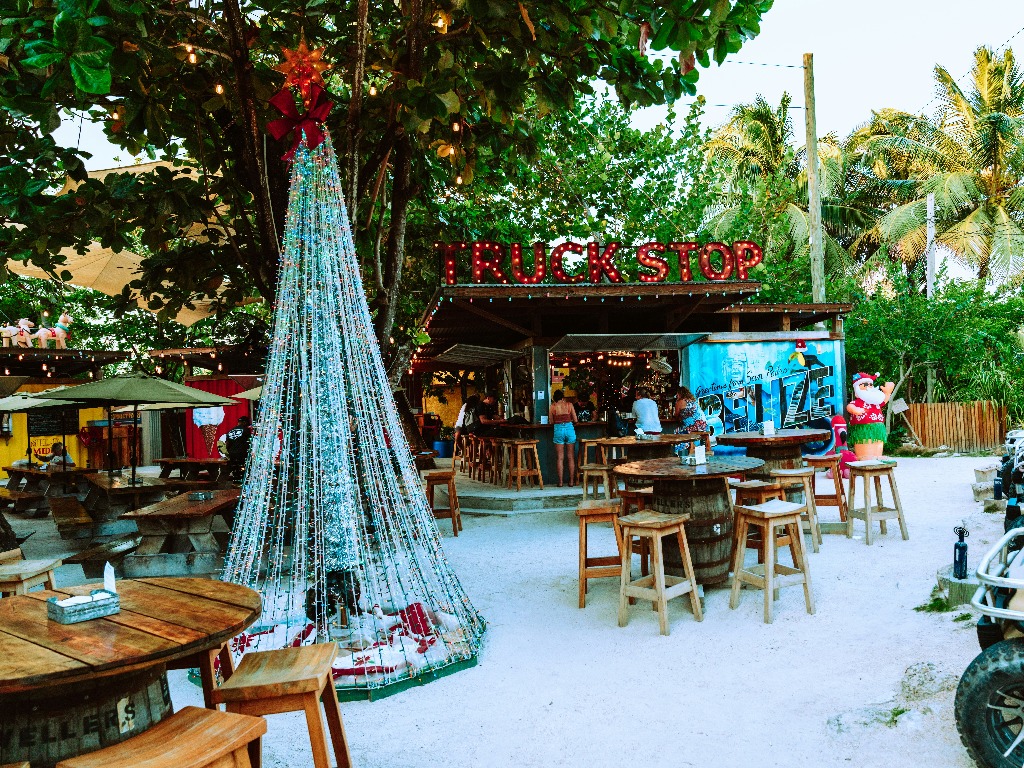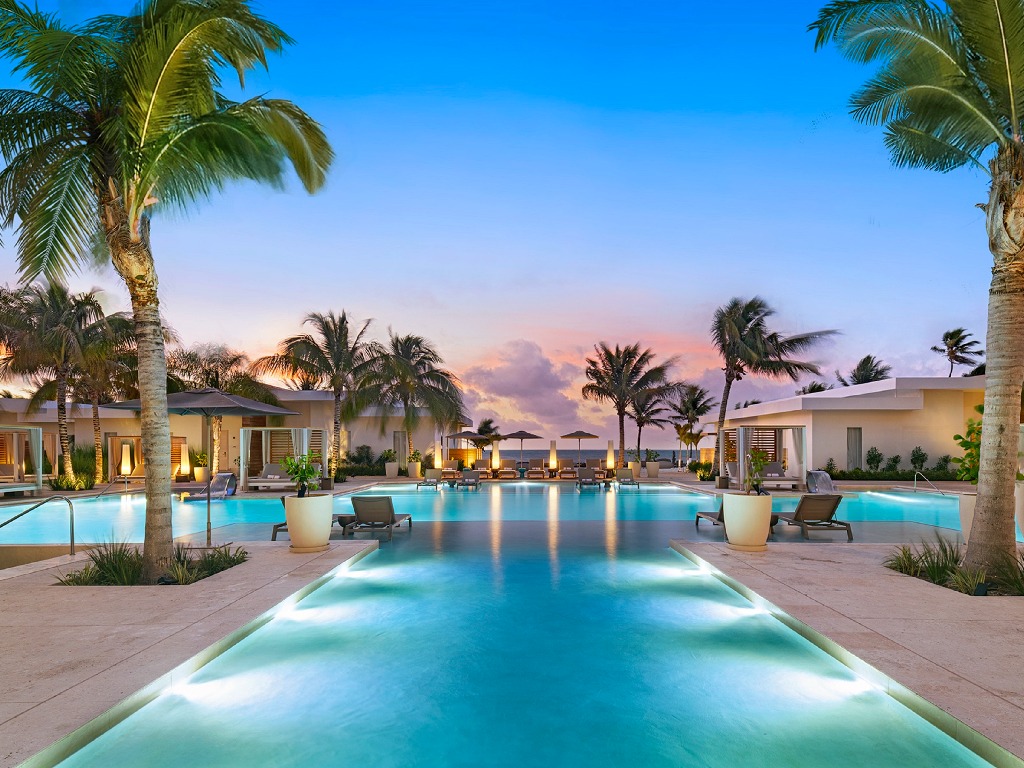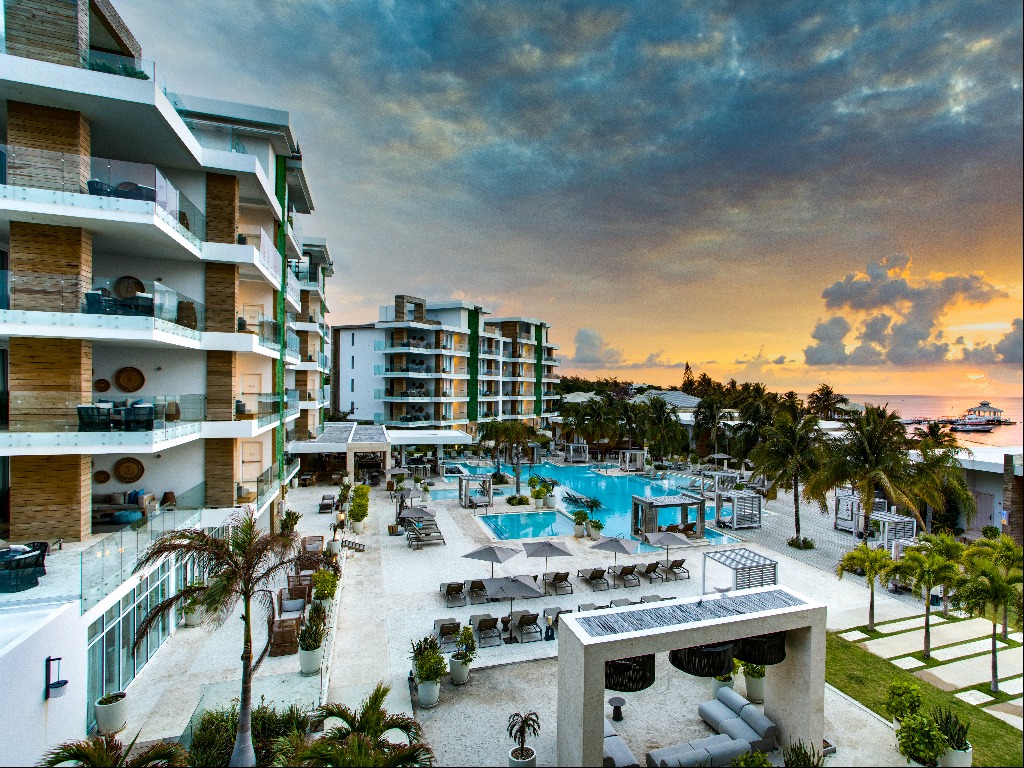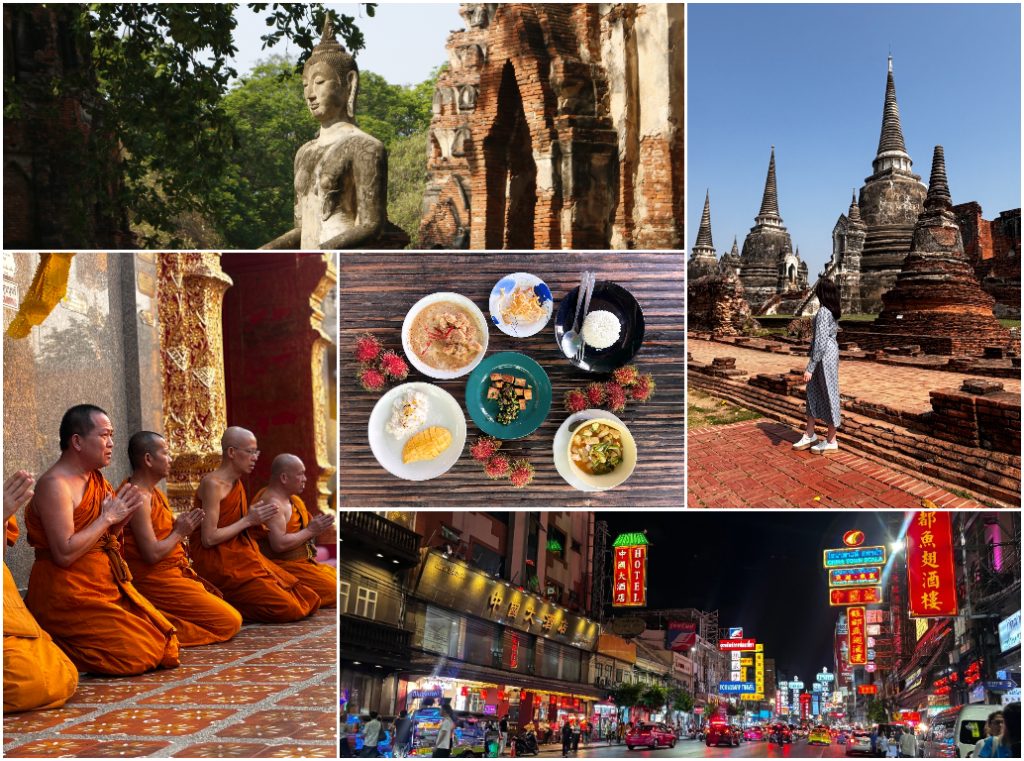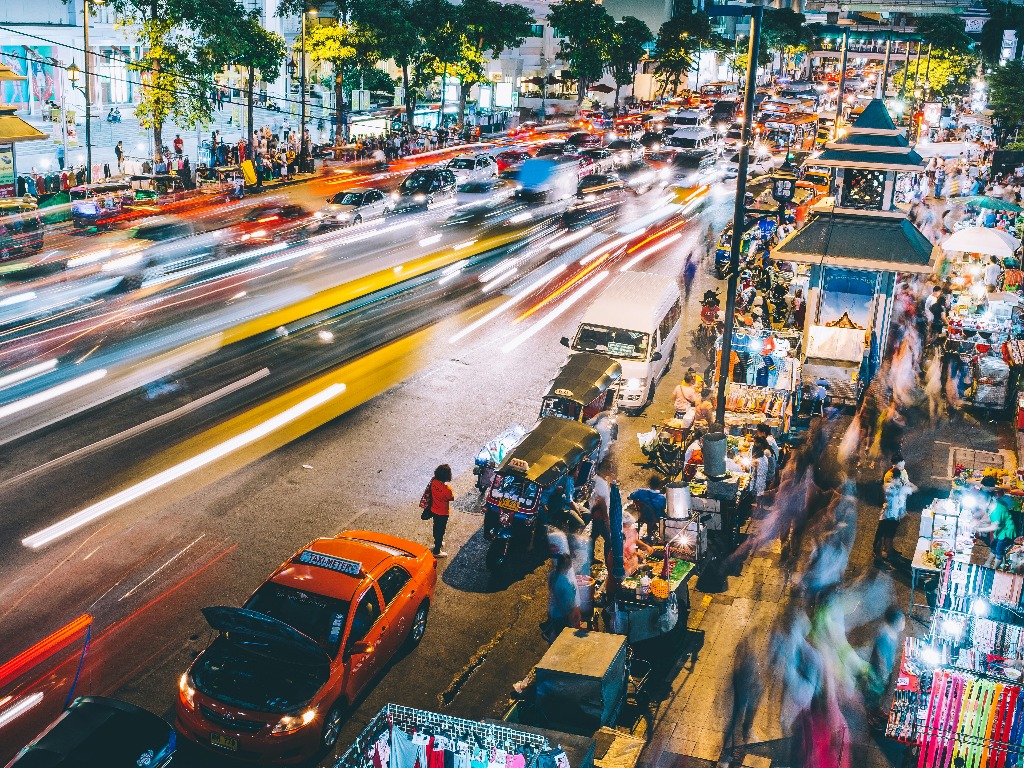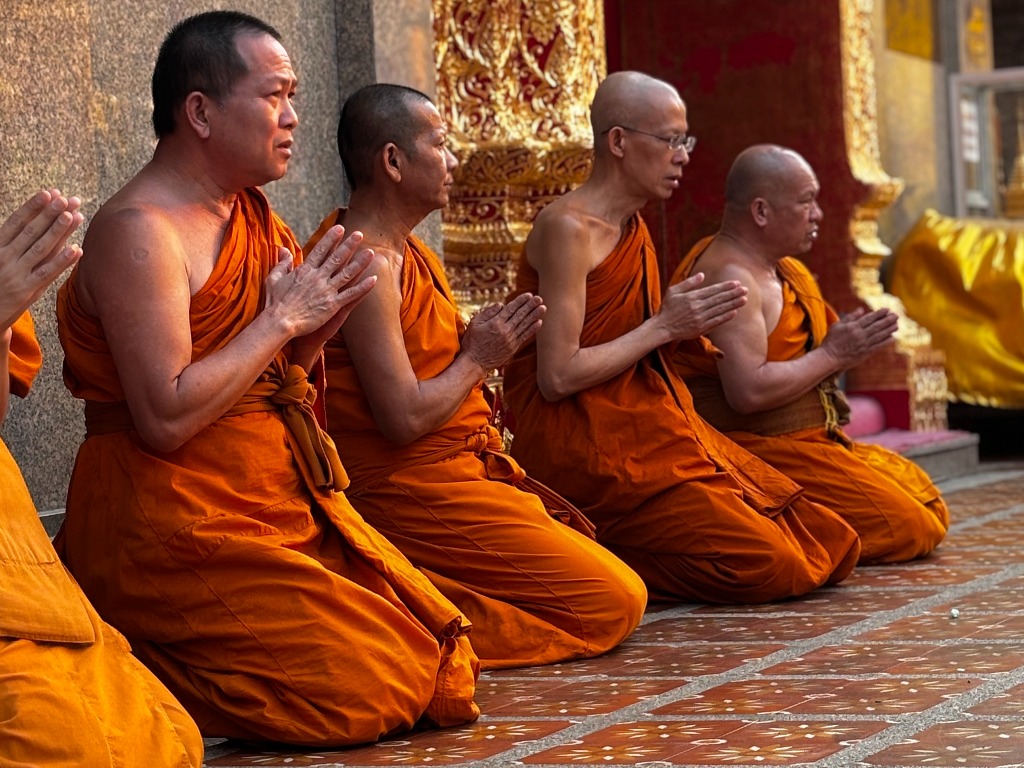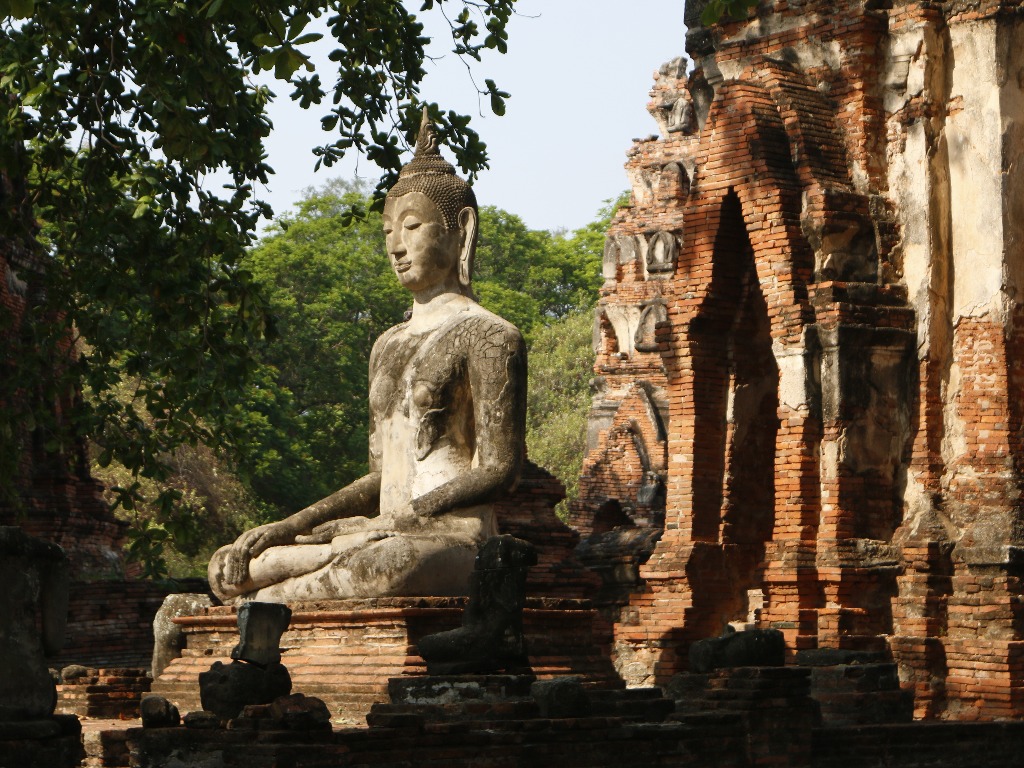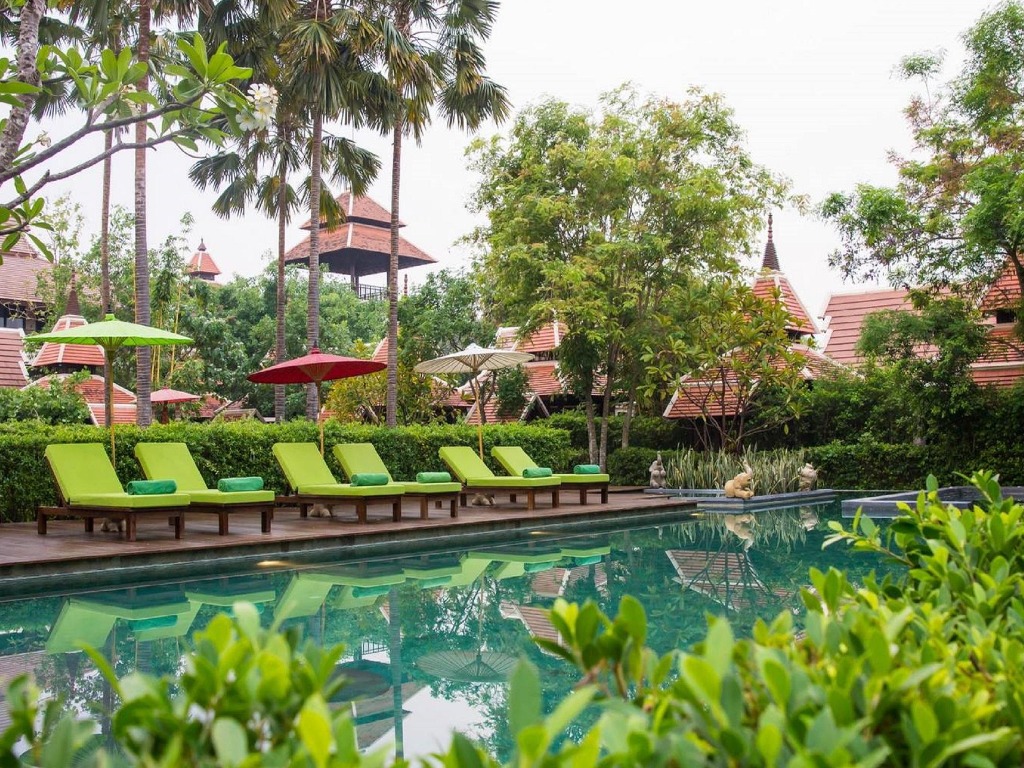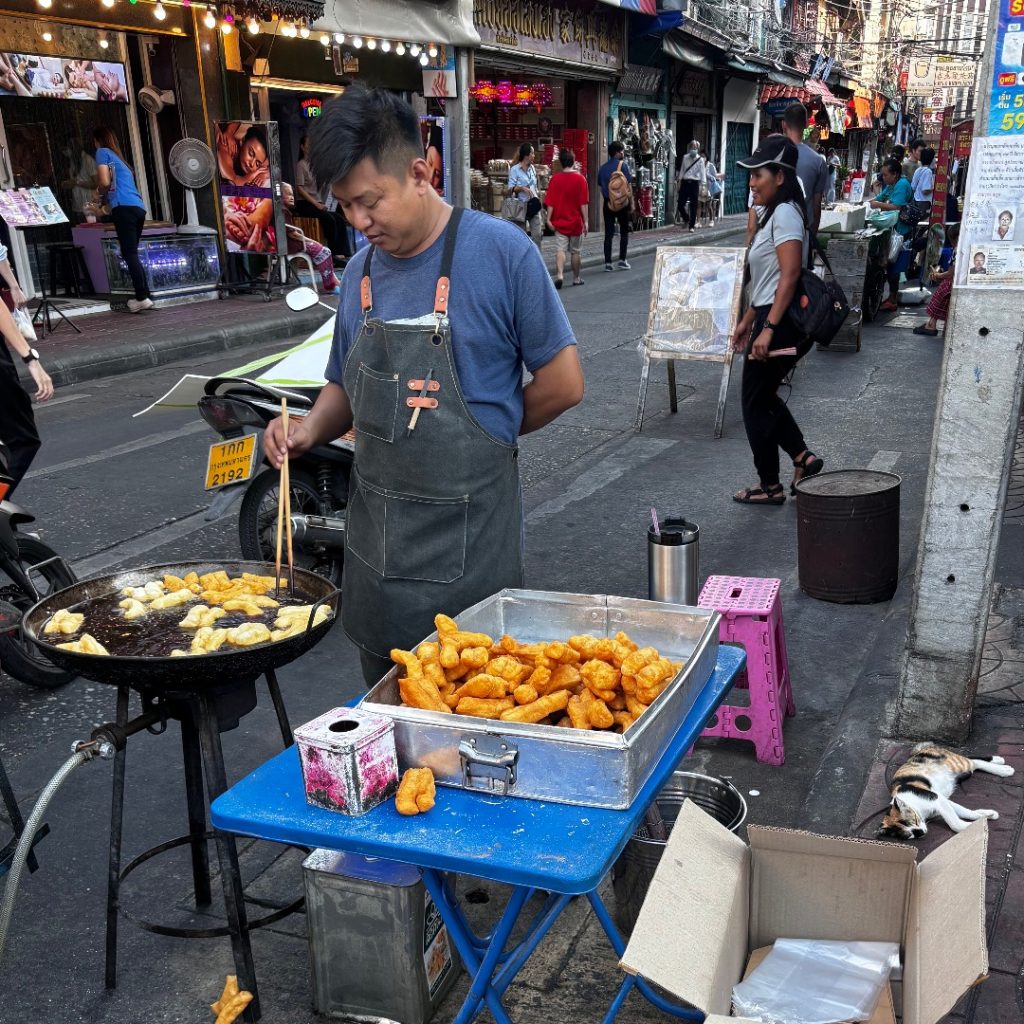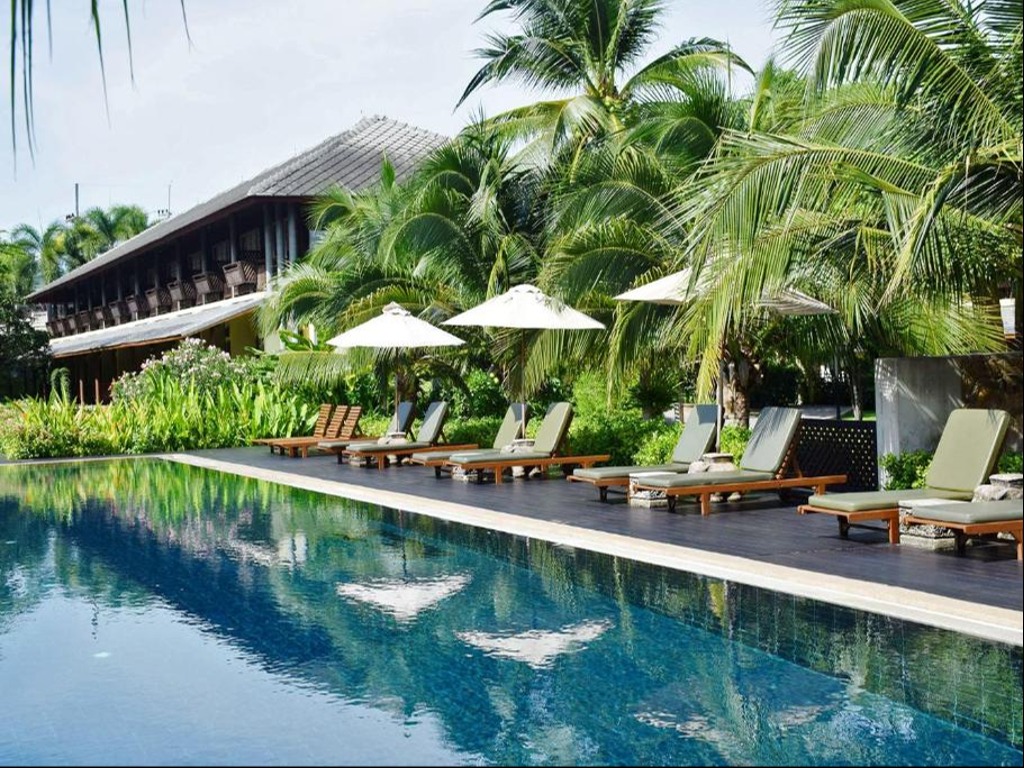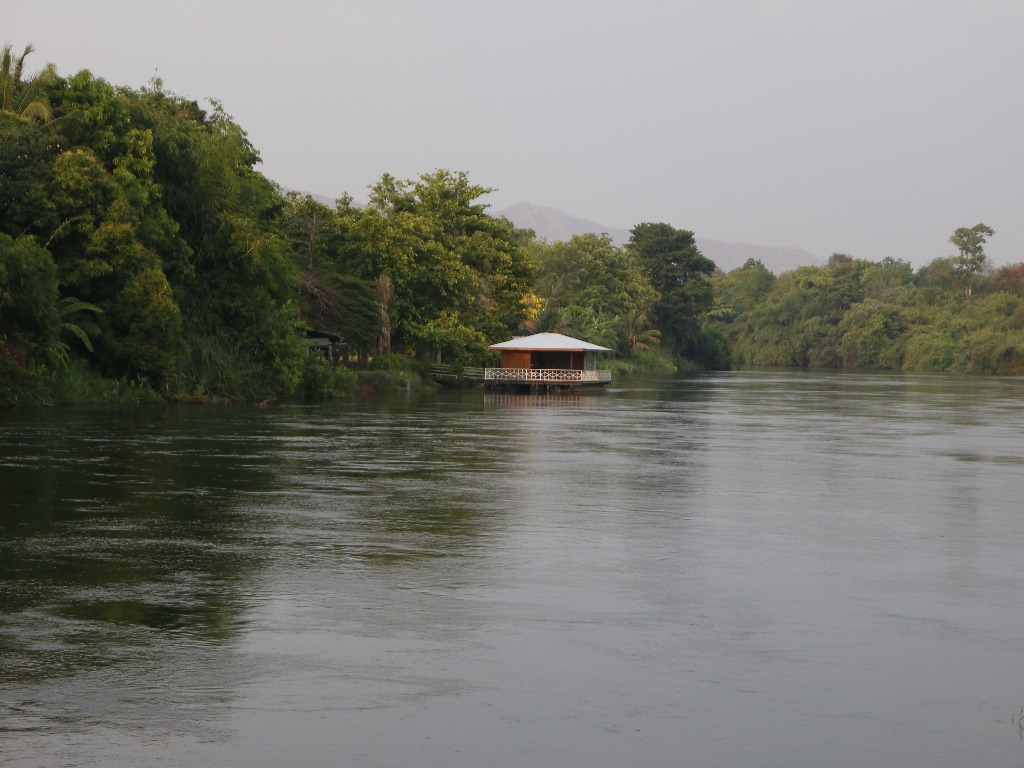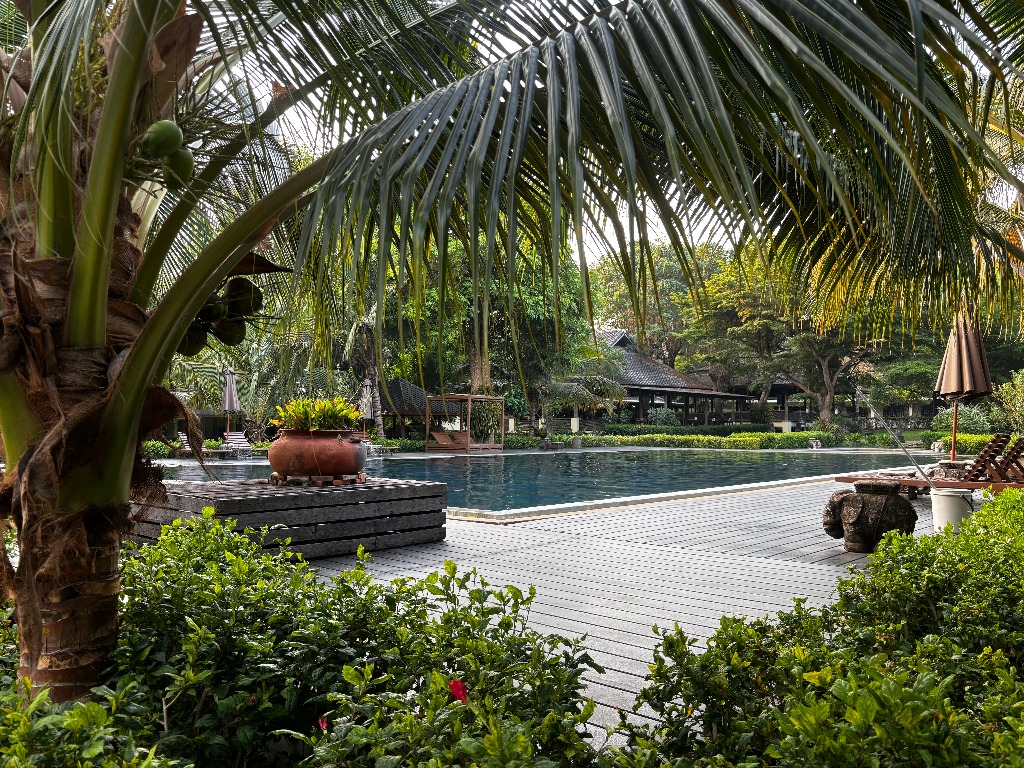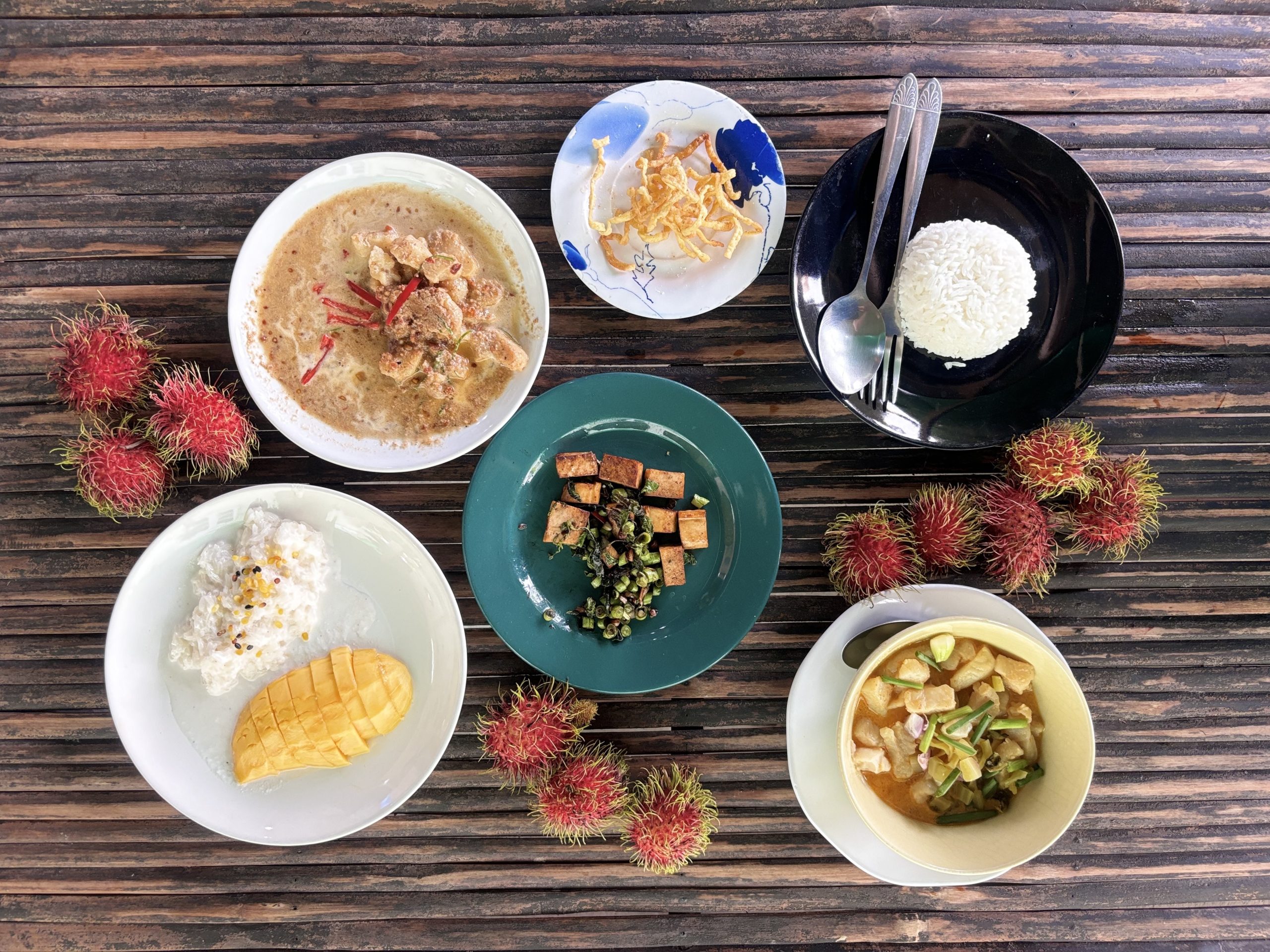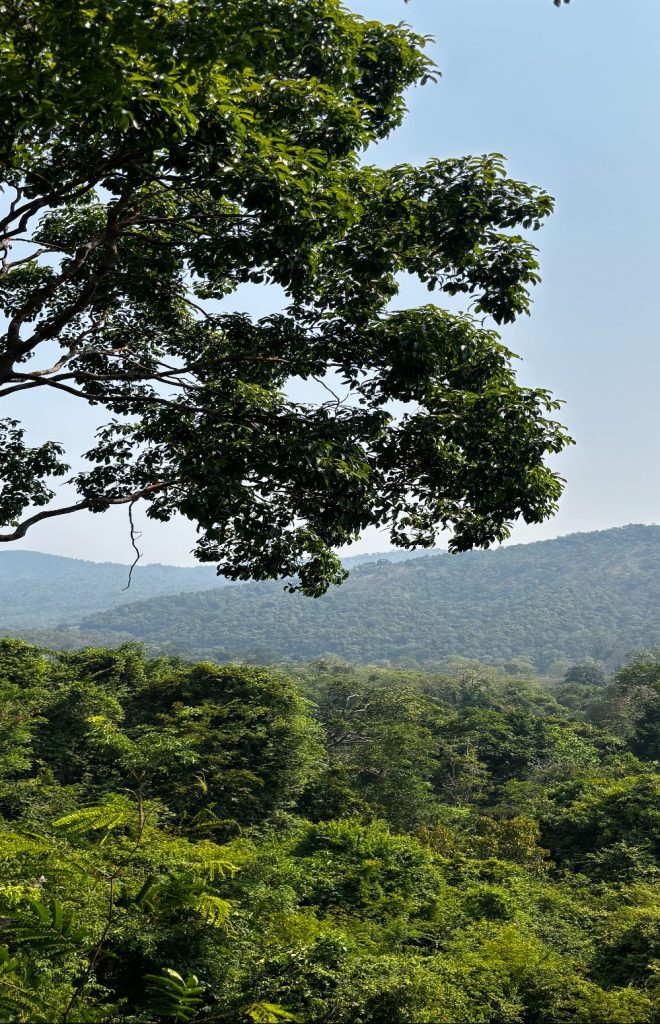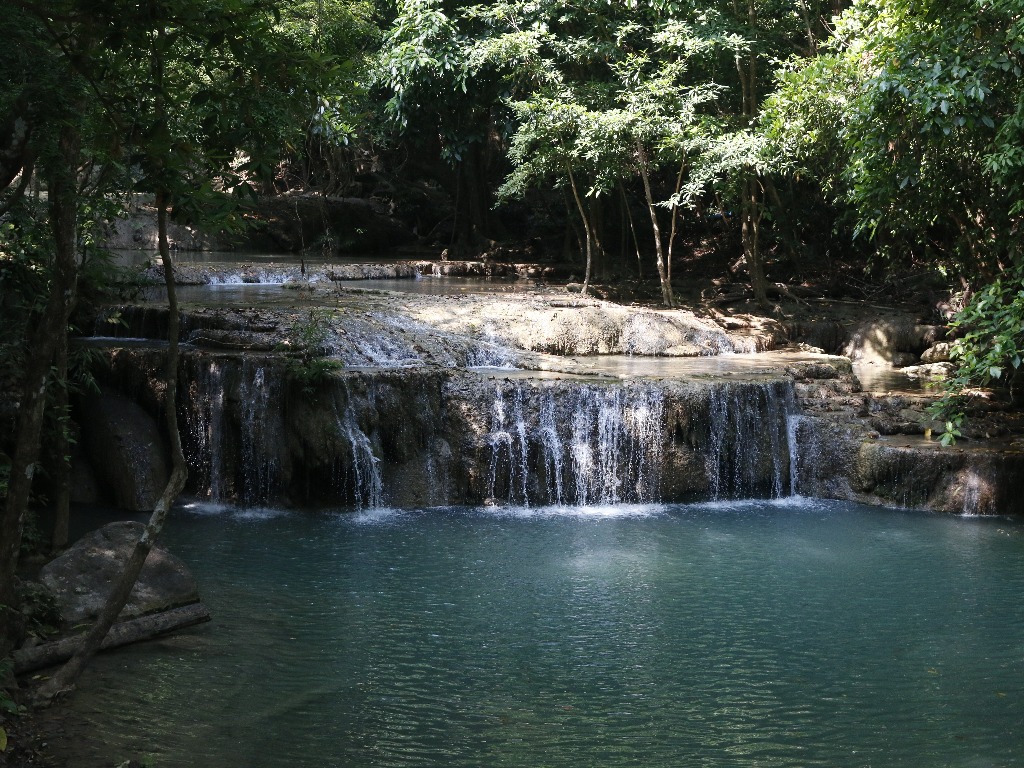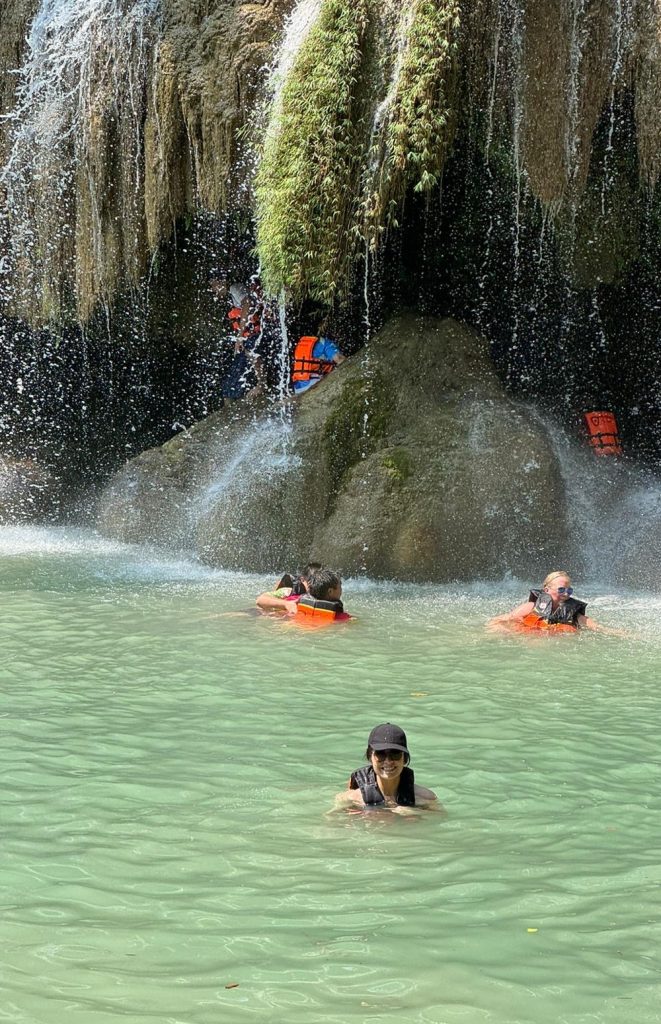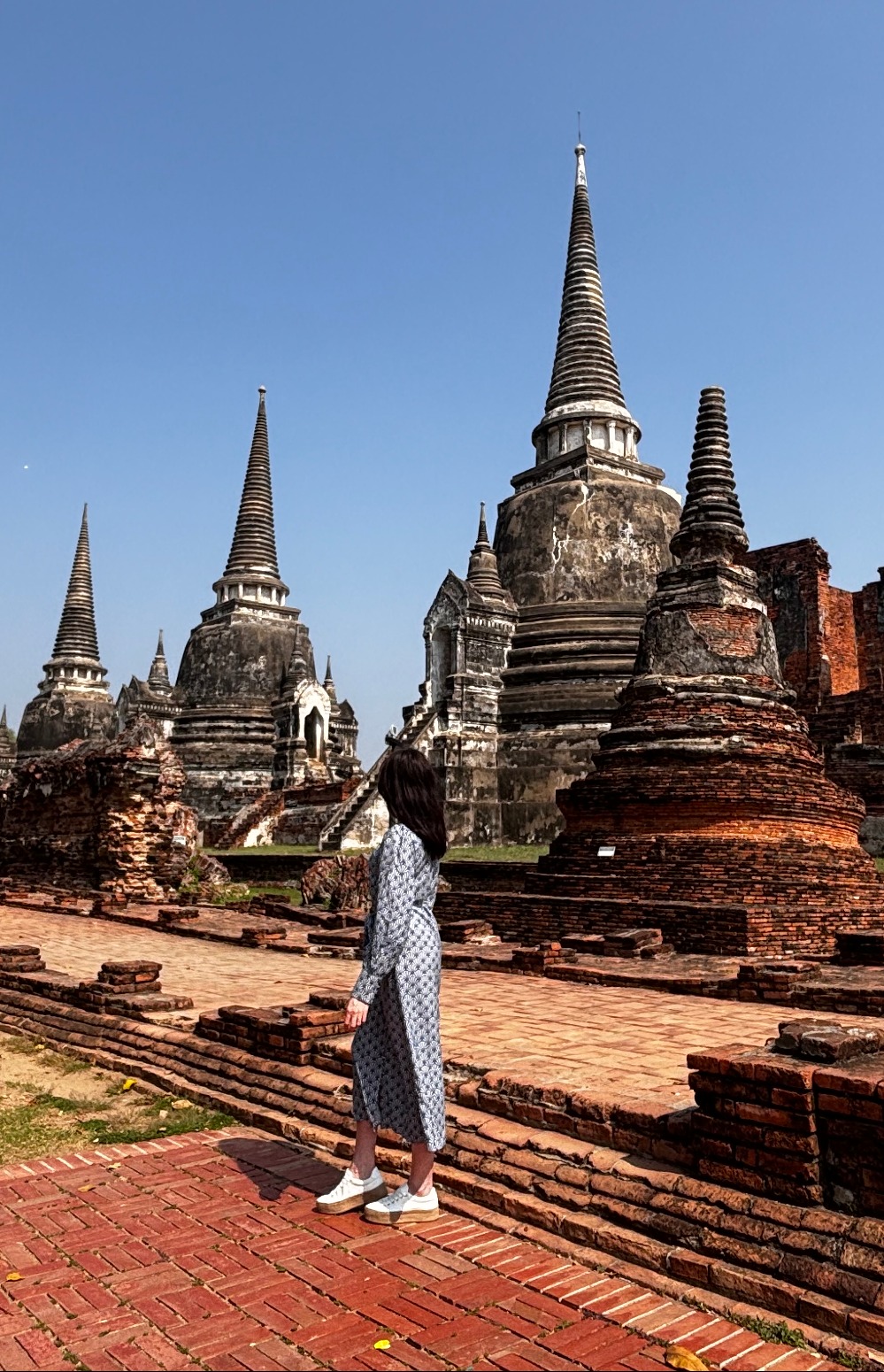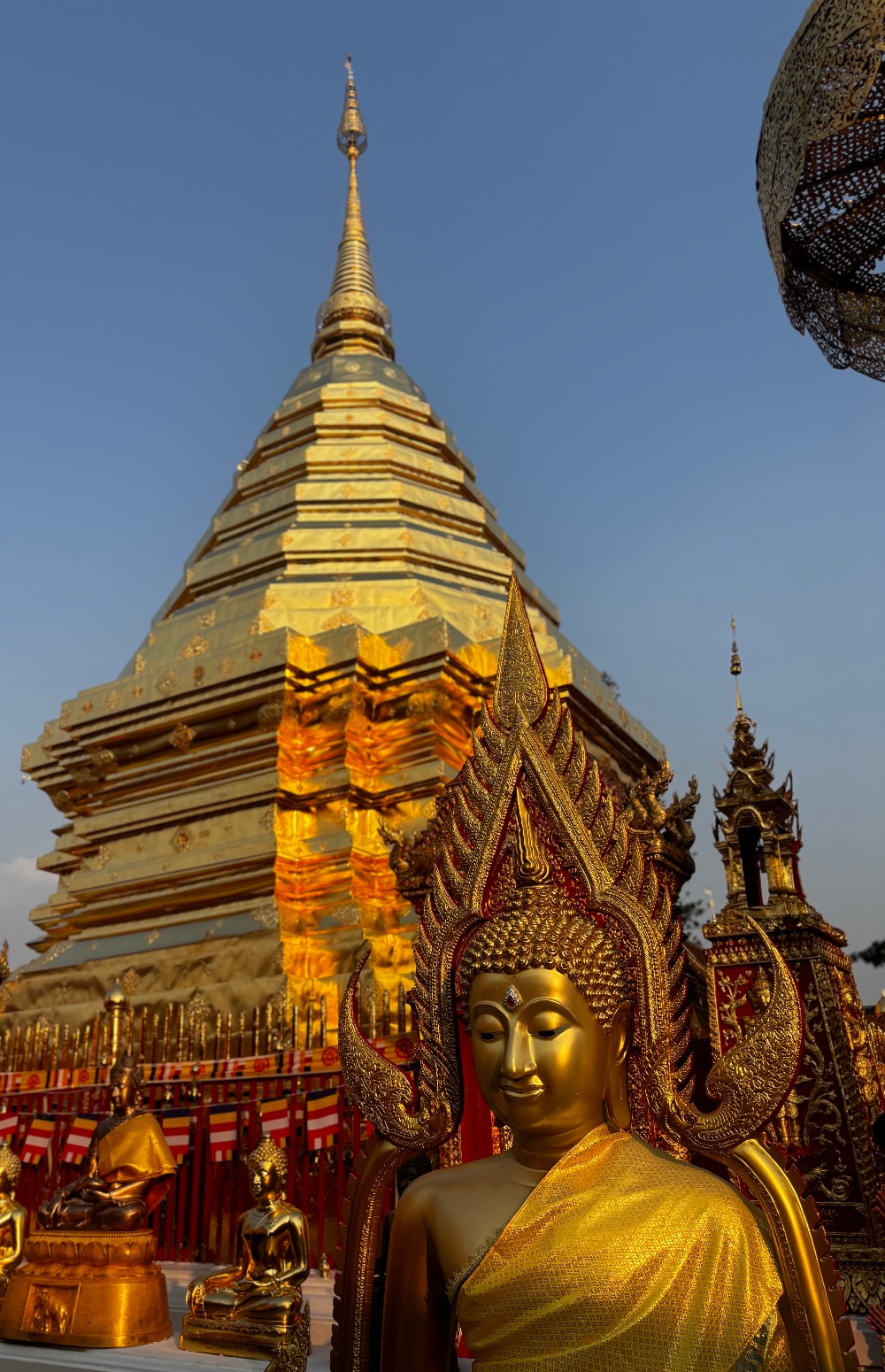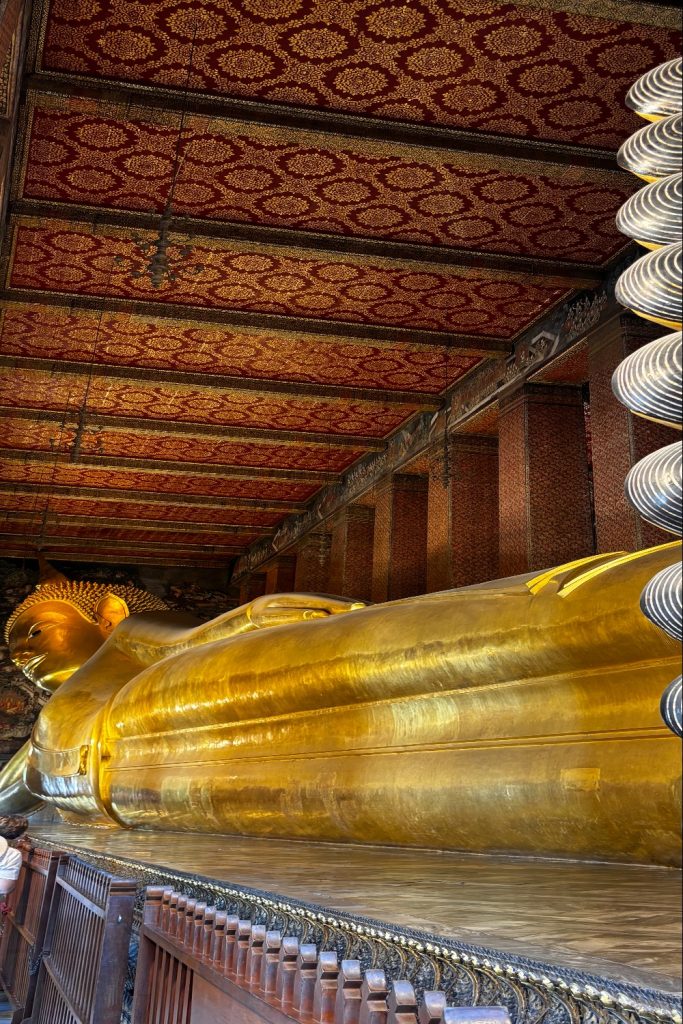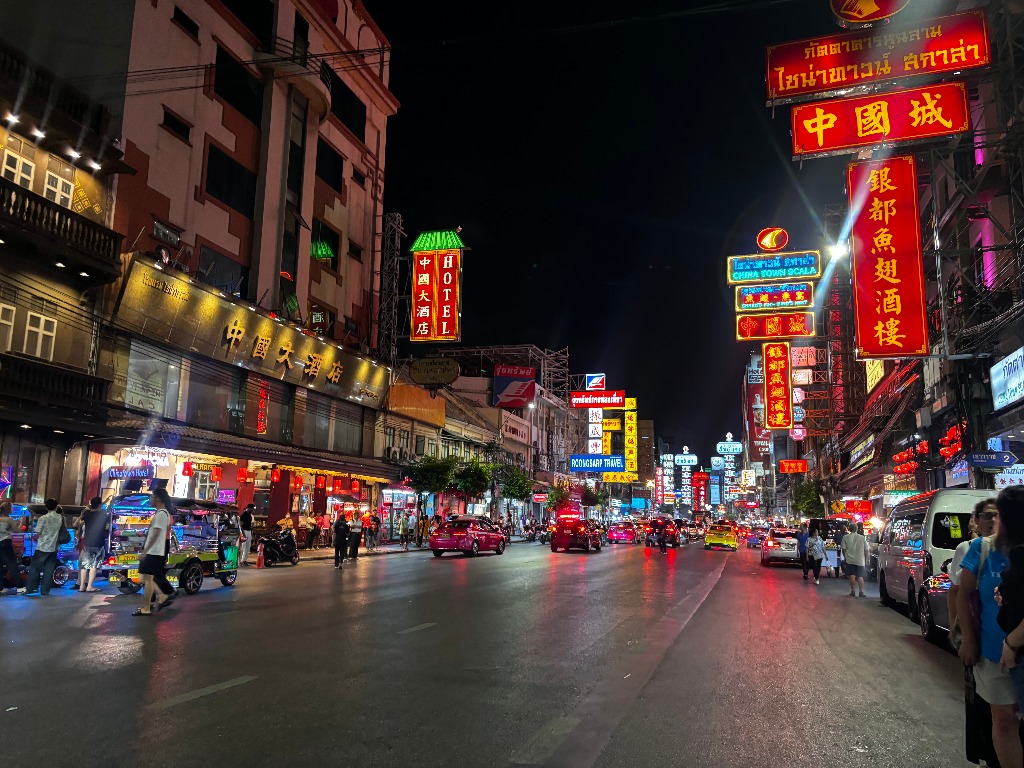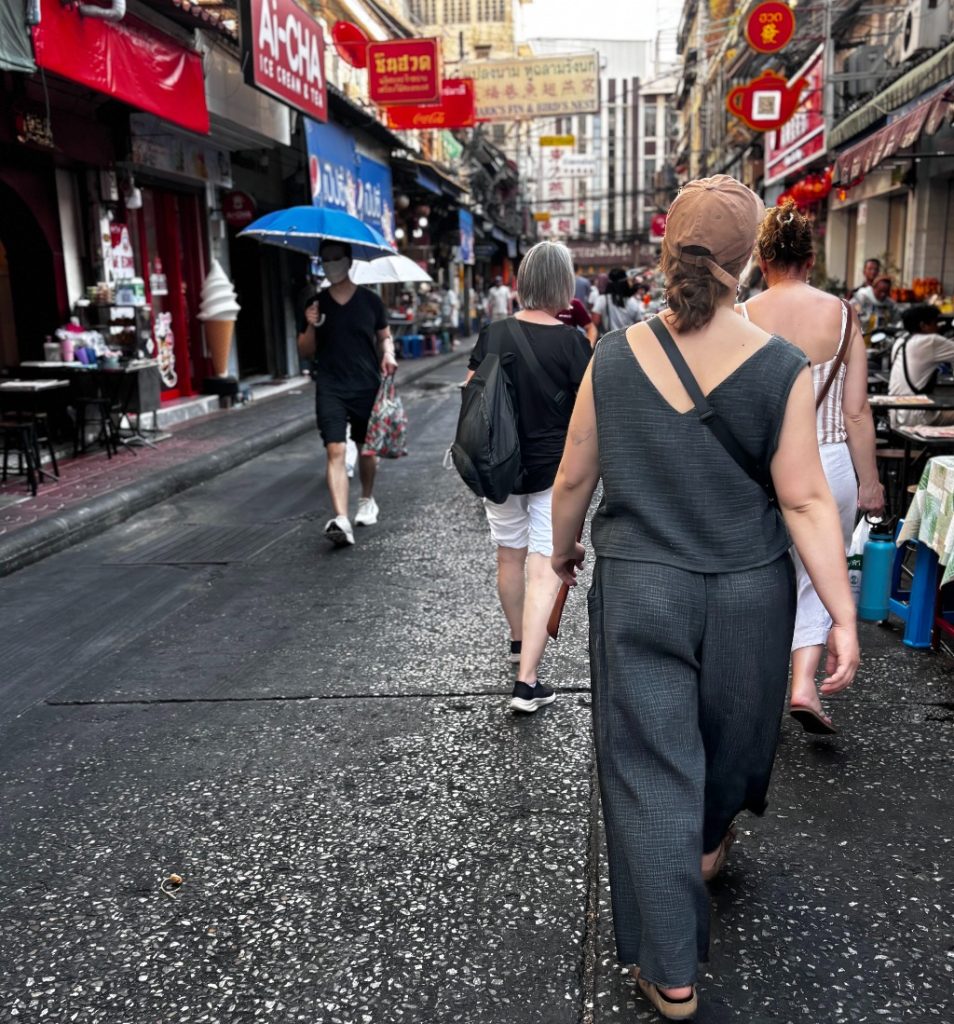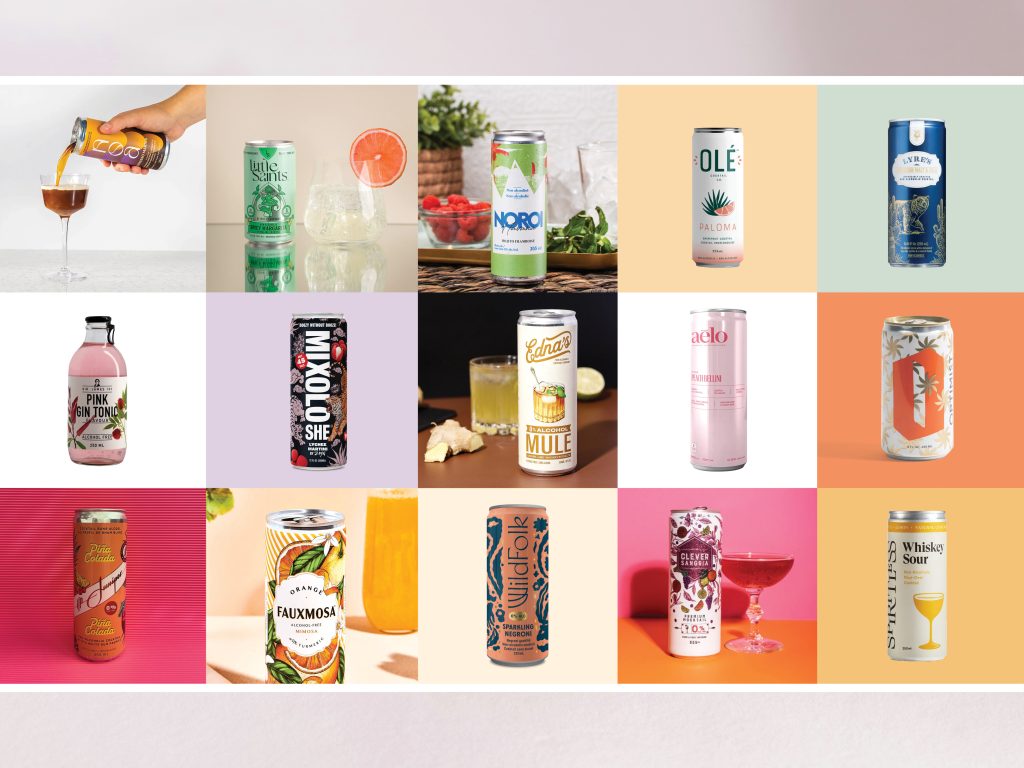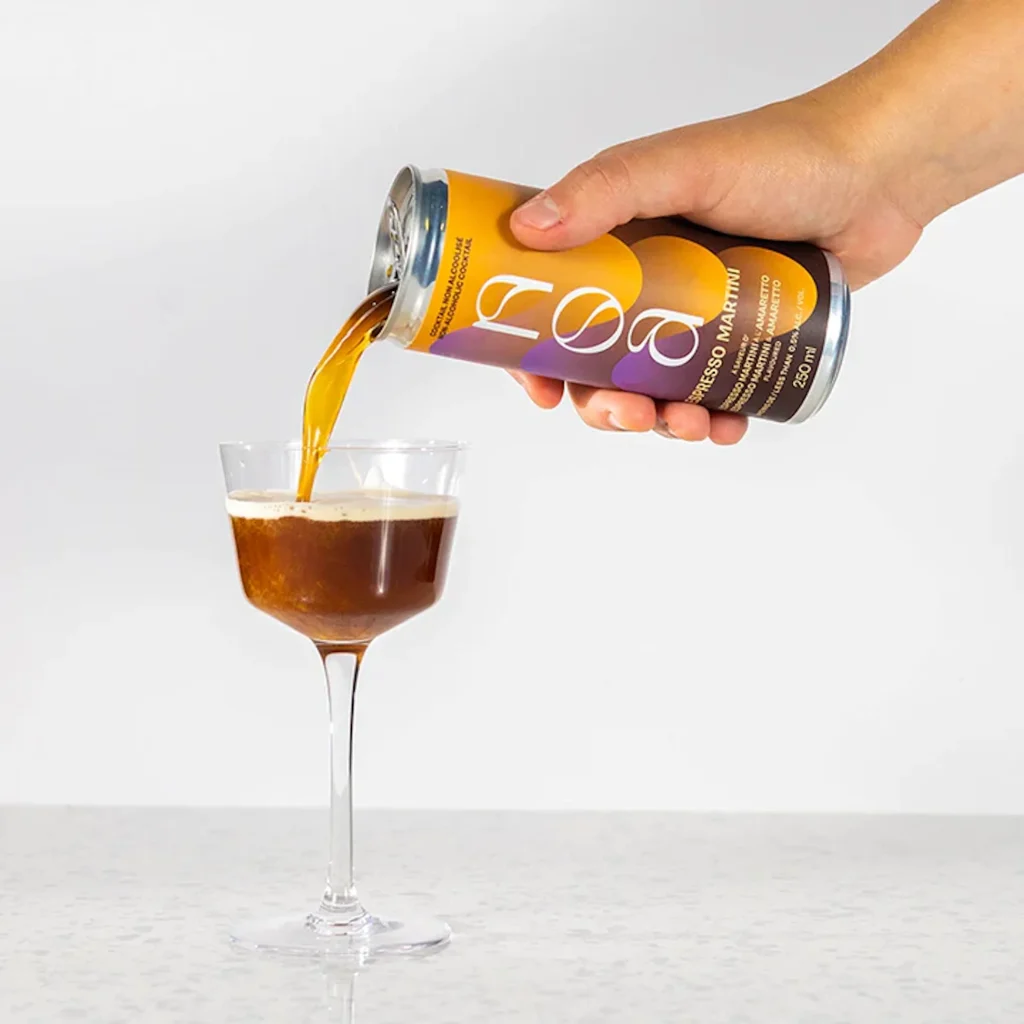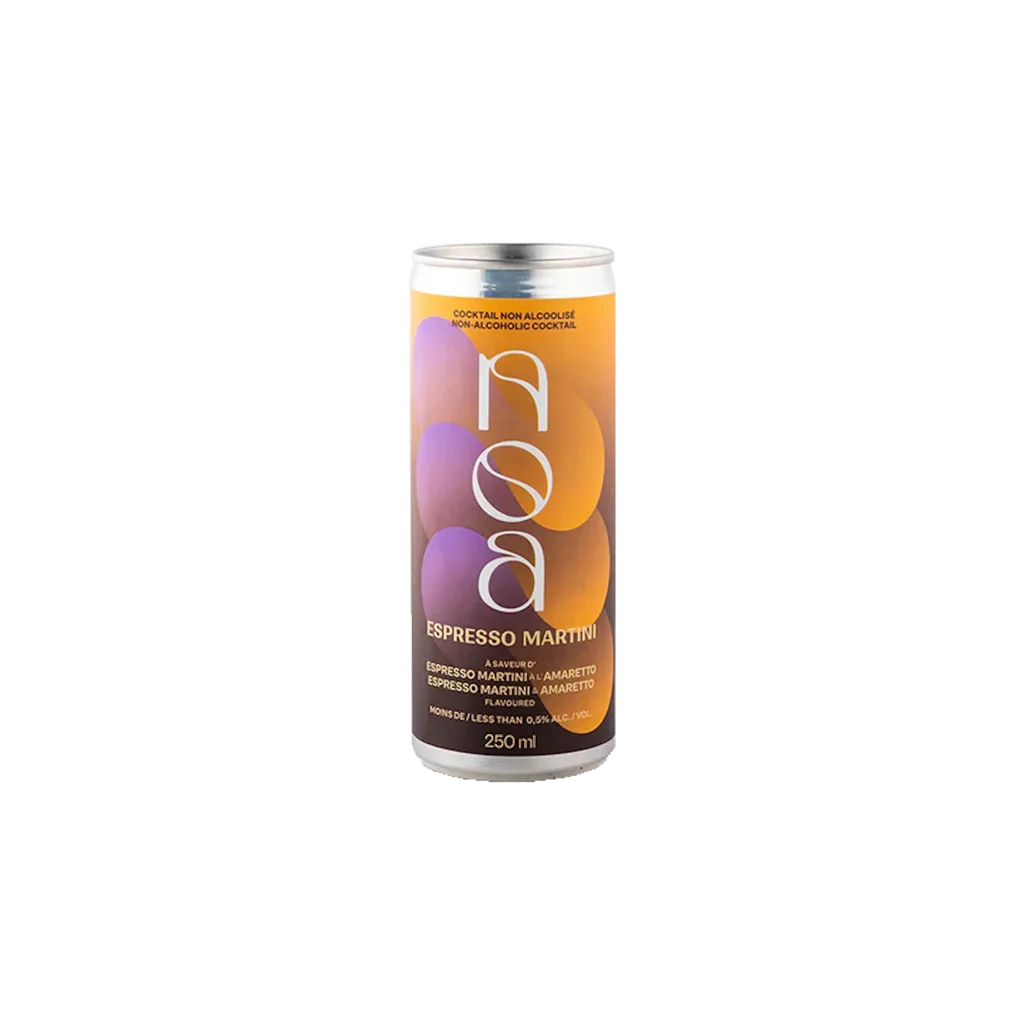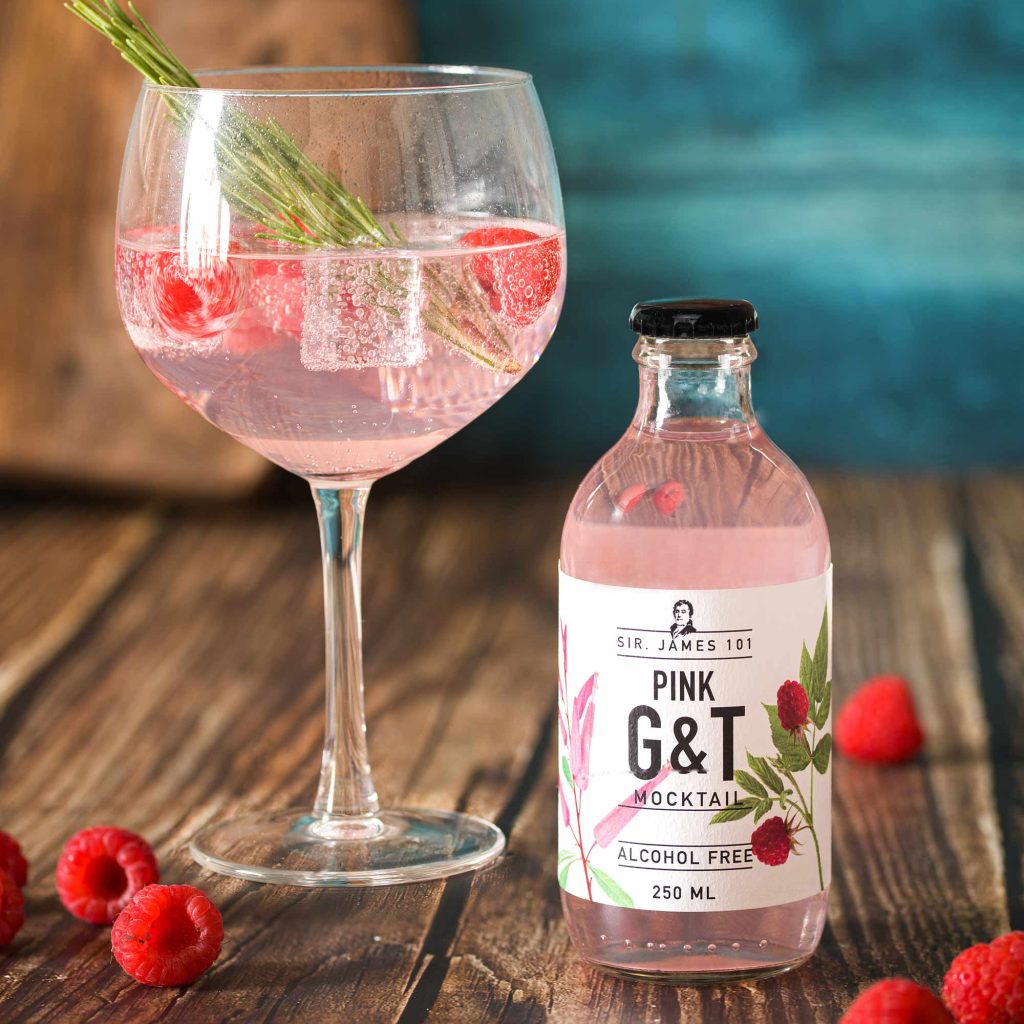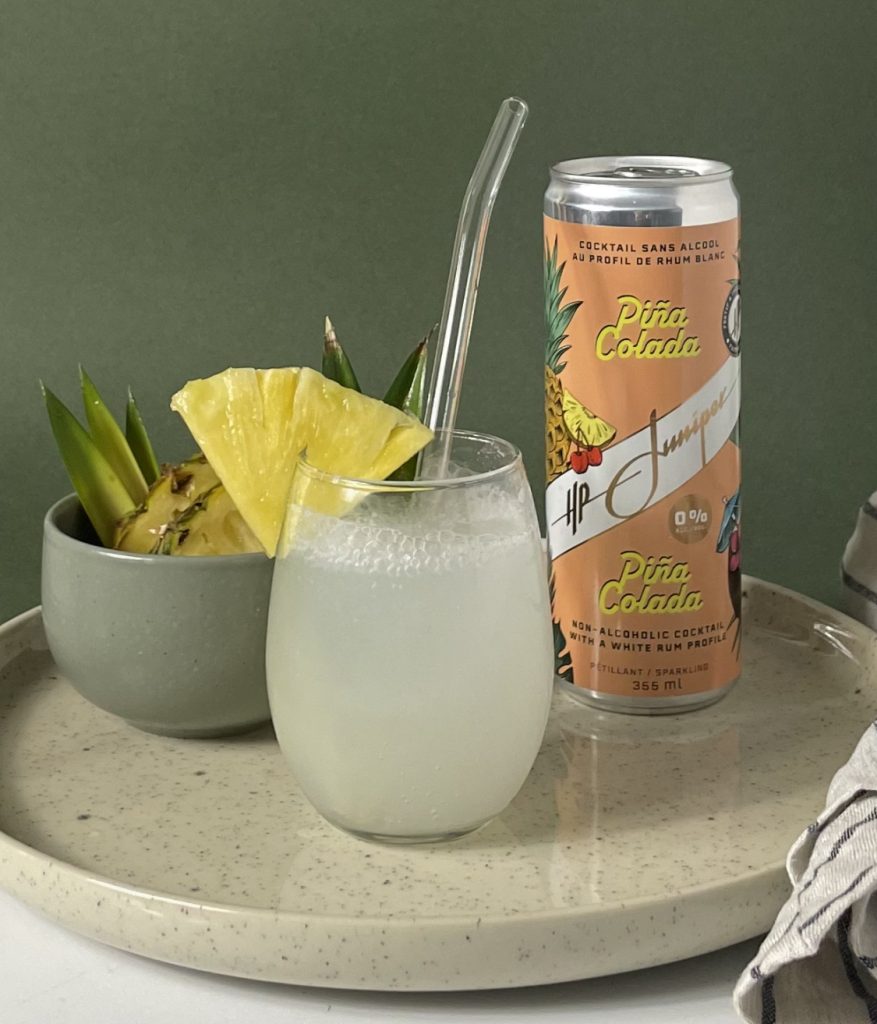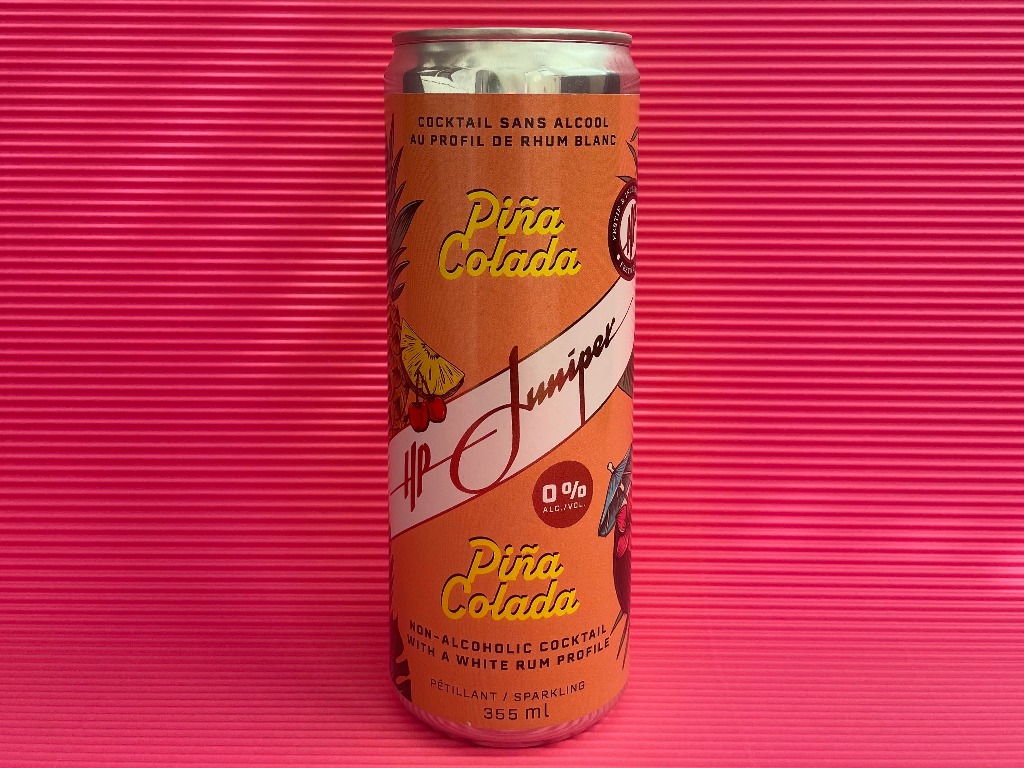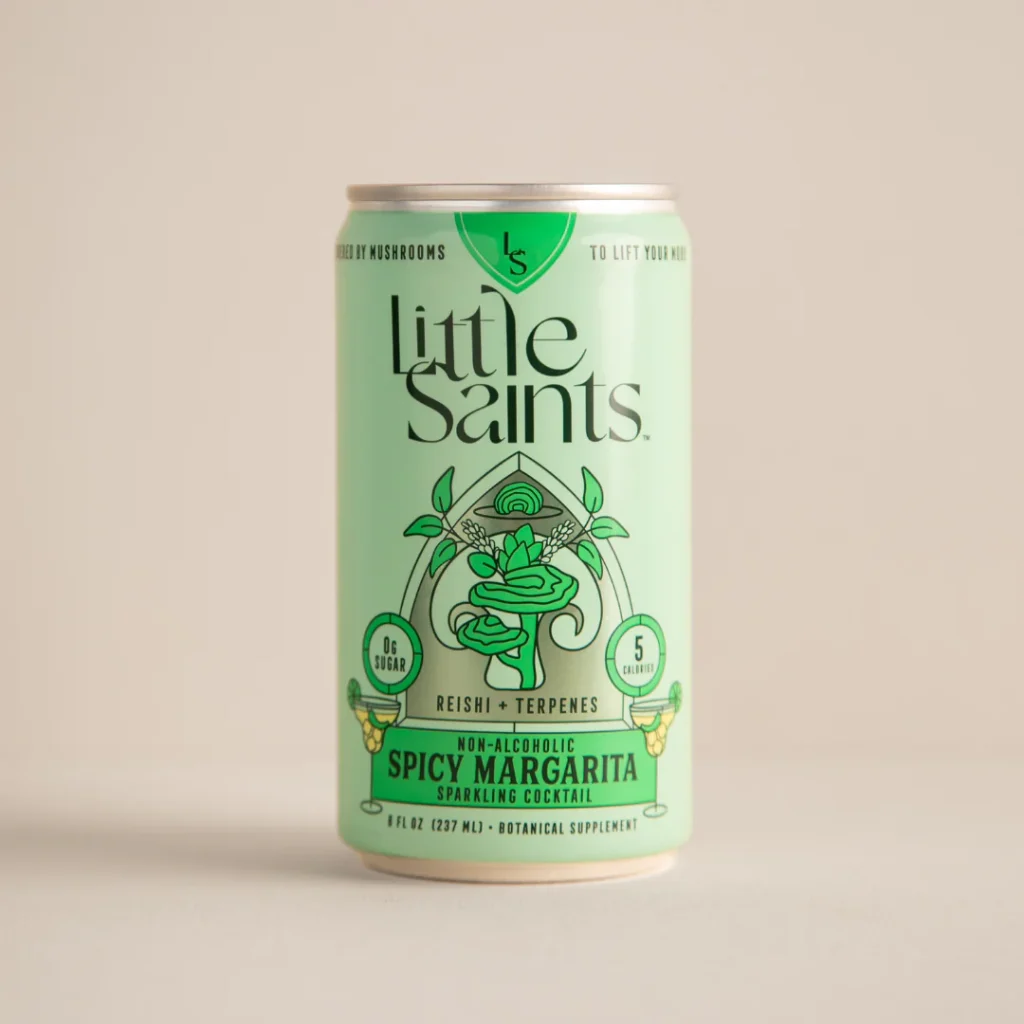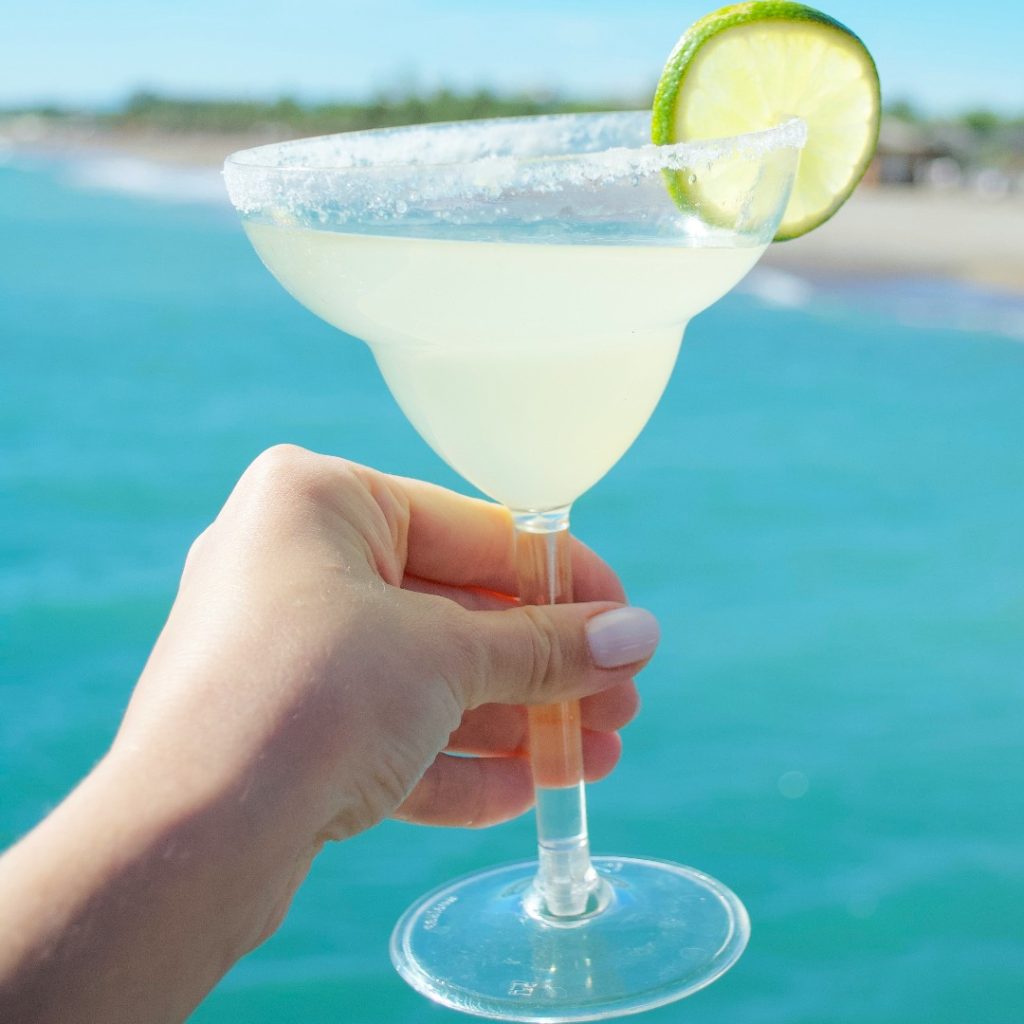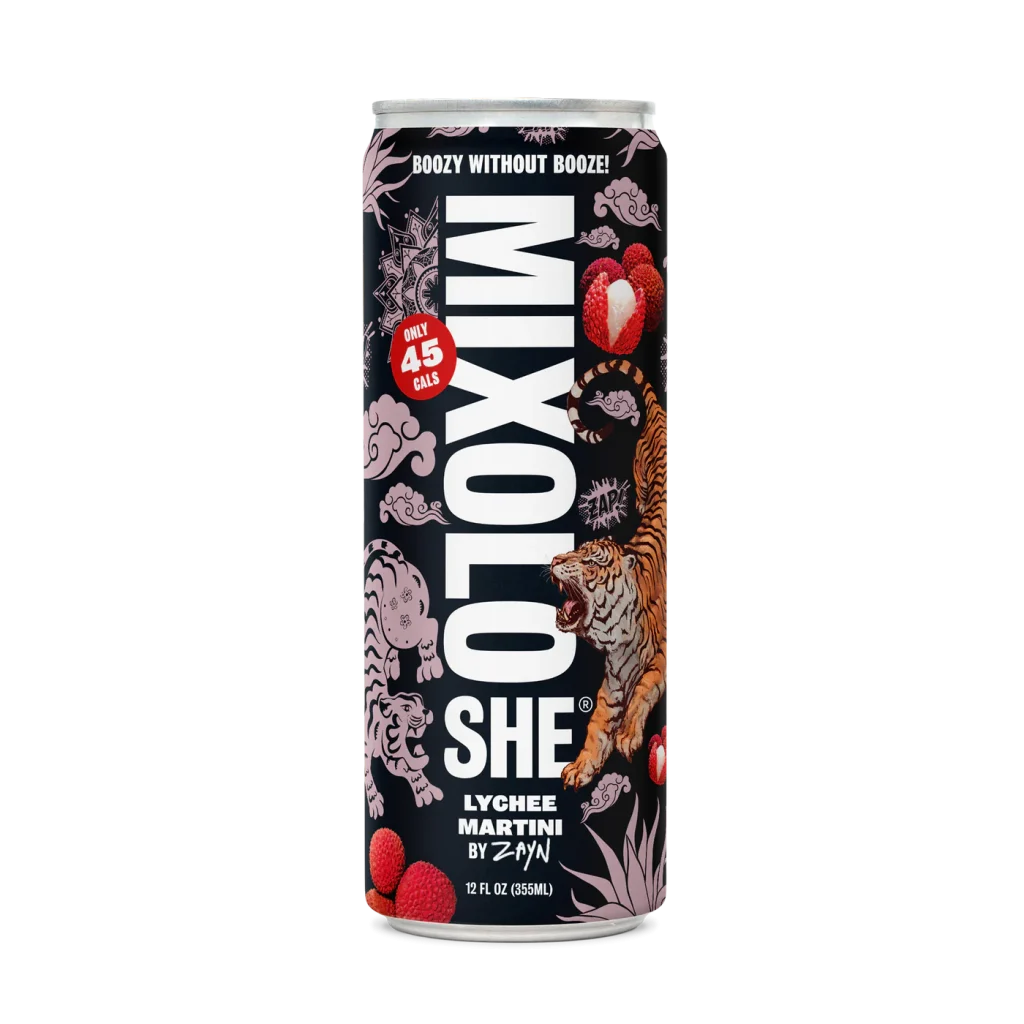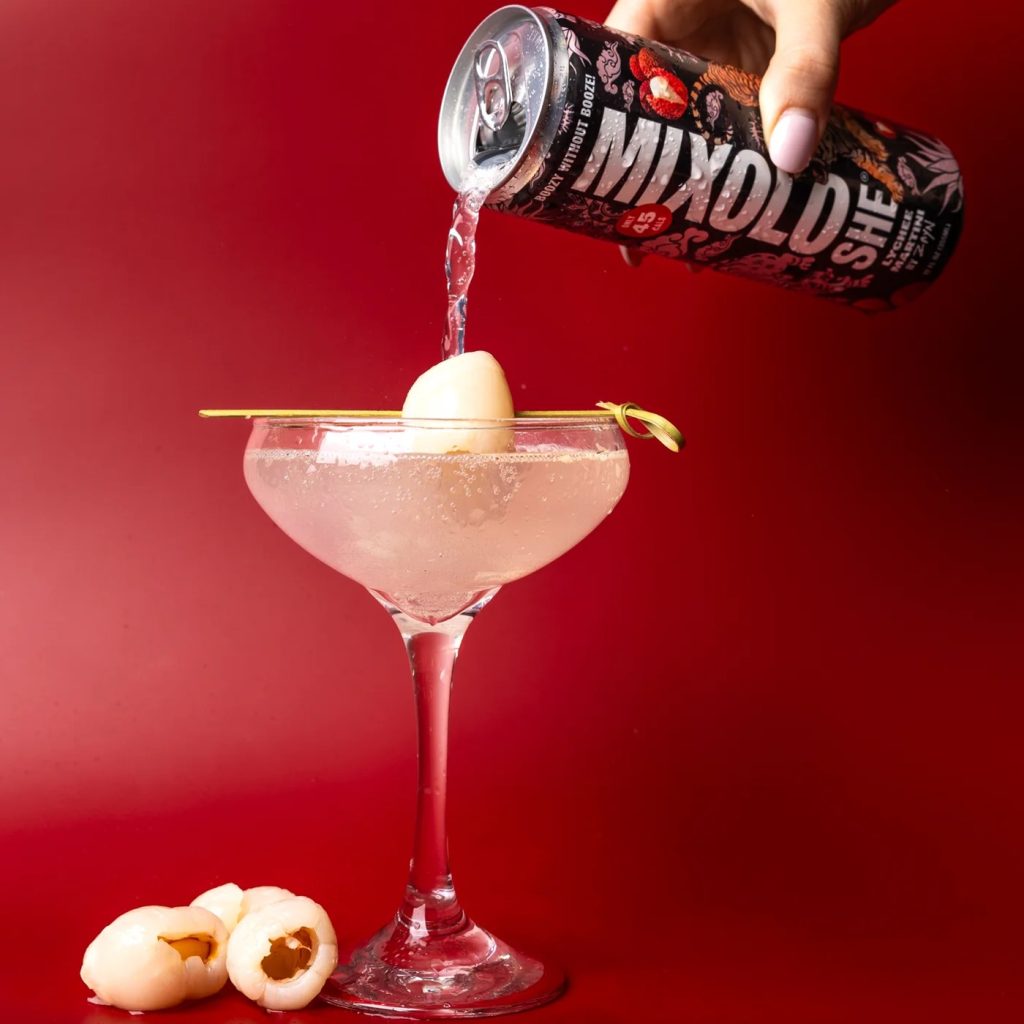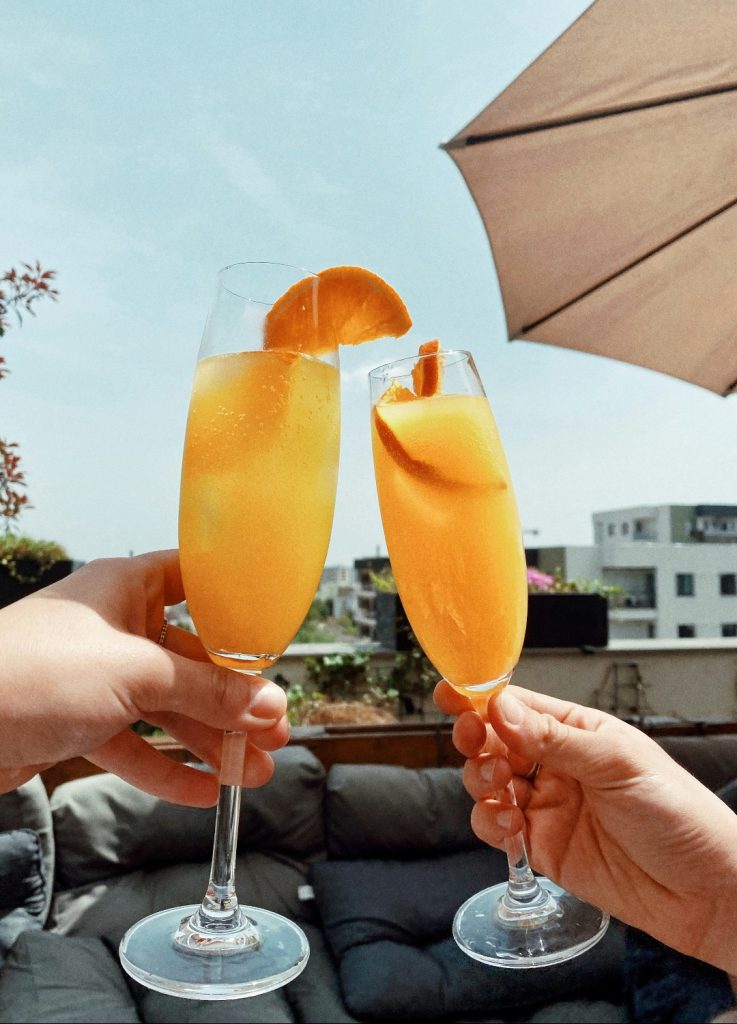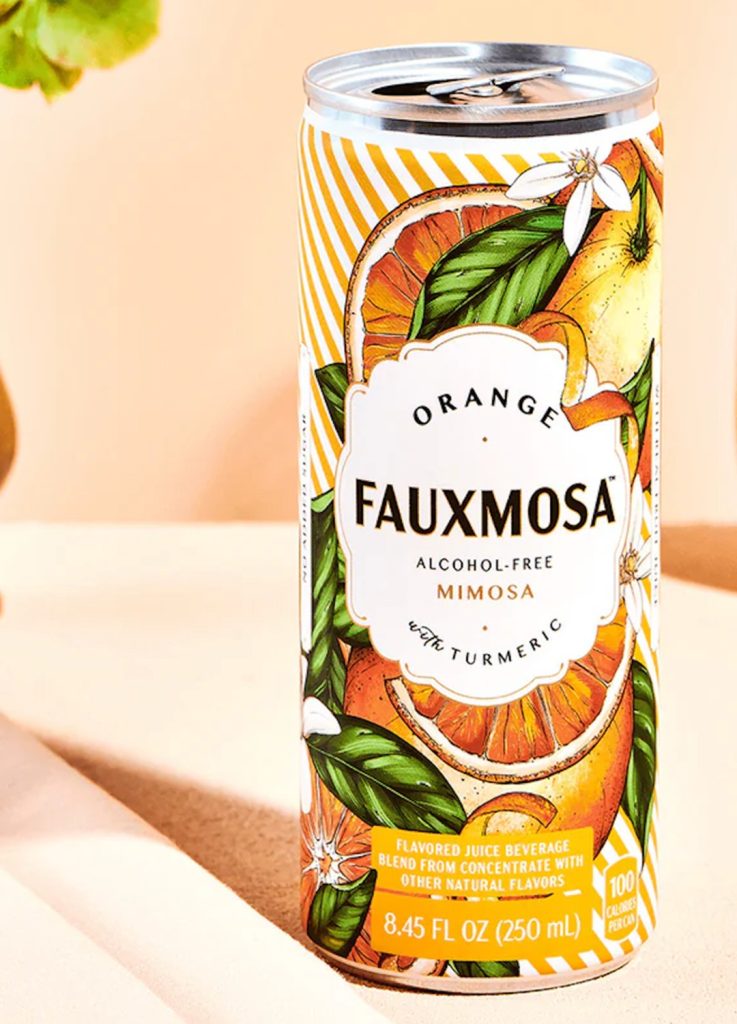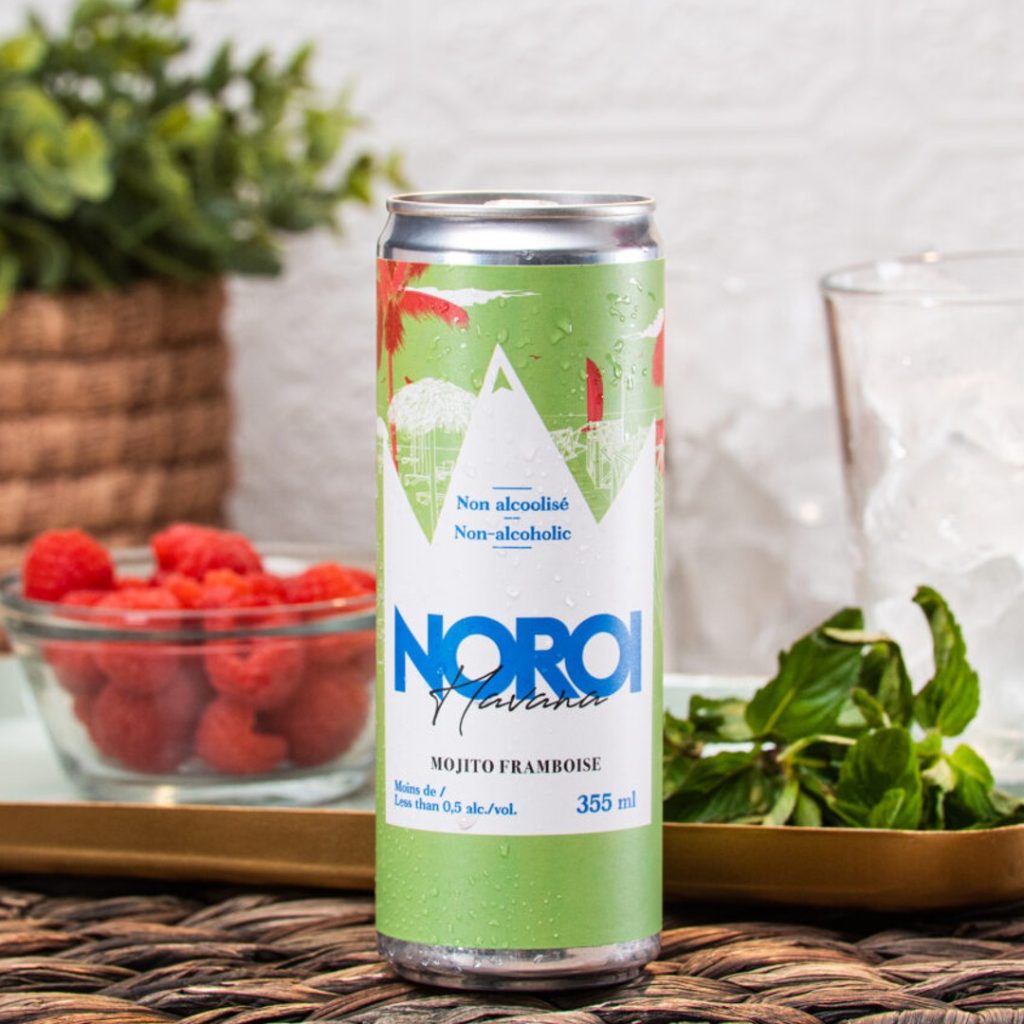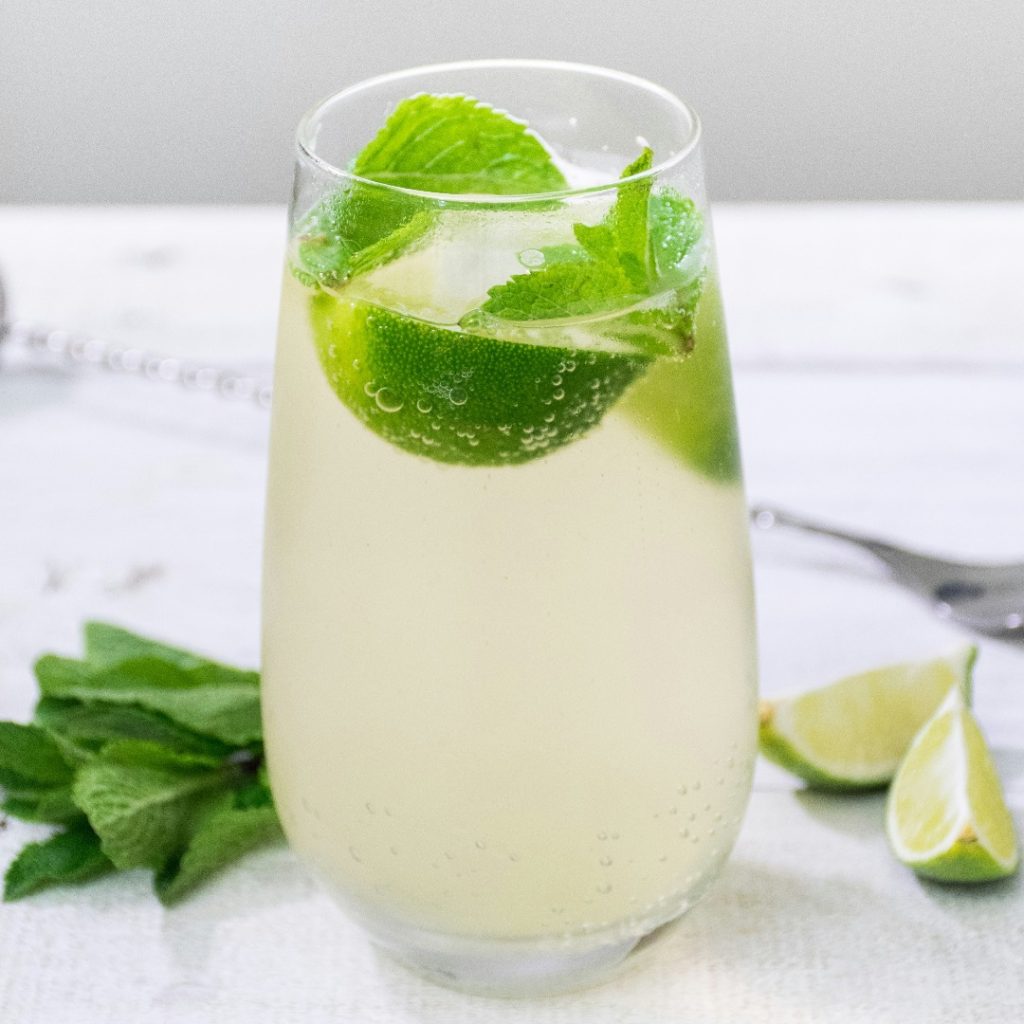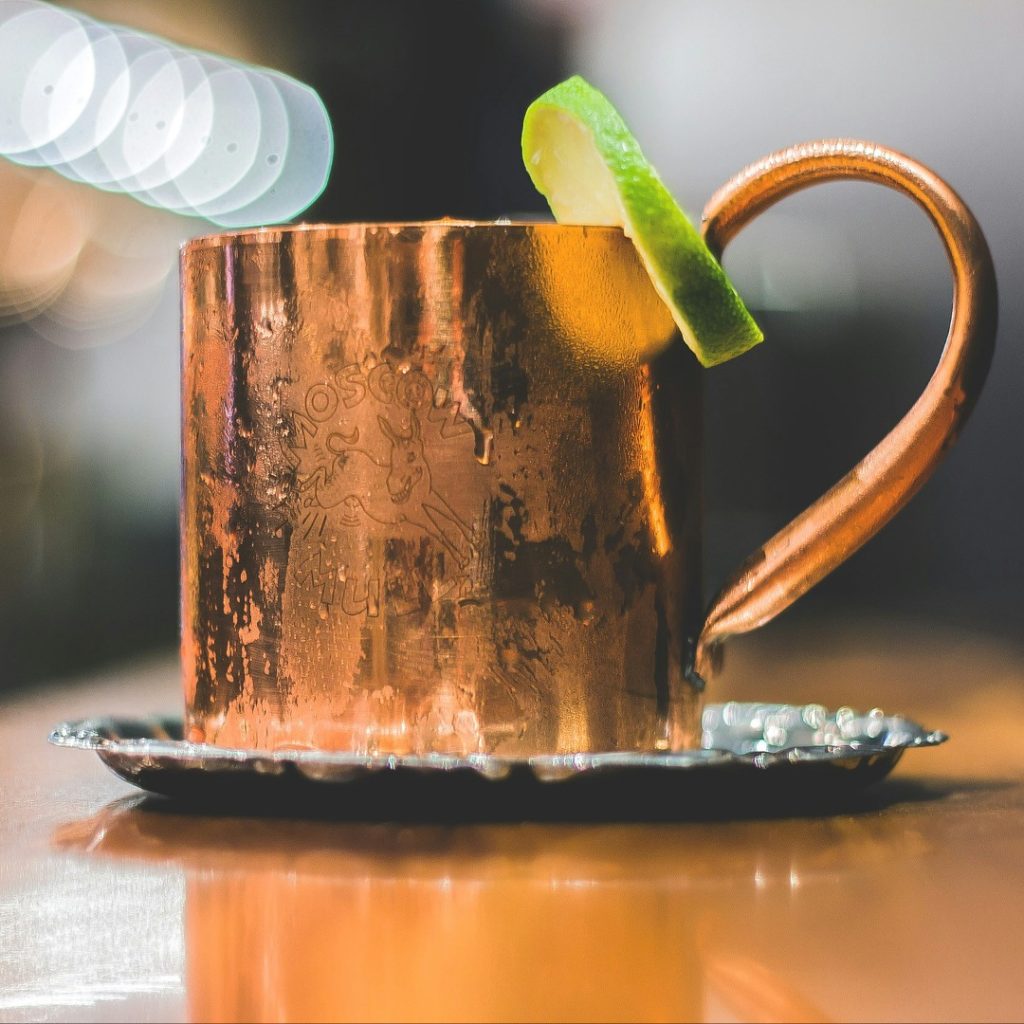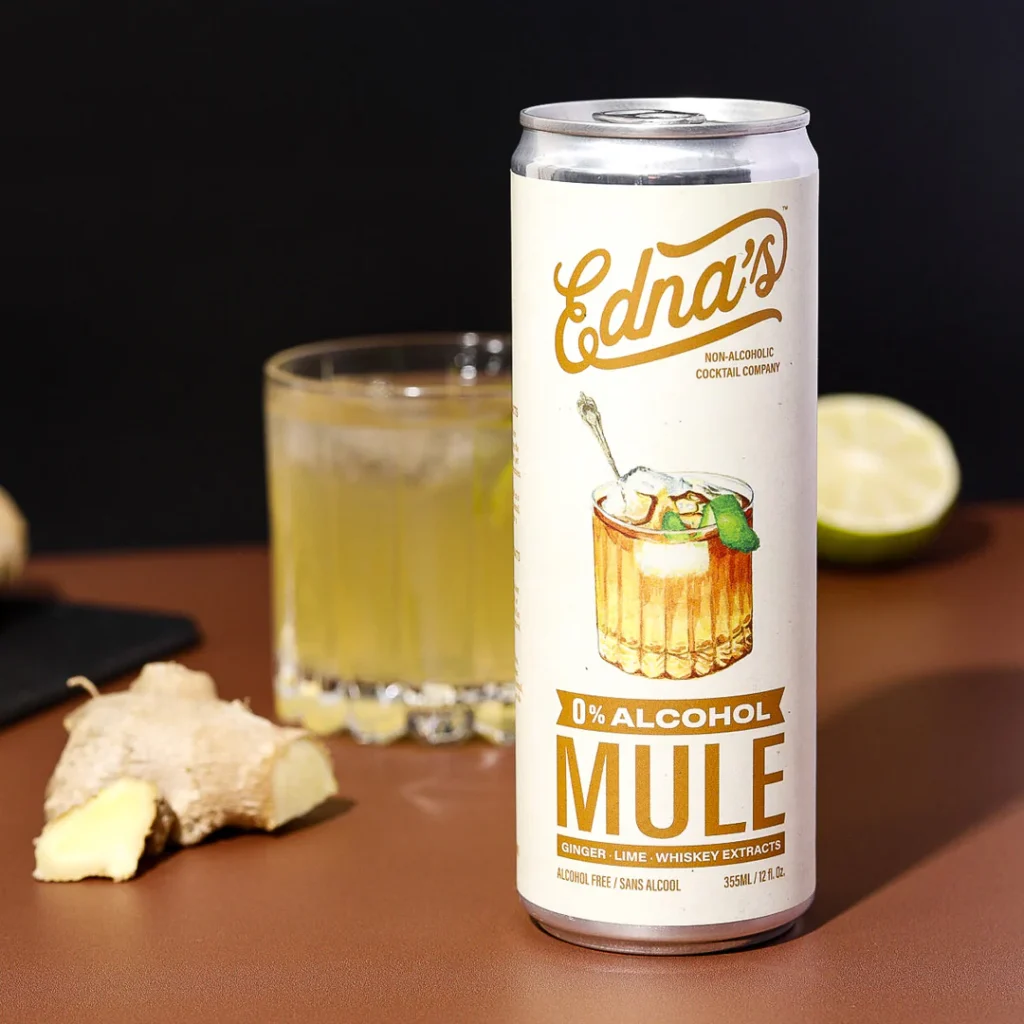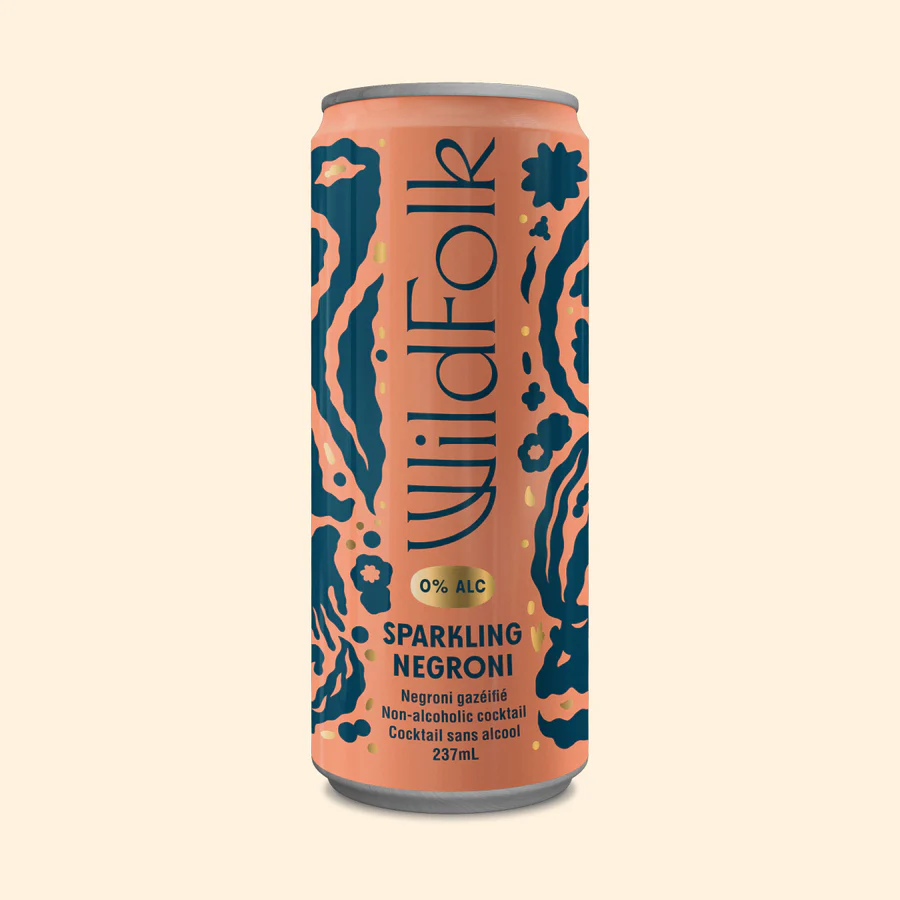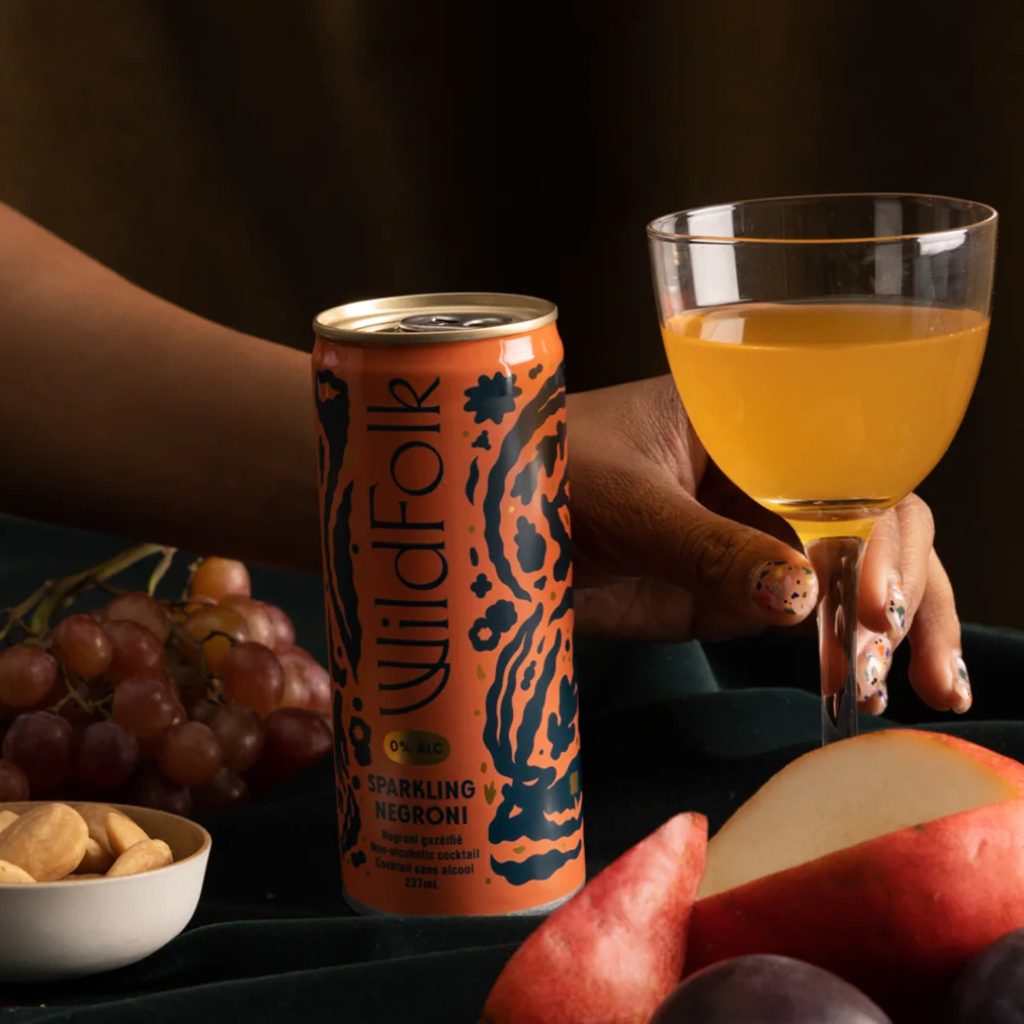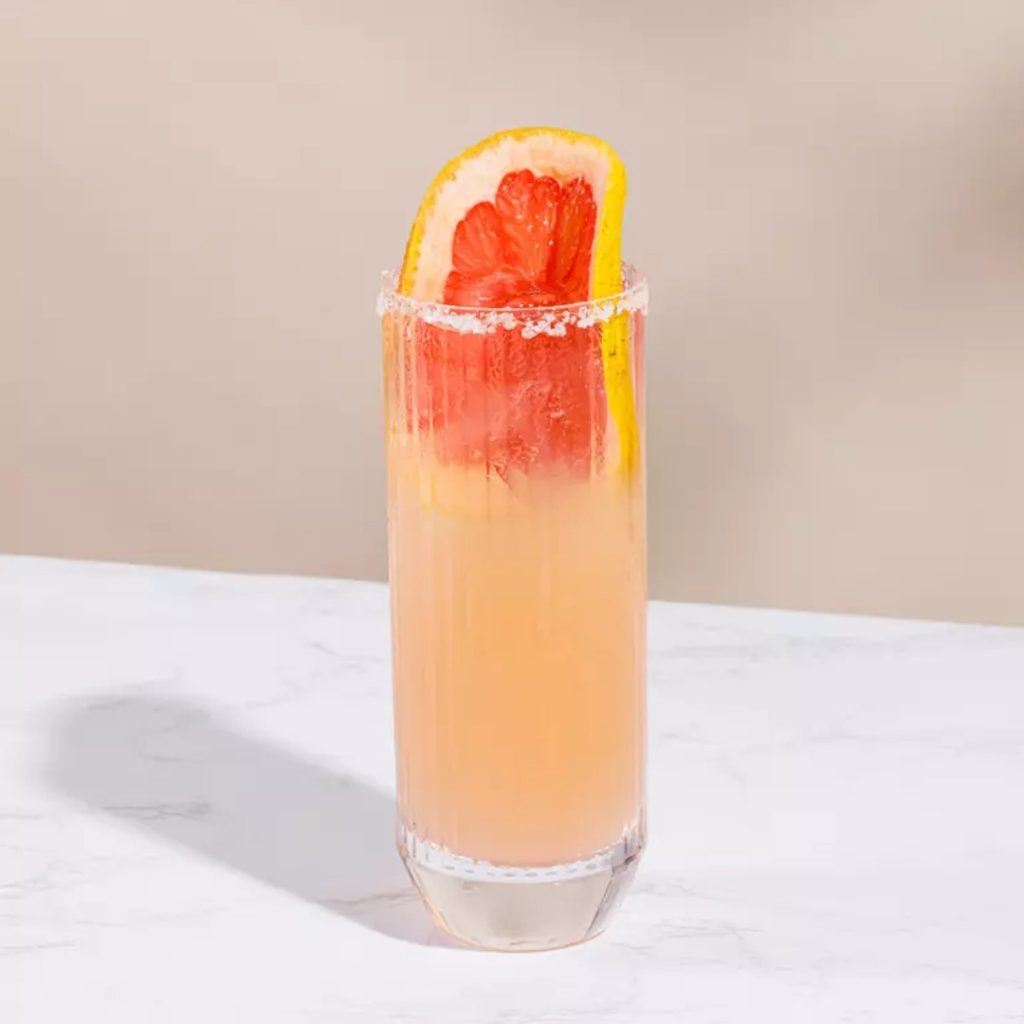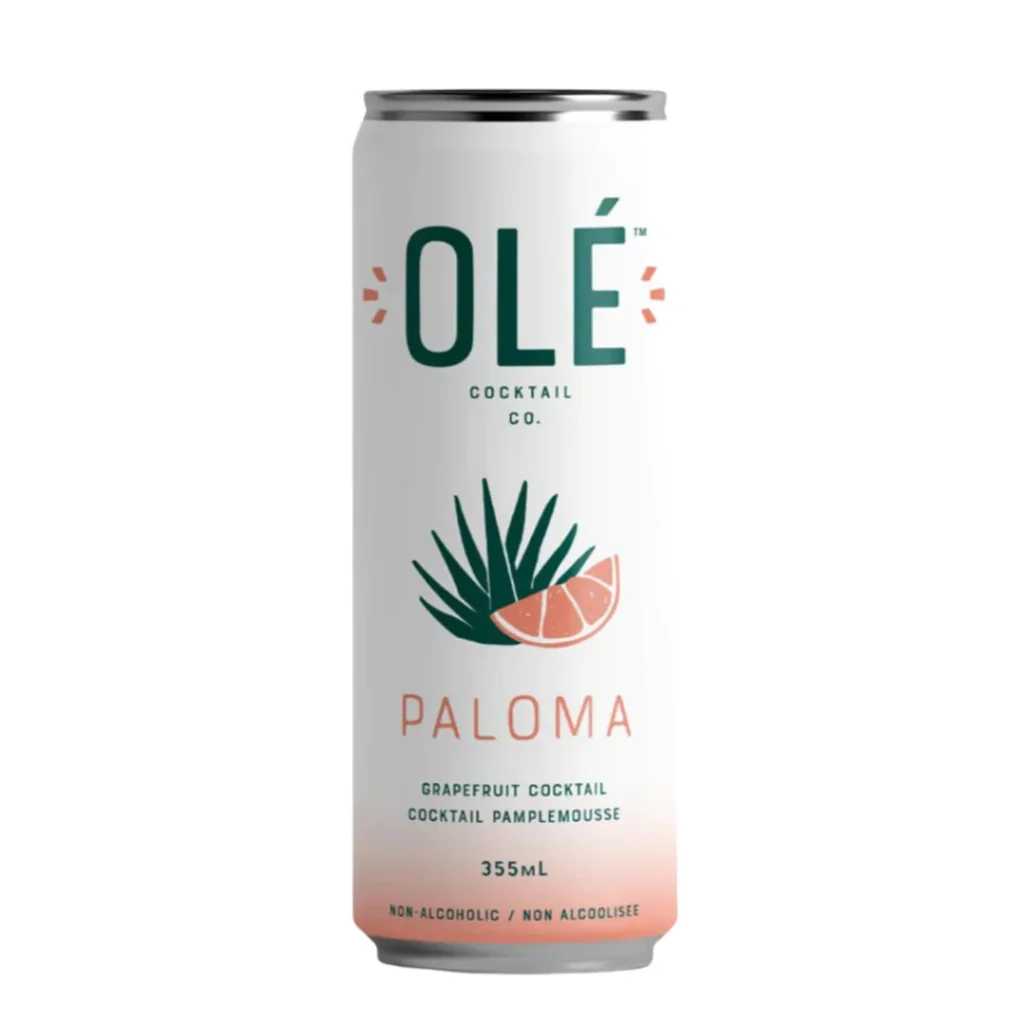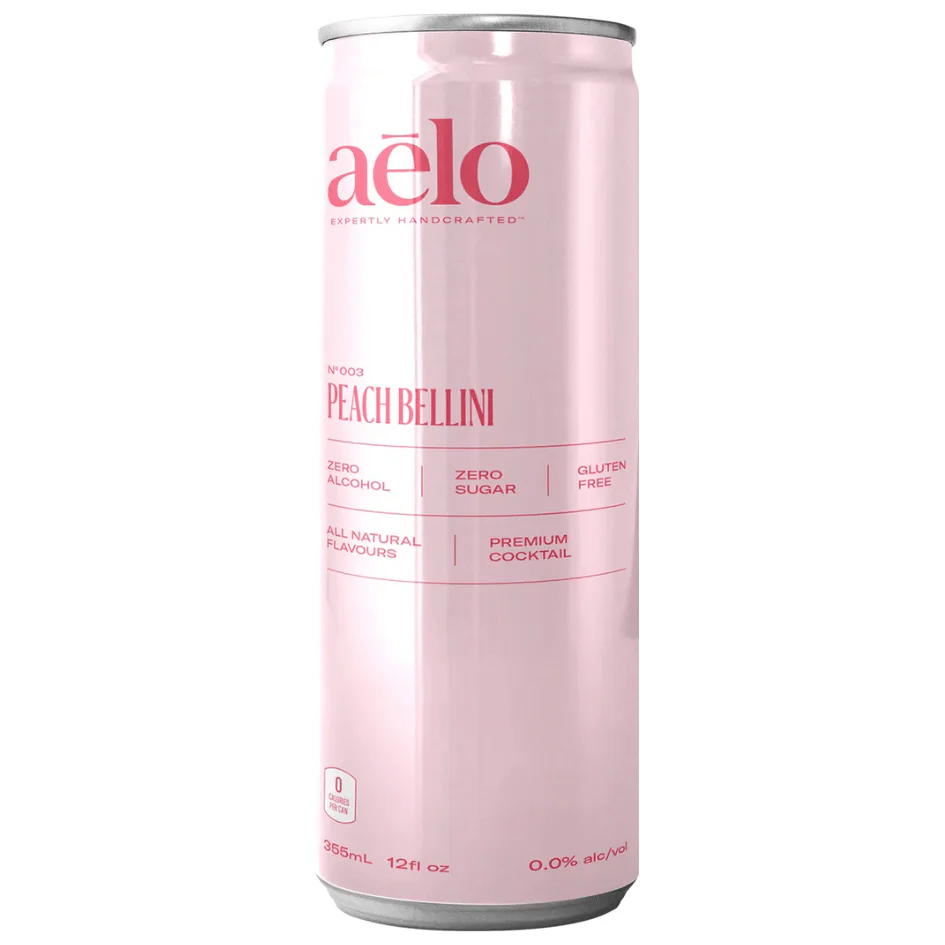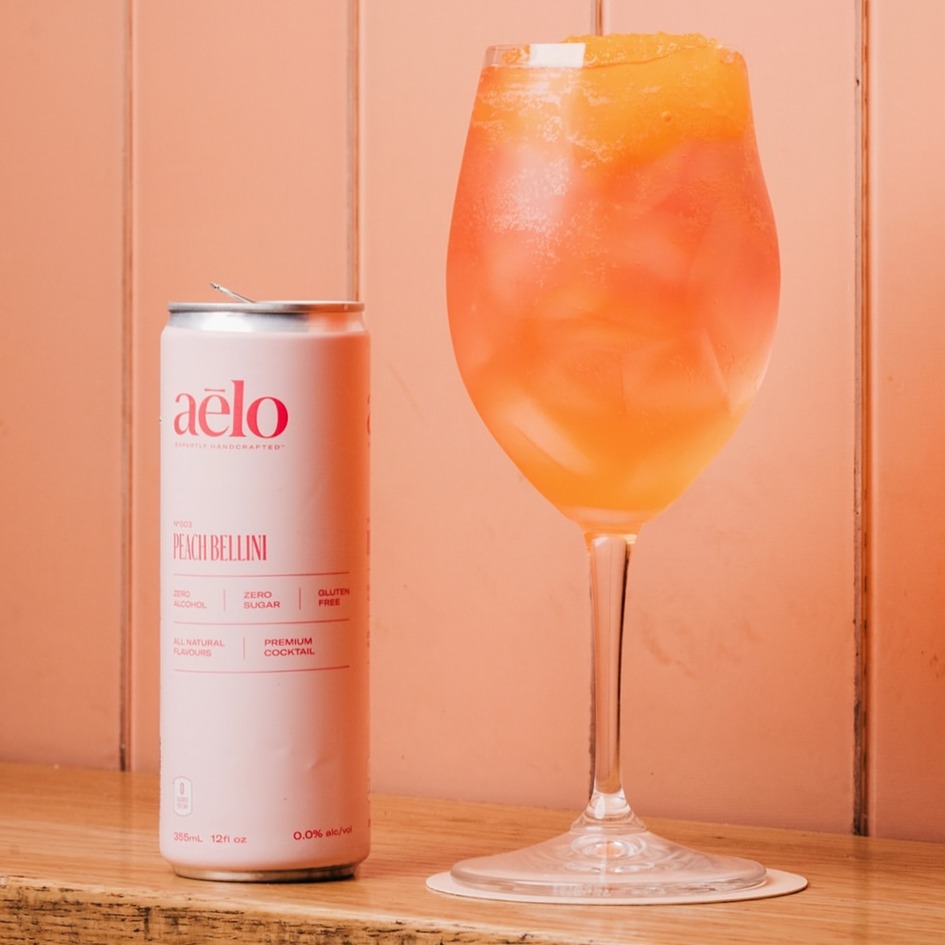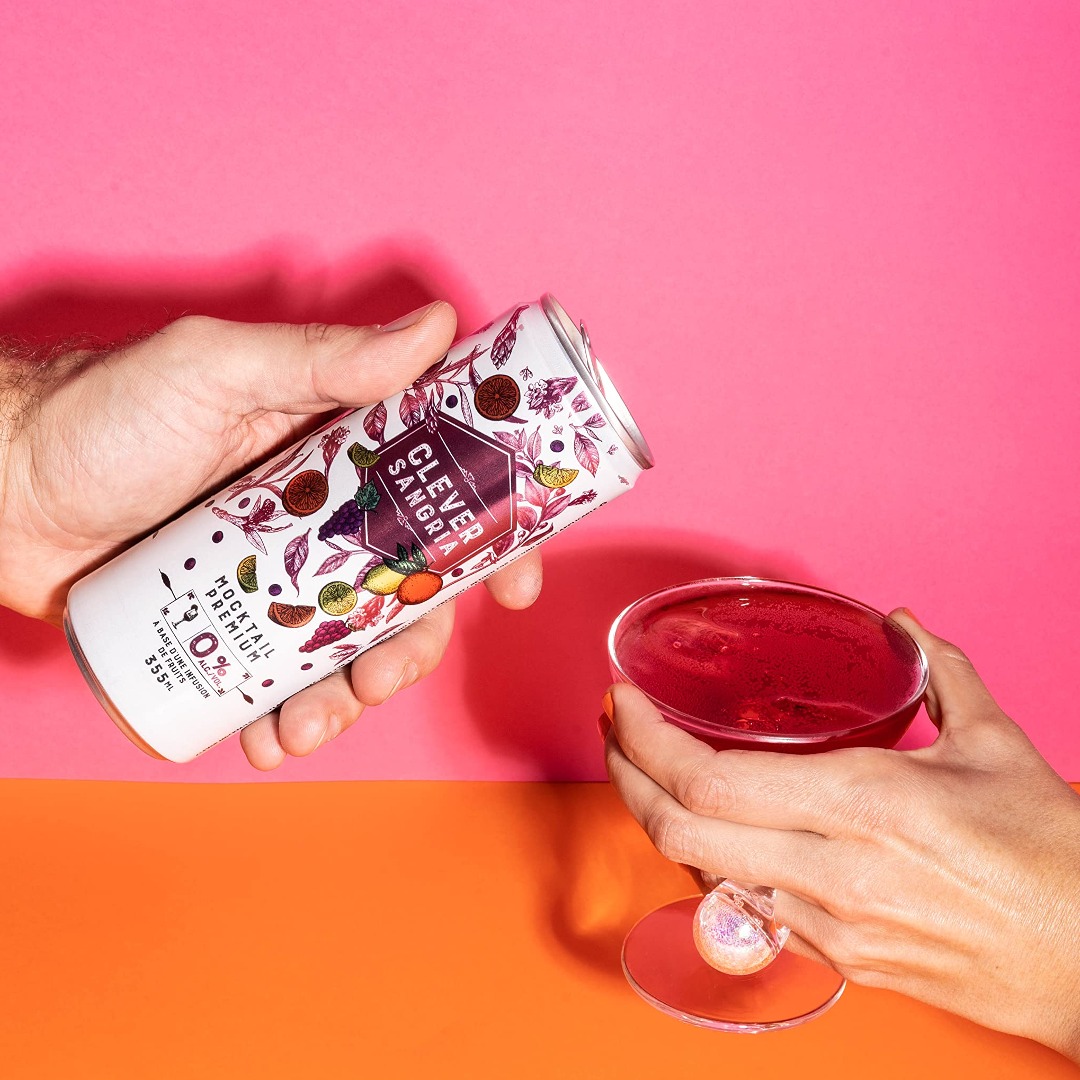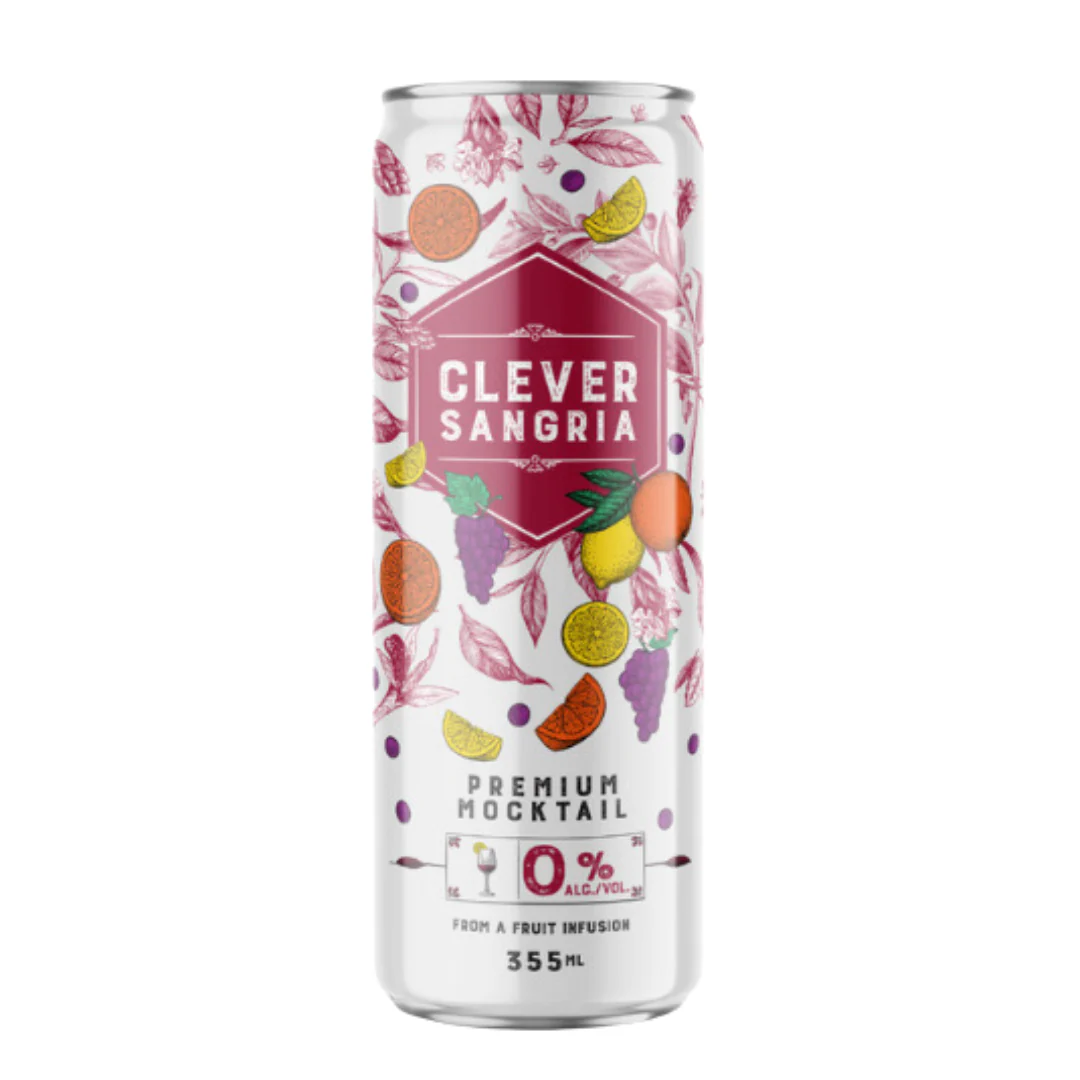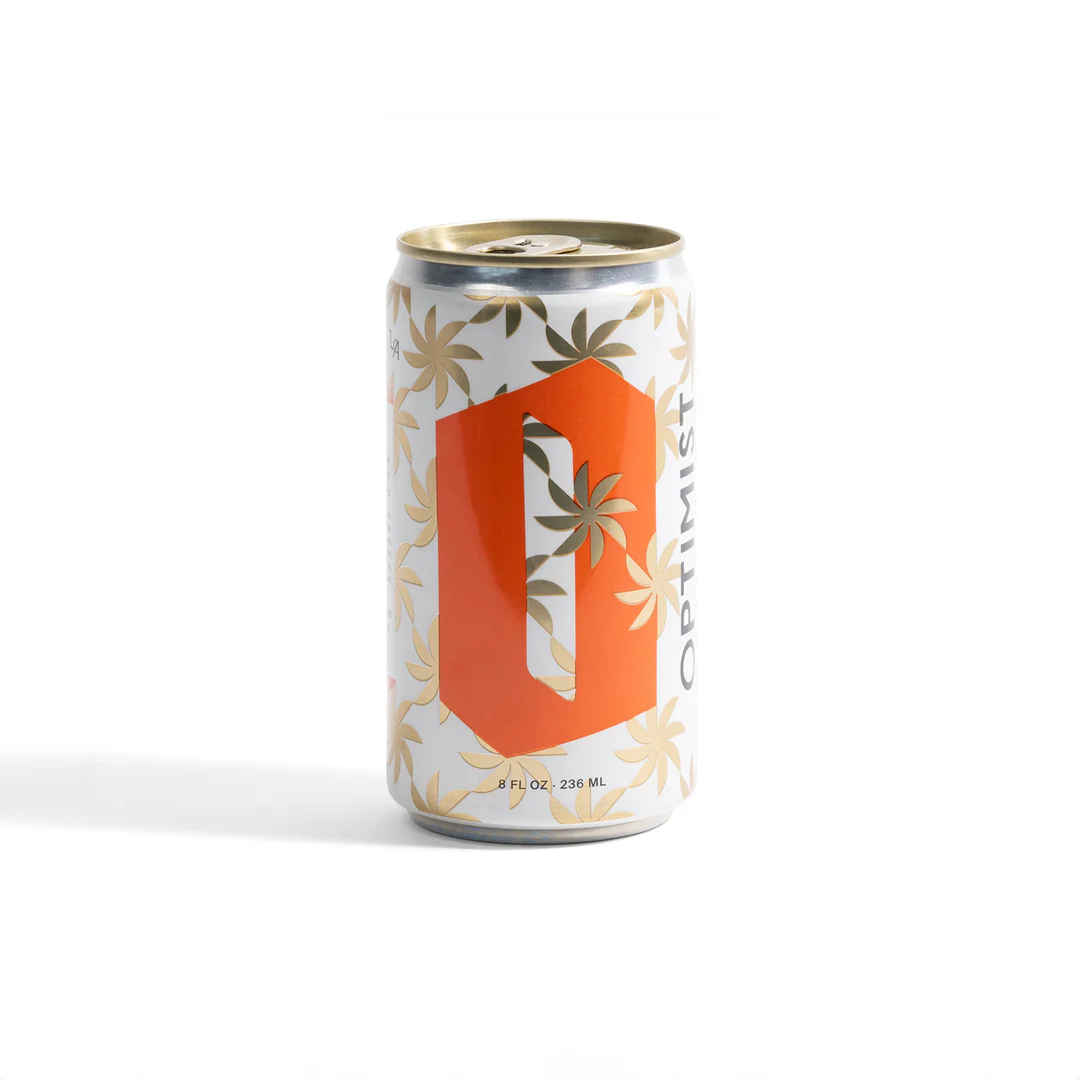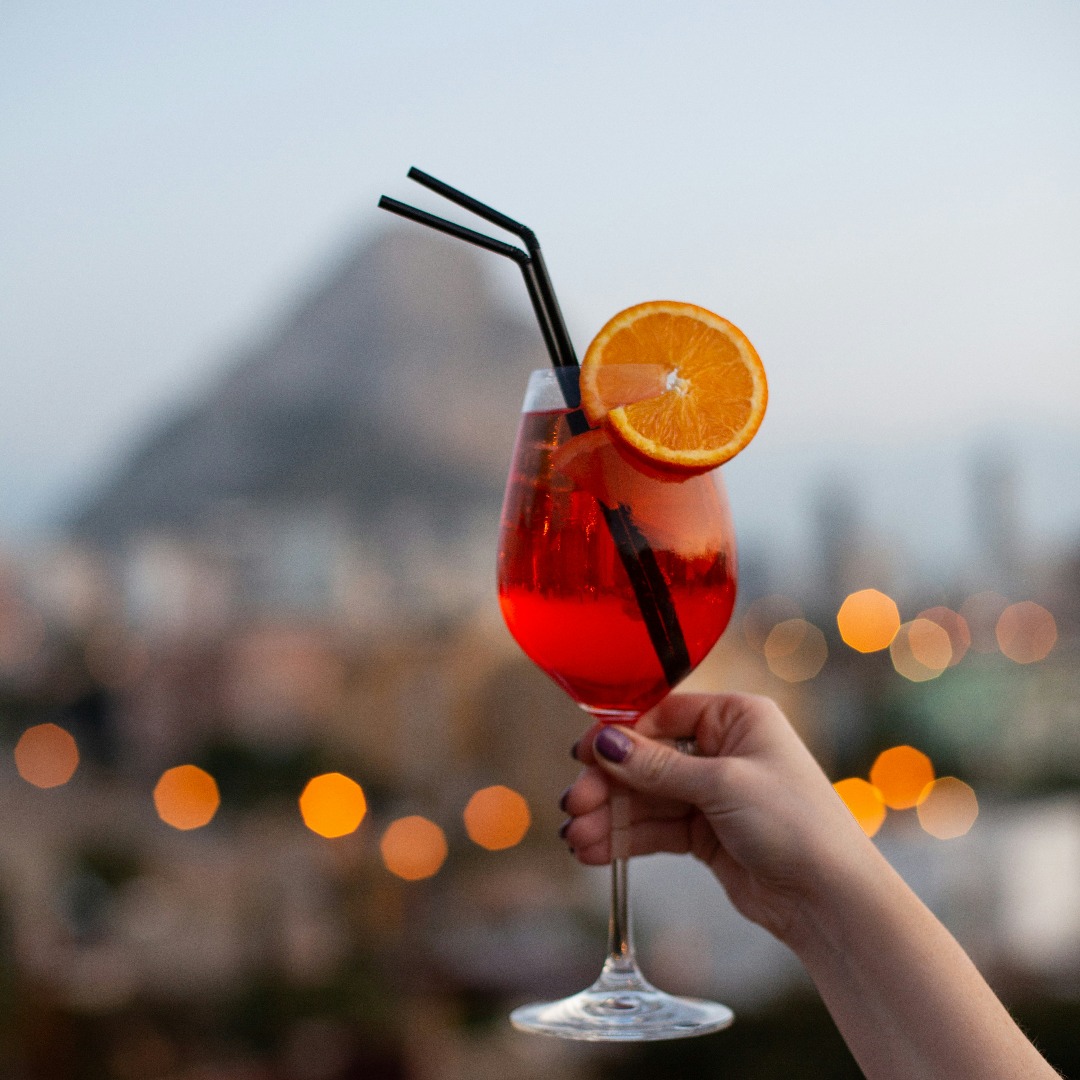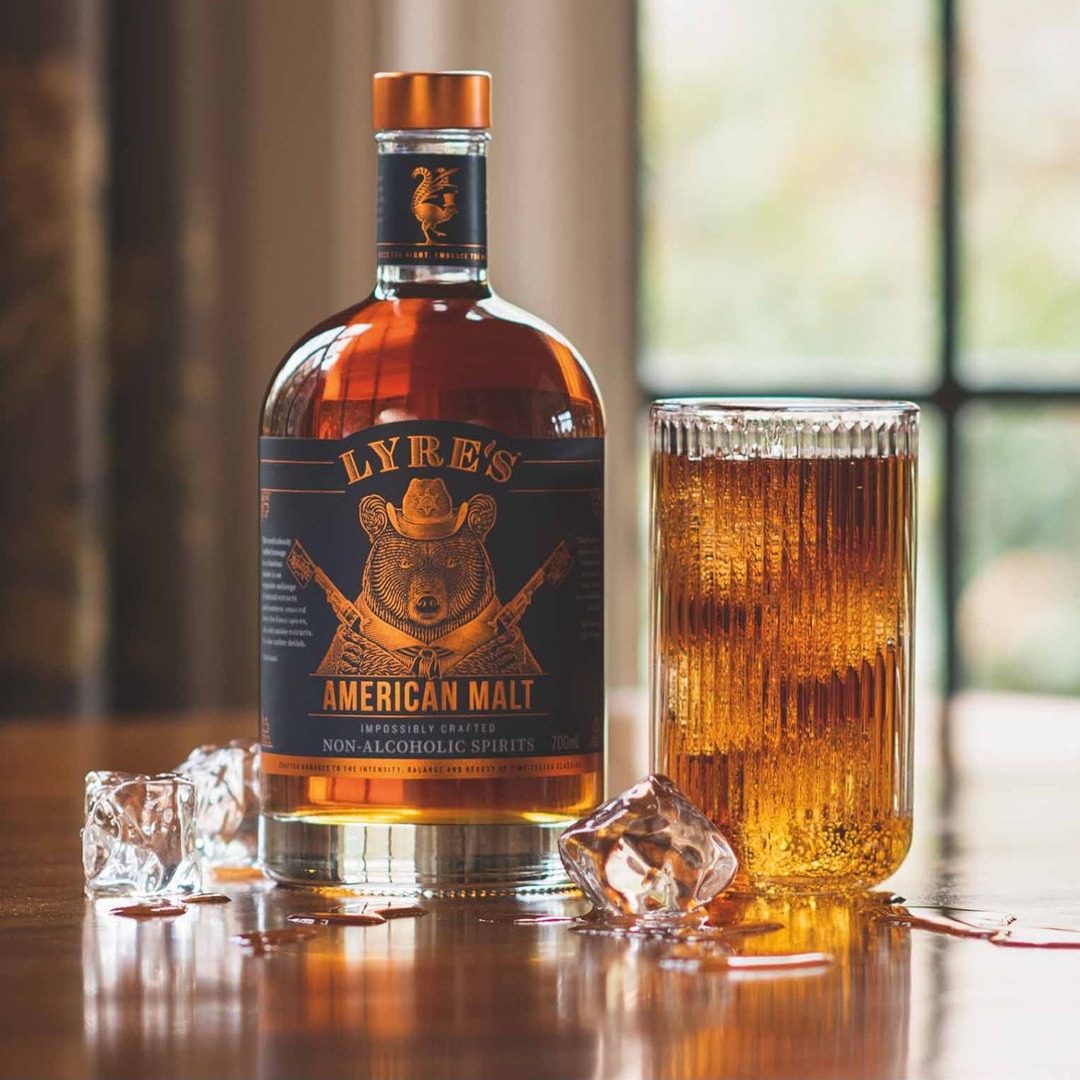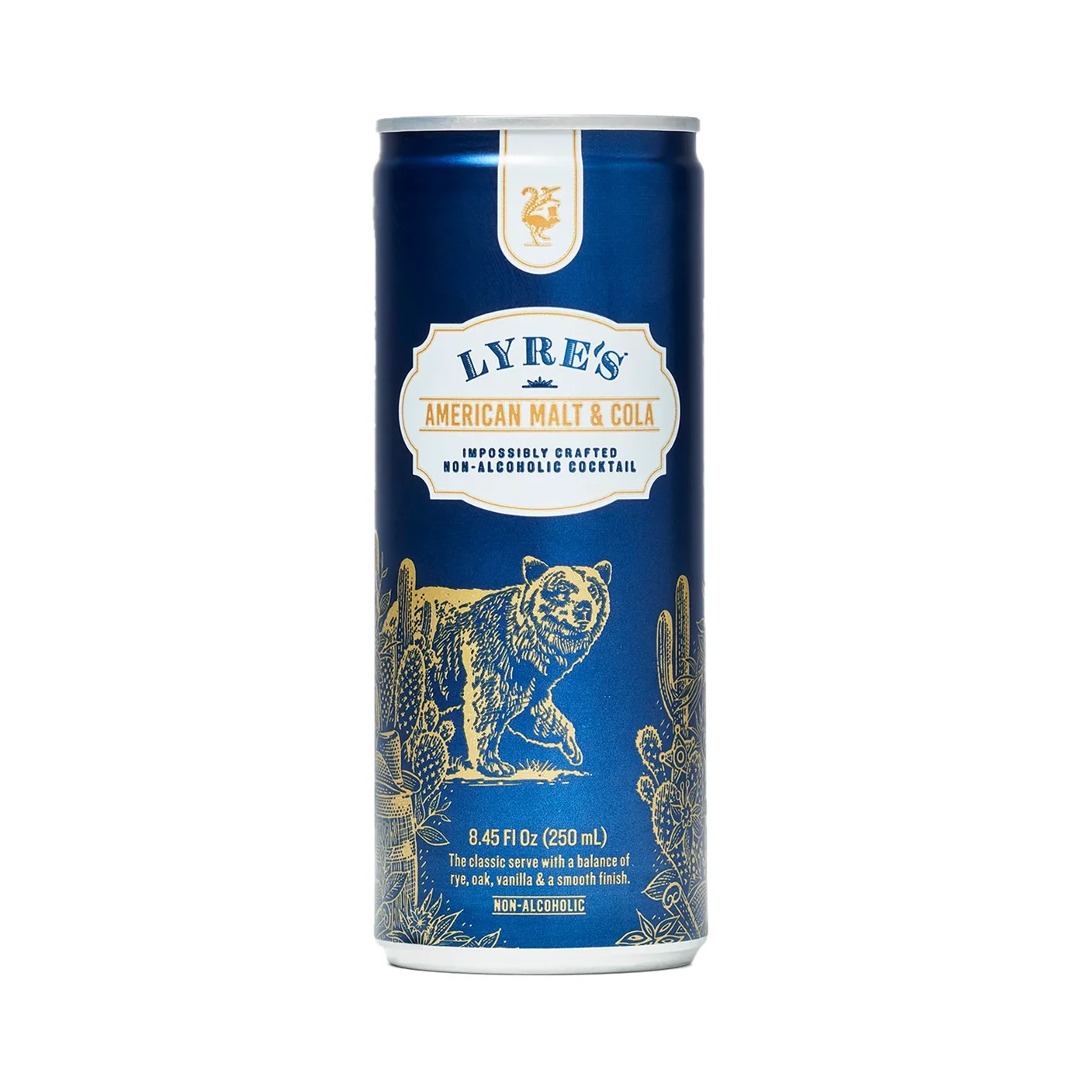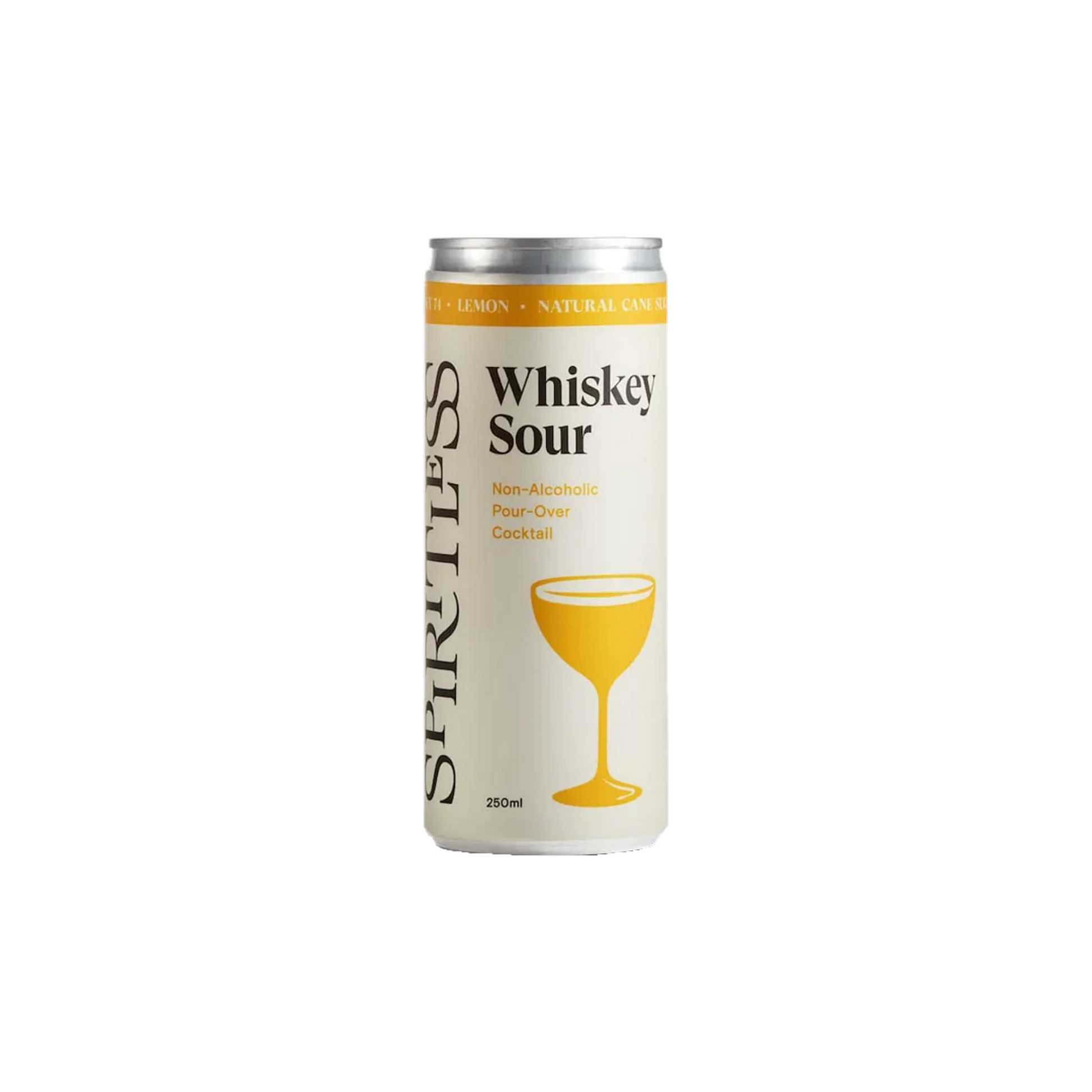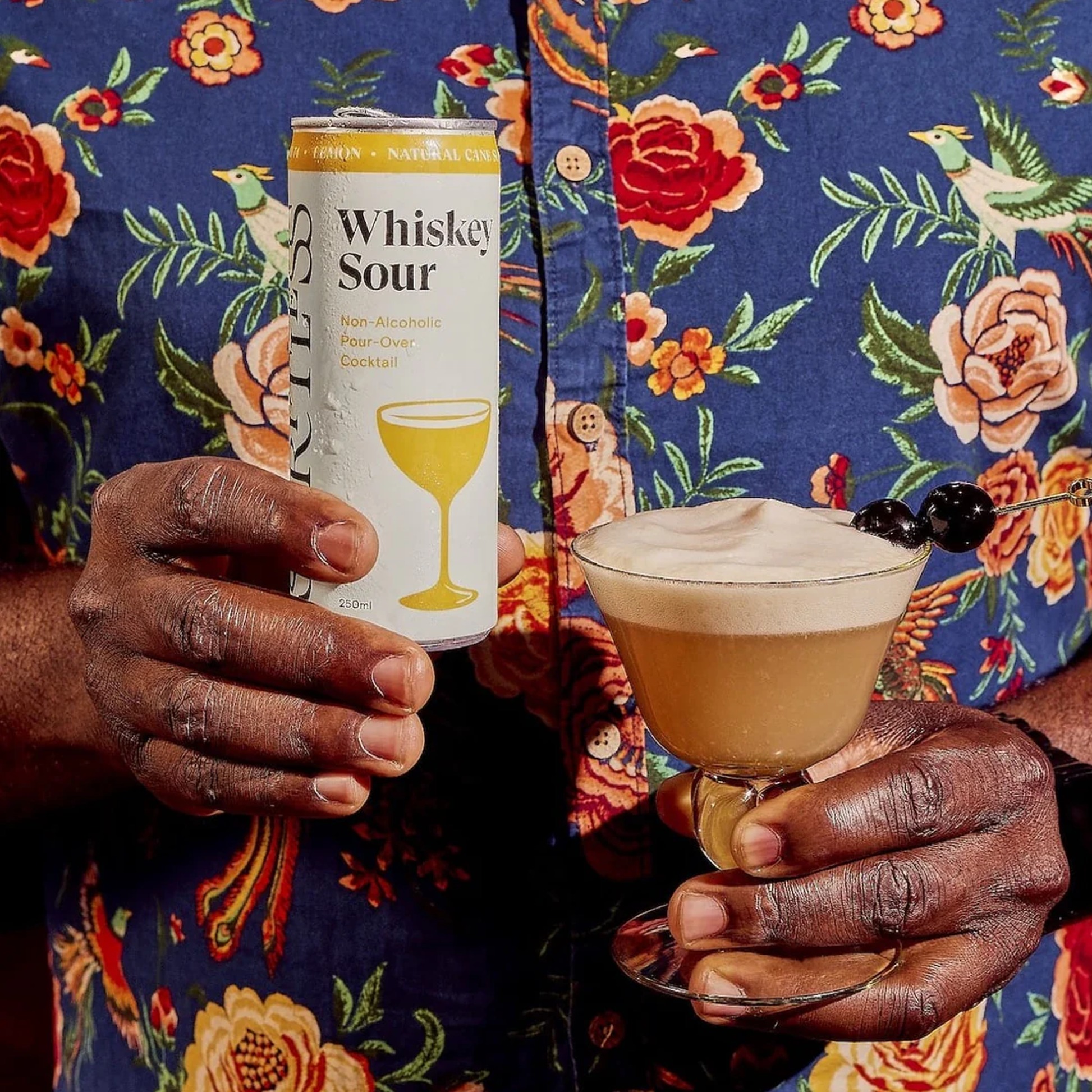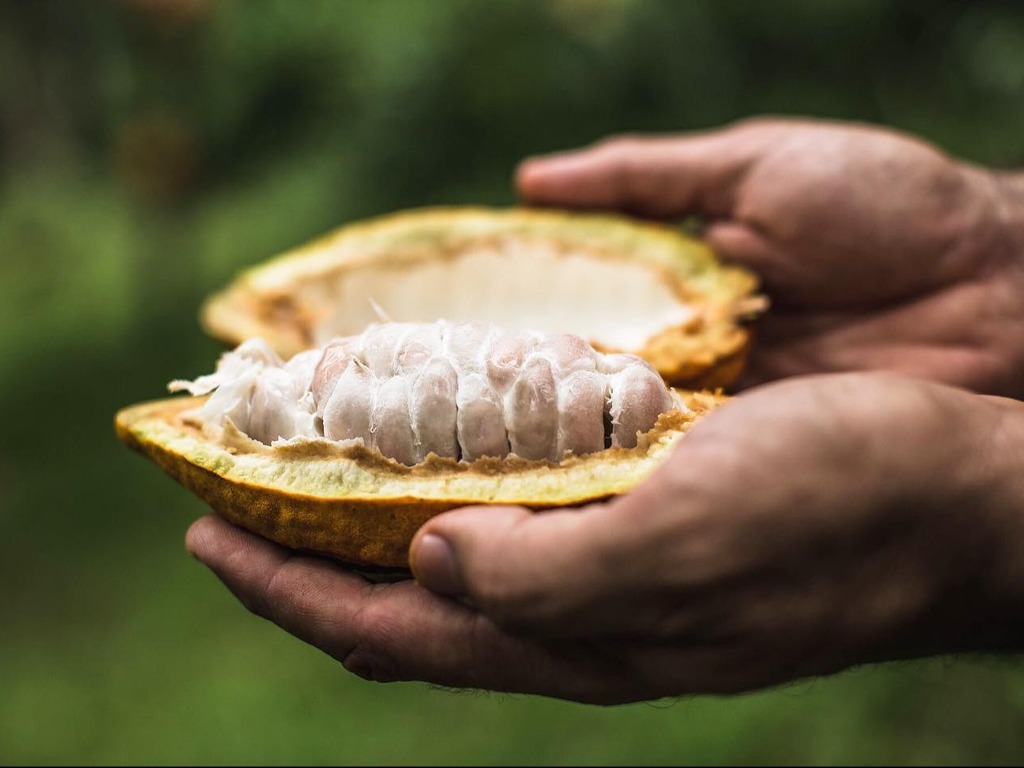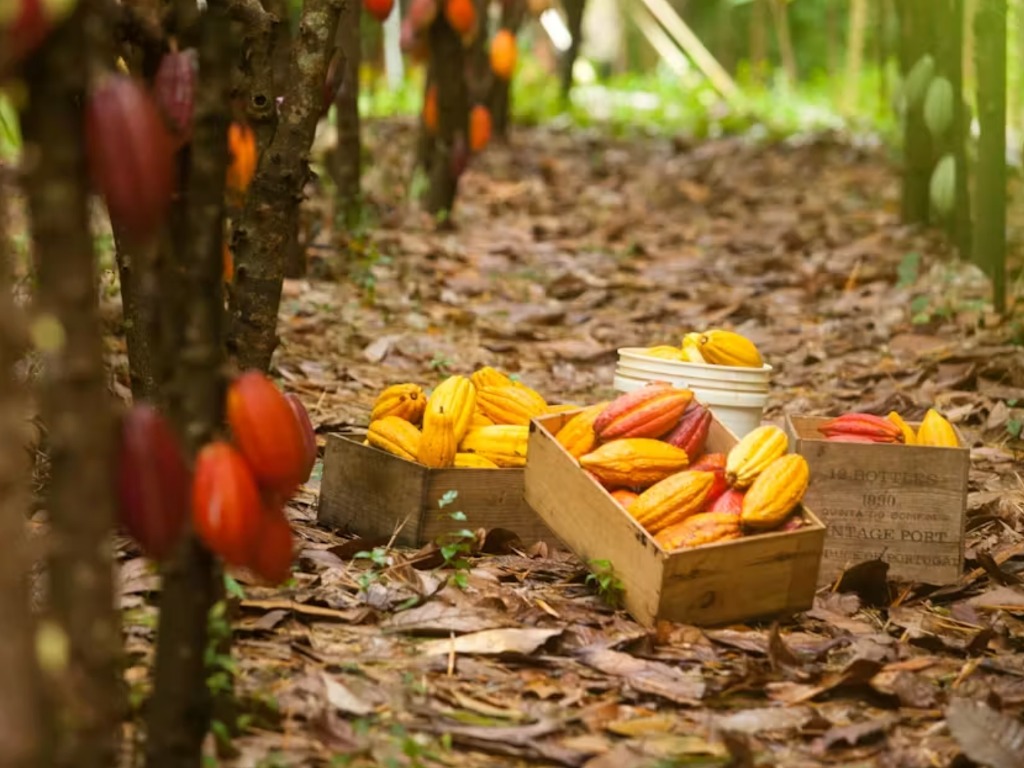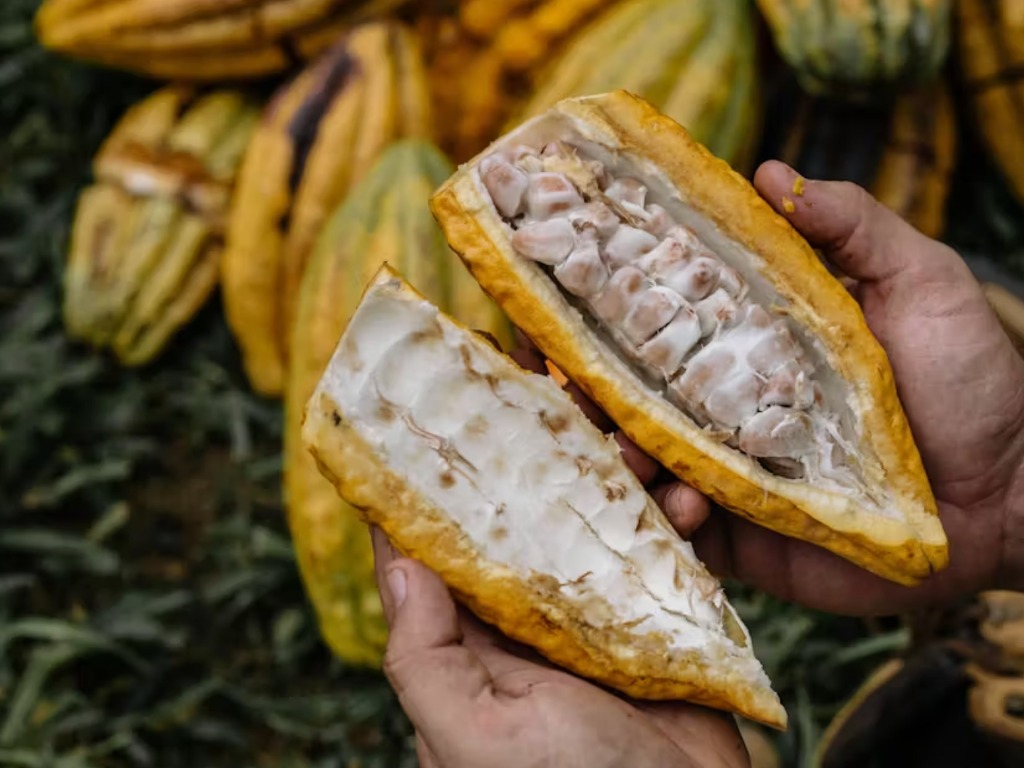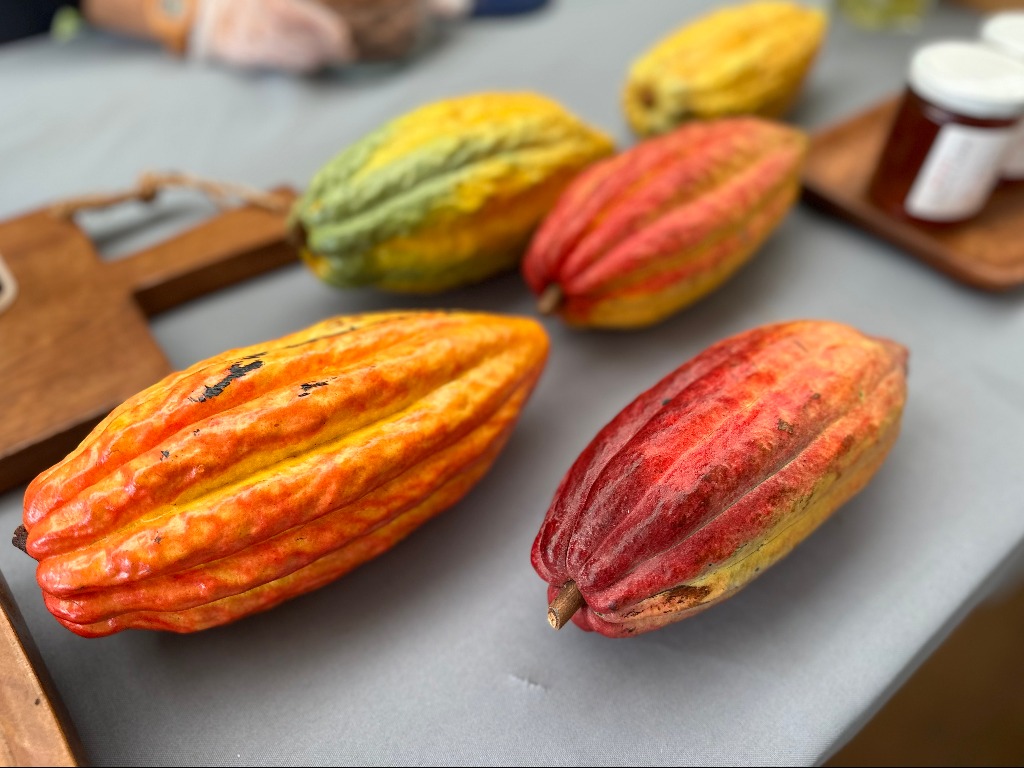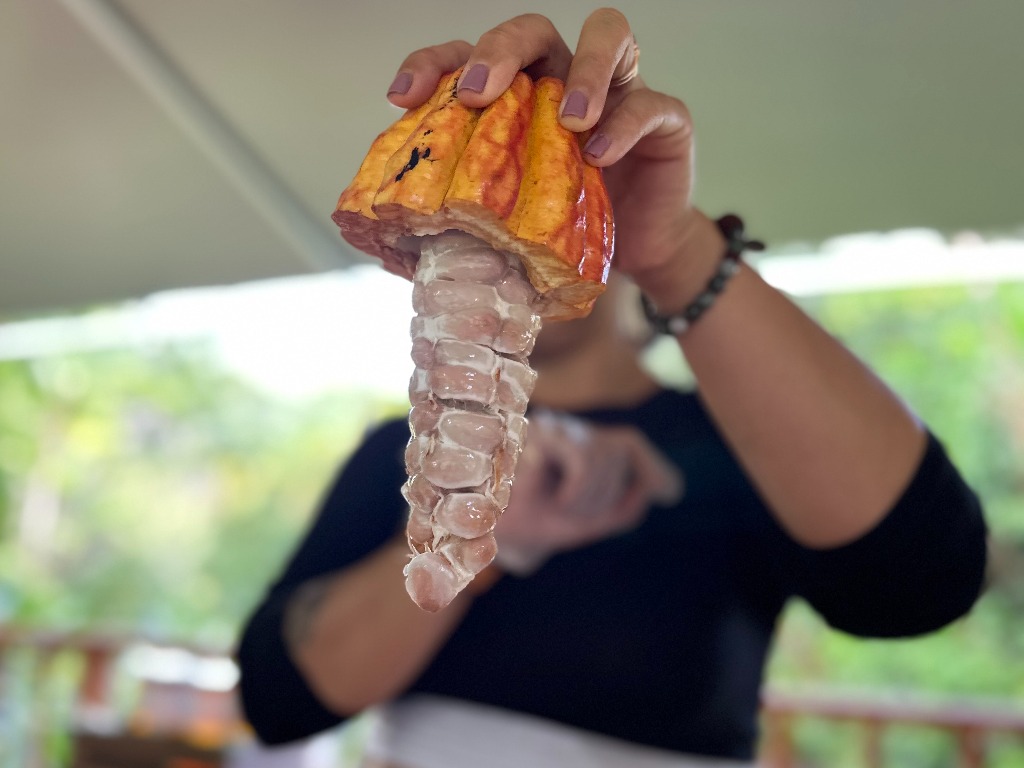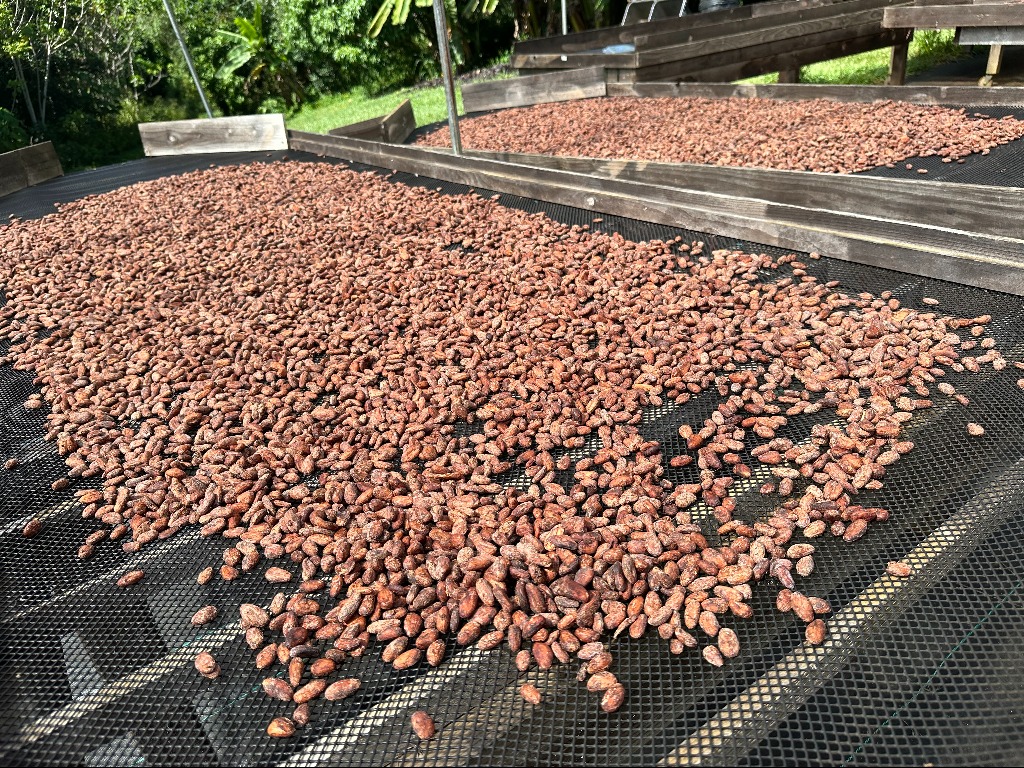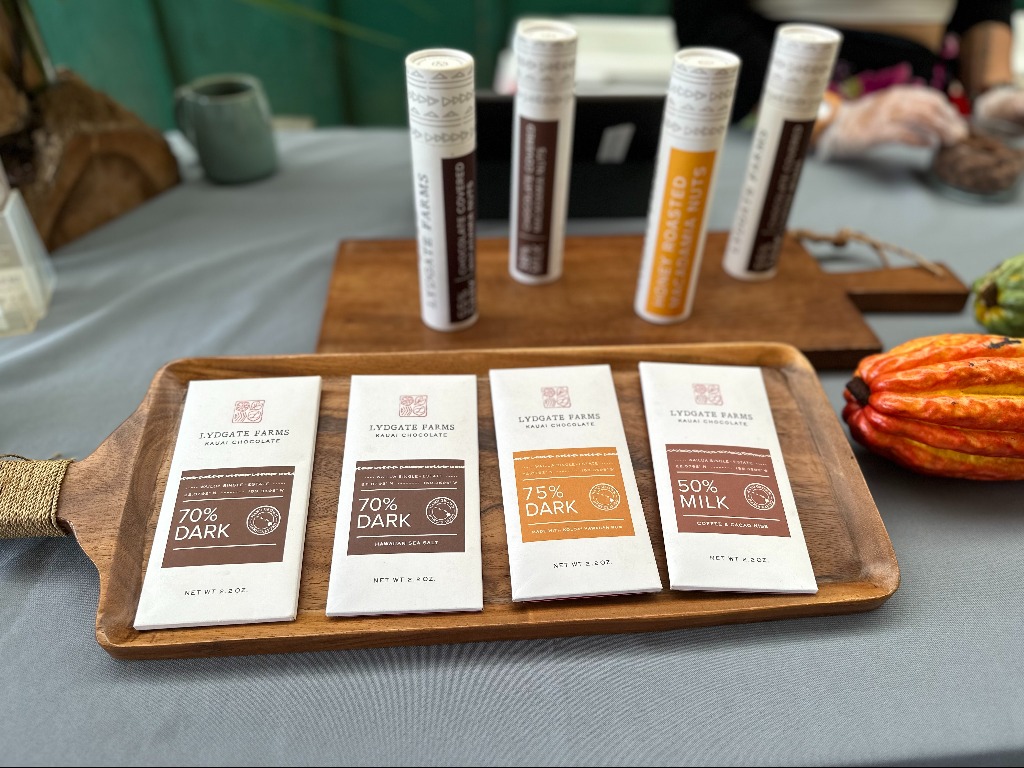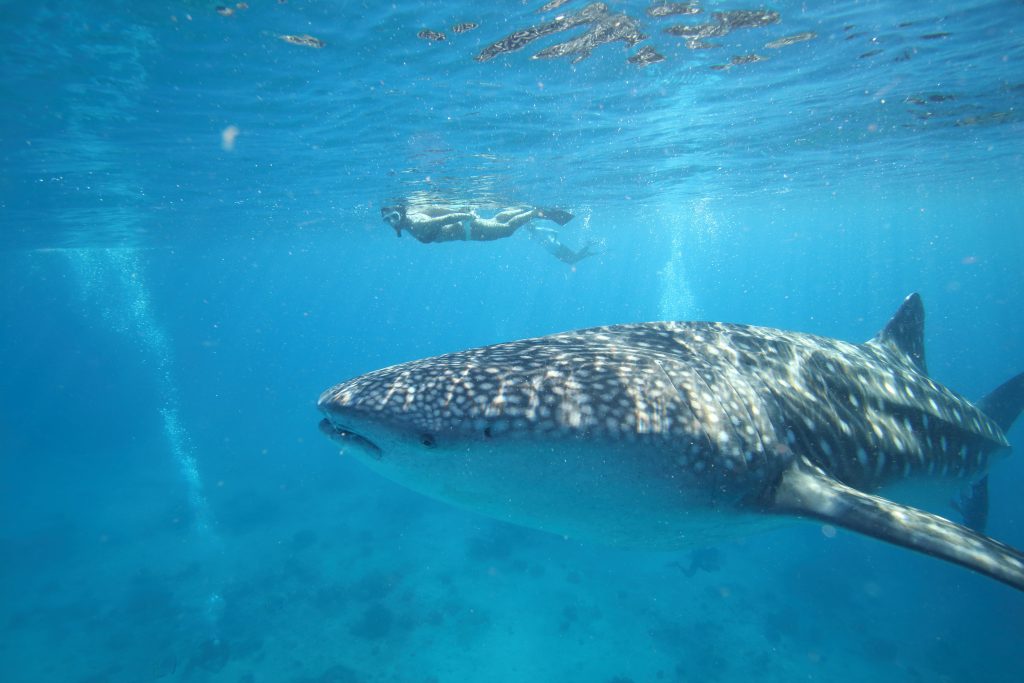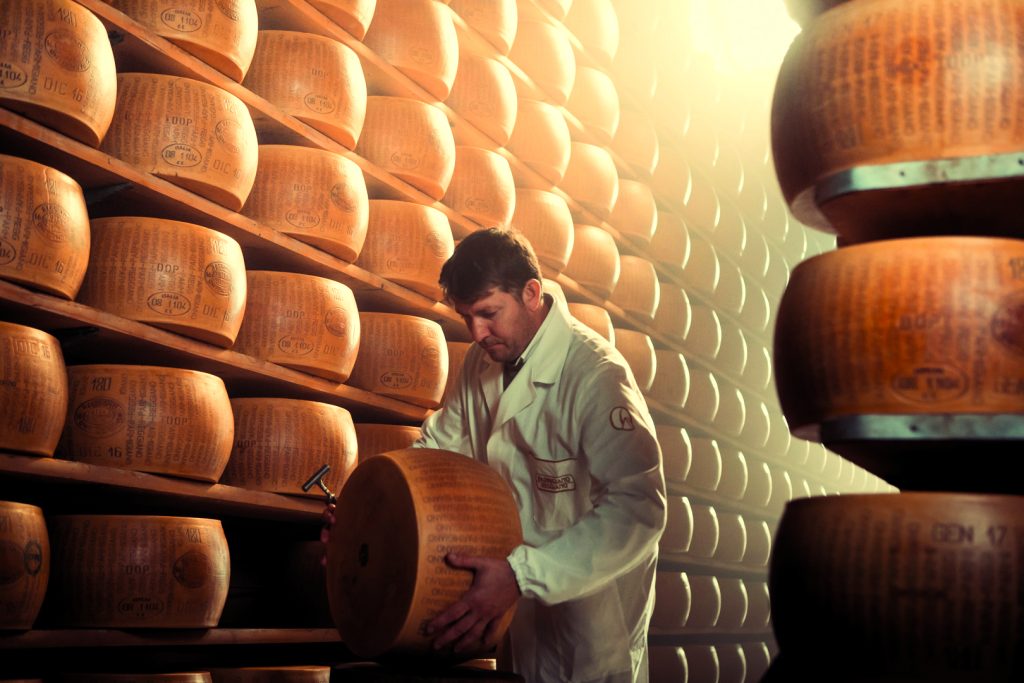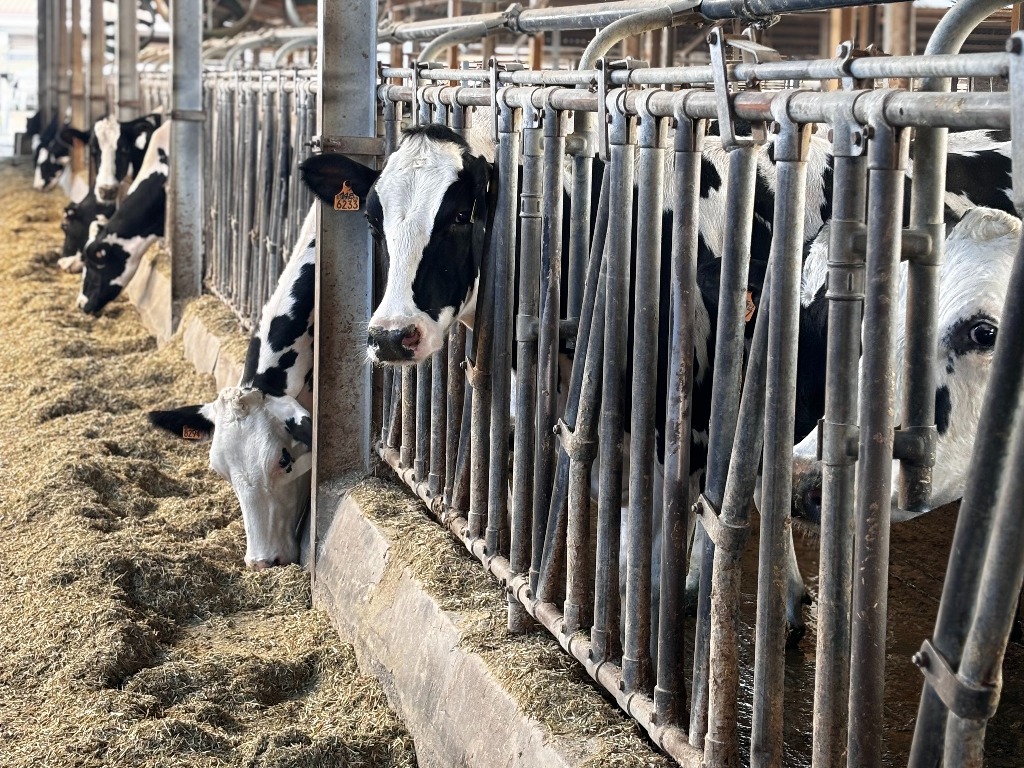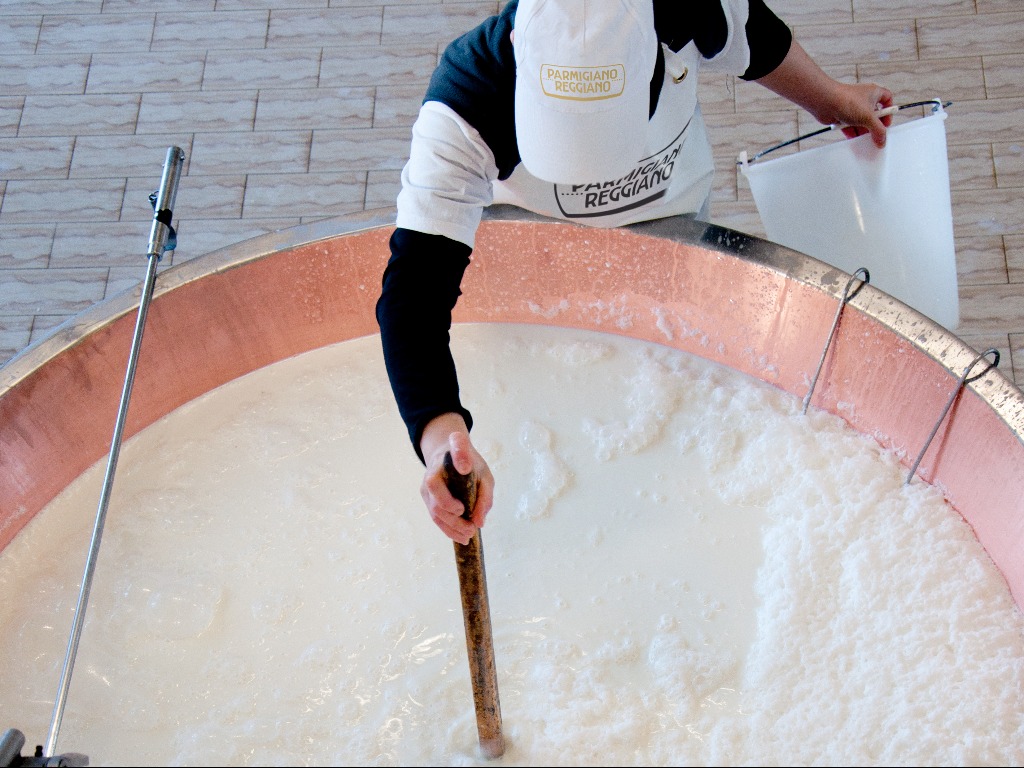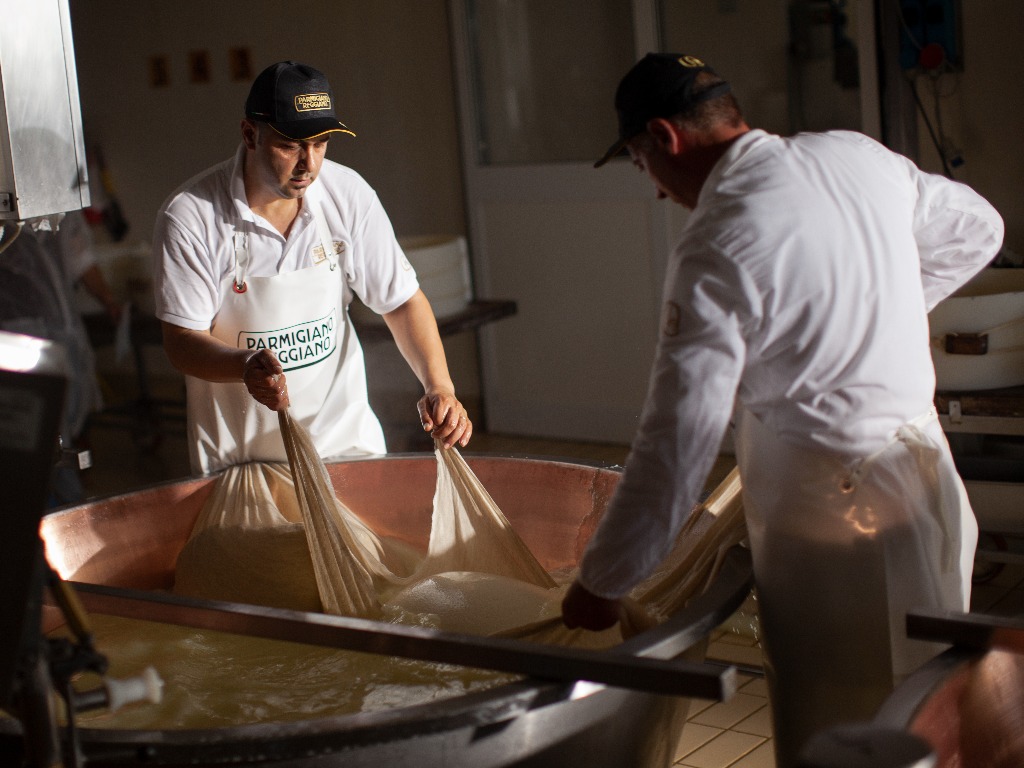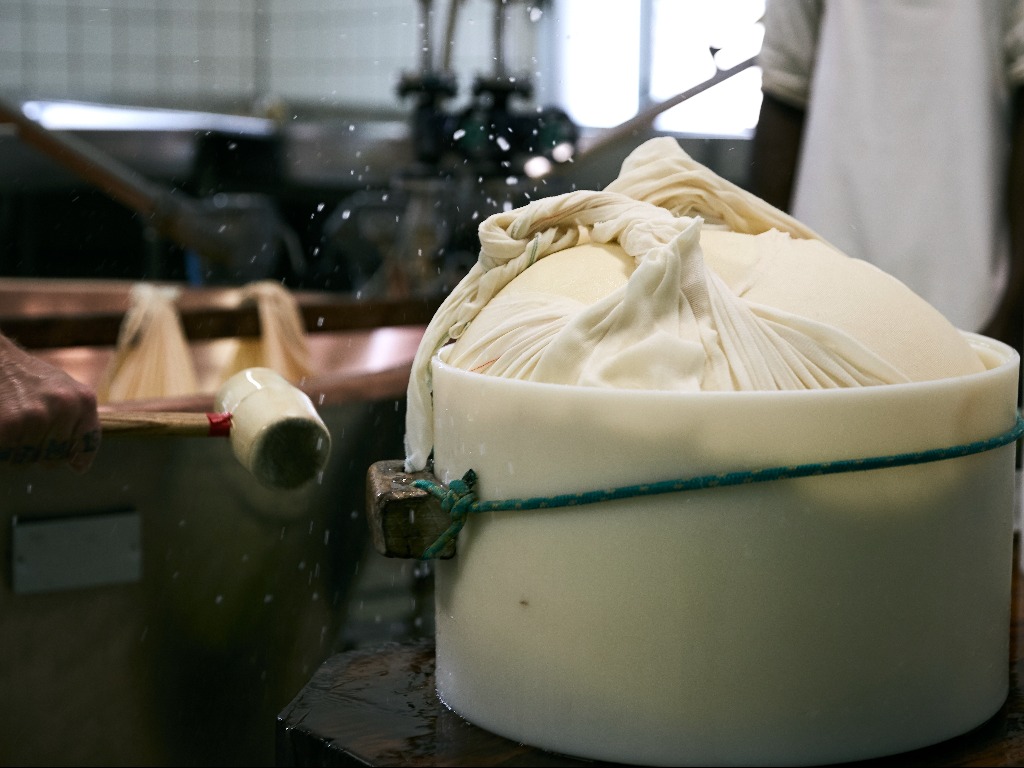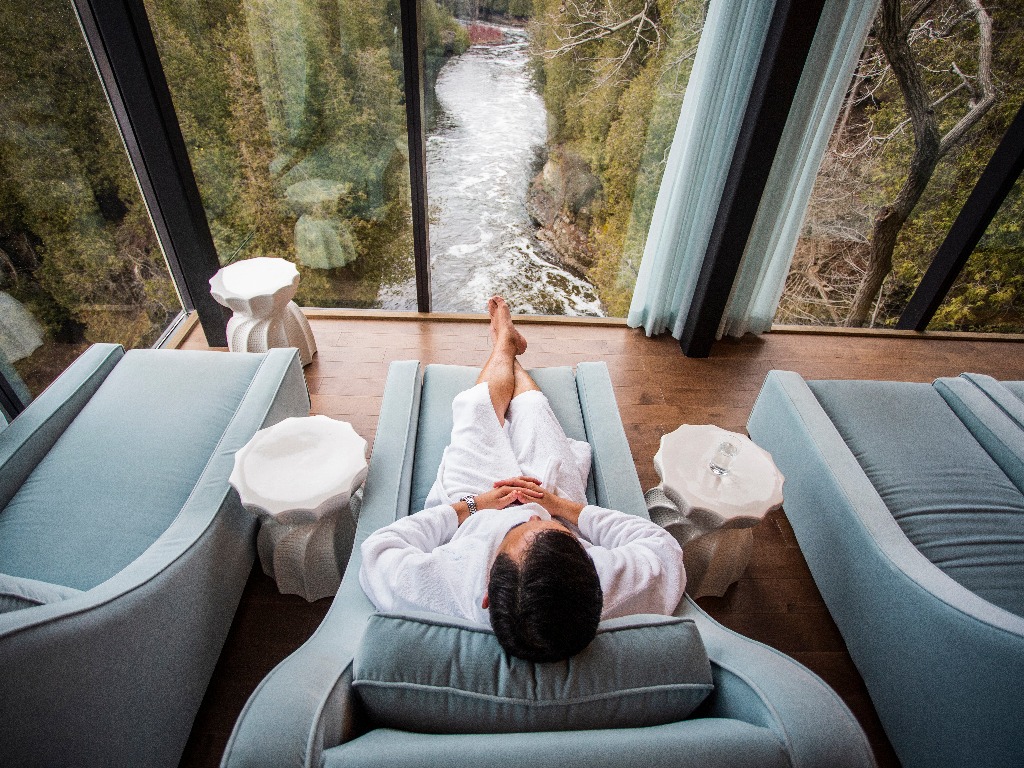
All-day pampering awaits at the Elora Mill Hotel & Spa
Suspended on limestone cliffs above the rushing rapids of the gorge below, the Elora Mill Hotel & Spa provides an indulging, five-star retreat in the heart of nature.
Walking through the streets of Elora, you’d be forgiven for thinking you might be anywhere else but a small, Ontario town. All along Metcalfe and surrounding streets, stores housed in 19th century limestone sell everything from handmade silk lampshades spun in art deco designs, to locally-made home furnishings and used books.
Like any good small town, there are also a handful of comfortable cafes and ice cream shops selling those nostalgic Moosetracks and Bubblegum scoops.
But the lifeblood of the town is the Elora Mill Hotel & Spa, a five-star, luxury boutique property with a fine-dining restaurant and full-service spa that’s perched above the rushing waters of the Elora Gorge.
About the Elora Mill
Opened in 2018 under the Pearle Hospitality Group, the Elora Mill has a long and colourful history that dates back nearly 200 years, to 1832 when William Gilkison, a Scottish naval captain, purchased 14,000 acres of land and settled the town on the banks of the Grand River. In 1833, Gilkison constructed a sawmill which served the town until the early 1900s.
Over the years, the property also had stints as a distillery (the site of the hotel’s present-day kitchen), as well as a flour mill that ceased operations in 1974, when it was converted to the Elora Mill Inn. Following the old inn’s closure in 2010, a $27 million renovation project saw the property reopen eight years later in June 2018 as the four-storey Elora Mill Hotel & Spa, turning the tiny town of Elora into a full-fledged luxury destination flanked year round by guests from all over the world.
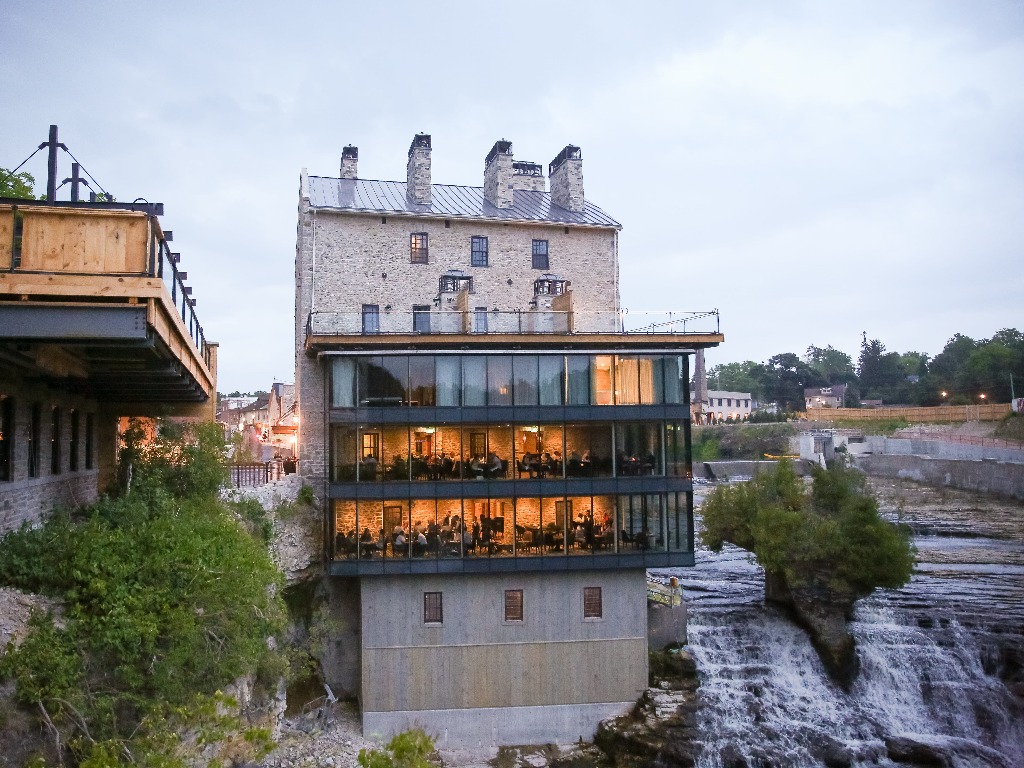
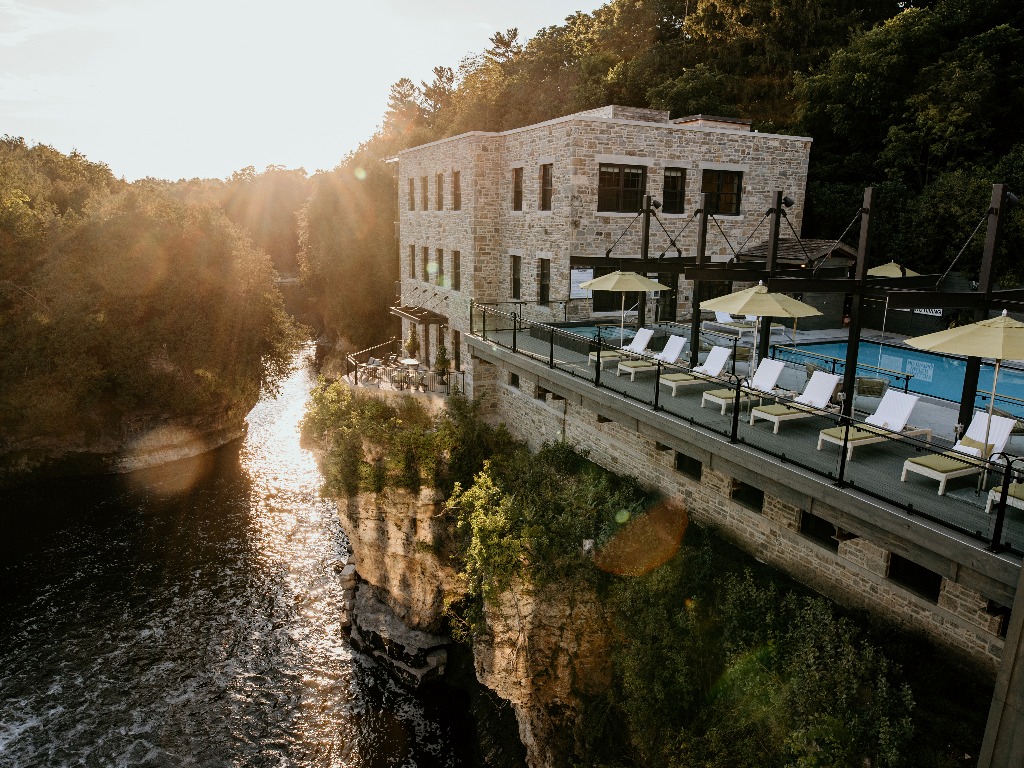
Farm-to-table dining
On the first floor of the hotel, you’ll find the two-storey restaurant which features floor-to-ceiling windows that overlook the rapids. Using a farm-to-table dining approach that extends to all menus, highlights include the lobster and smoked halibut agnolotti with seasonal hand-picked chanterelles and the field greens salad with pan roasted chicken, made using locally-sourced produce from the Pearle Farm.
Down below, guests can visit the restaurant’s recently opened wine cellar, which is home to more than 4,000 bottles. The Elora Mill’s team of friendly in-house sommeliers can also provide expert pairing advice on any dish.
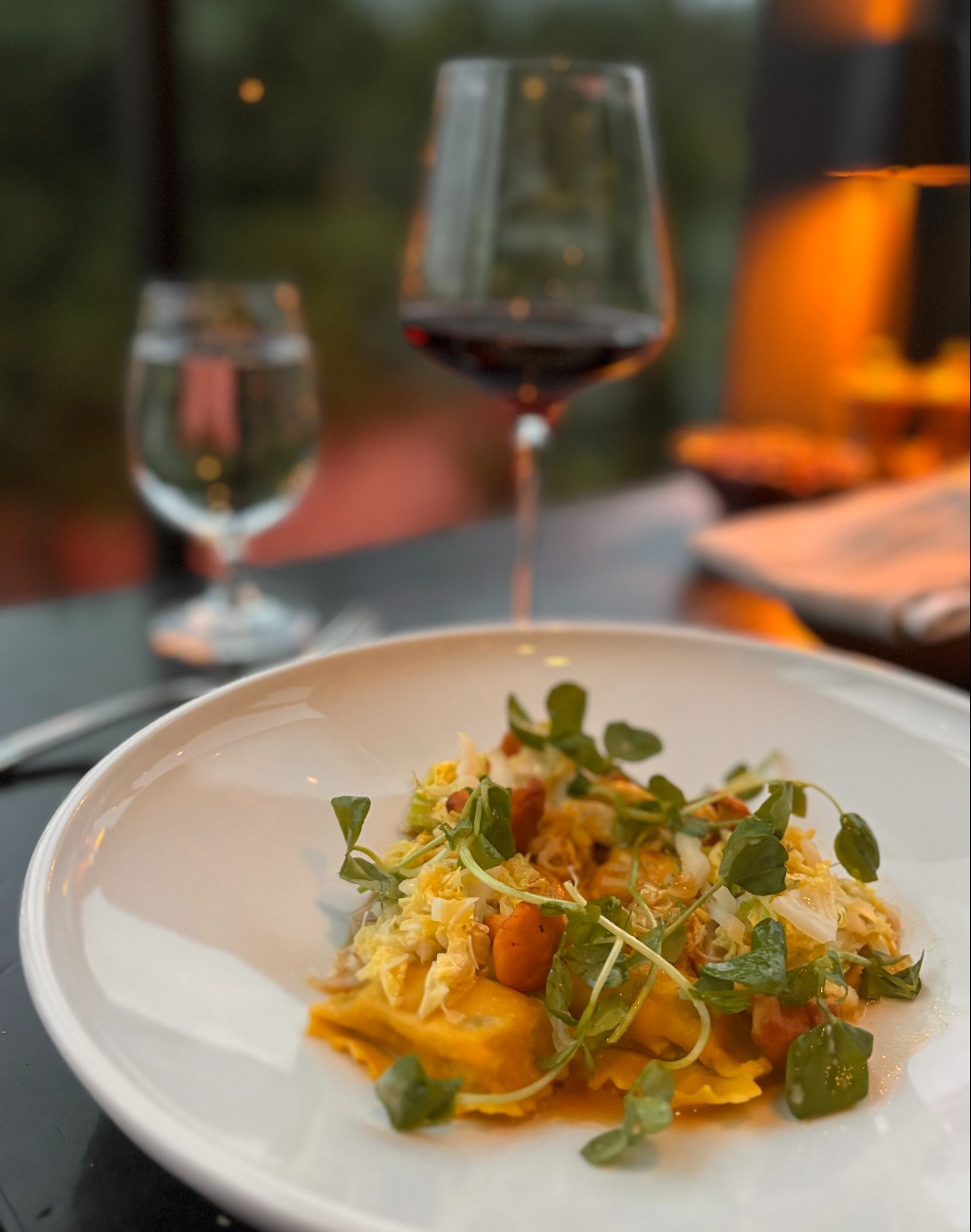
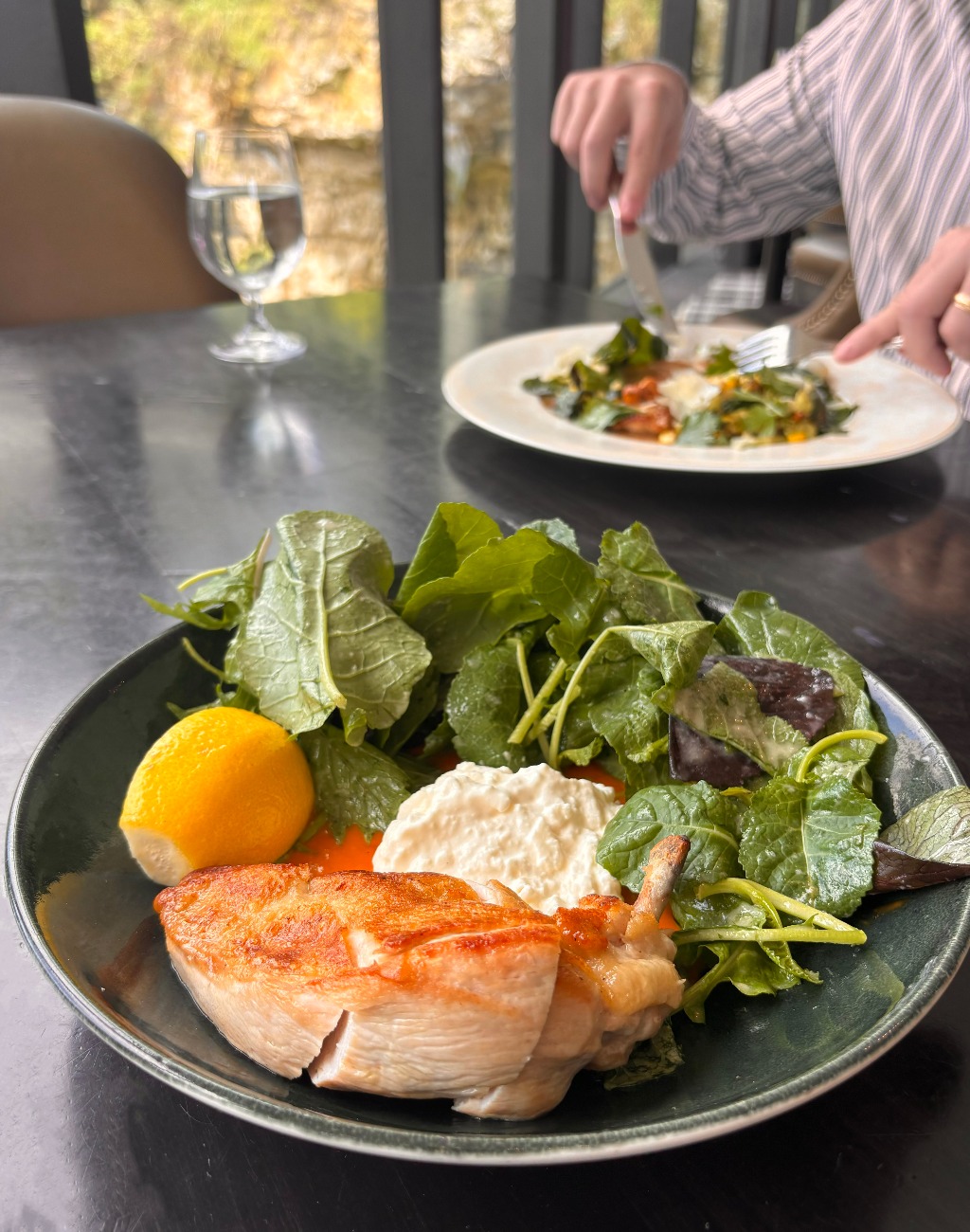
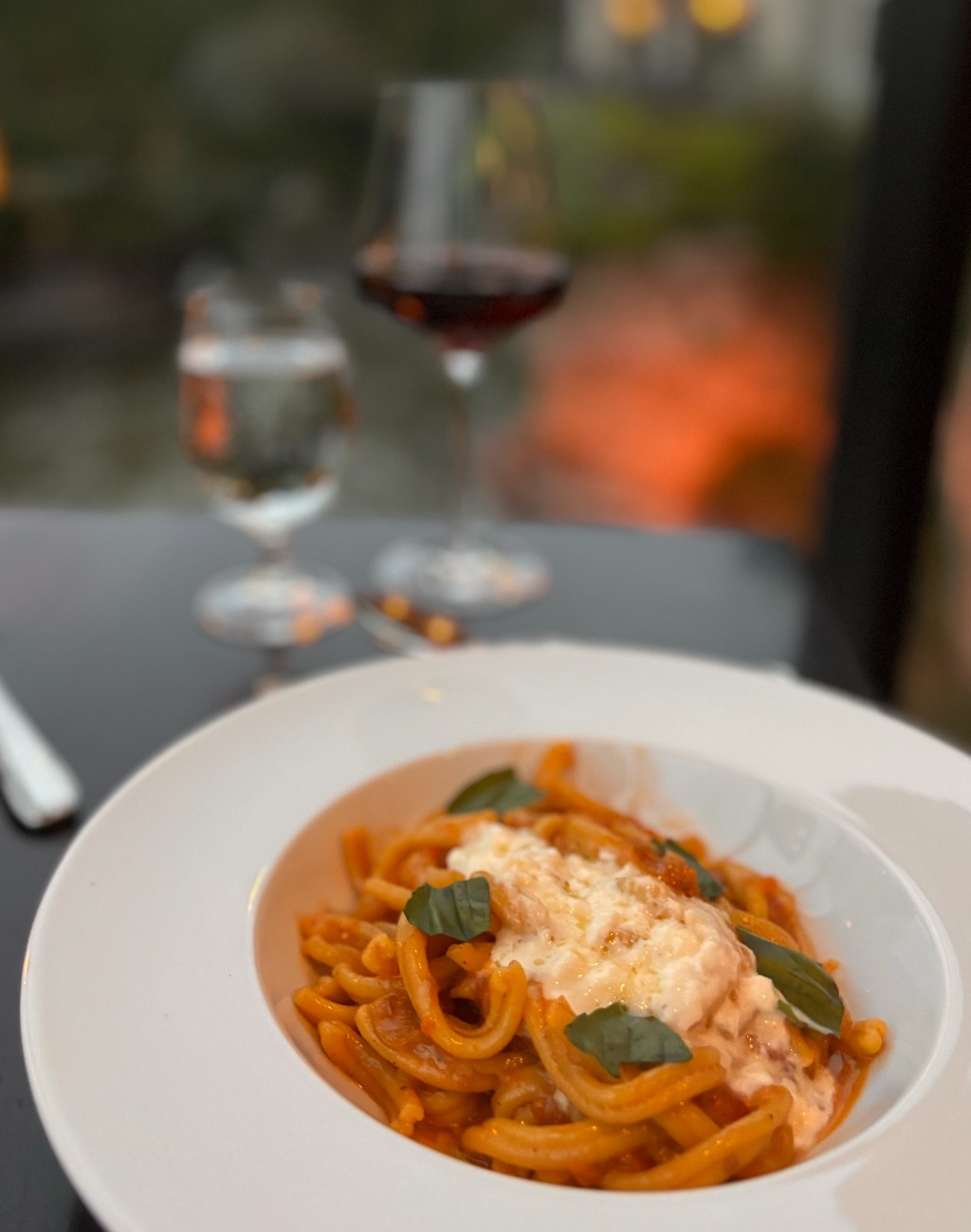
Rooms with a view
Working with the original footprint of the mill, luxury interior designer Lori Morris was picked to decorate all 30 rooms in three styles—rustic, modern and French. There are eight room categories to choose from, with no two designed identically. Soft neutrals blend harmoniously with the natural limestone walls and exposed wooden beams. Lavish touches create an atmosphere so indulging, you find yourself longing for just one more day on a weekend getaway.
Throw open the balcony doors of the Terrace Suite and gaze at the rushing rapids of the Elora Gorge below. Additional in-room highlights include a king-sized bed, a seasonal indoor wood burning fireplace perfect for autumn nights, and a Nespresso coffee machine. At the end of the evening, retreat to your terrace and lounge by the outdoor fire with a glass of wine, or one of the afte rdinner cocktails that can be ordered to your room—we recommend the Campfire Nightcap, made with a smoky Sombra mezcal, sweet Amaro Montenegro, Crème de Cacao, cold brew espresso and agave. Or, slip off your oversized plush robe and into the soaker tub.
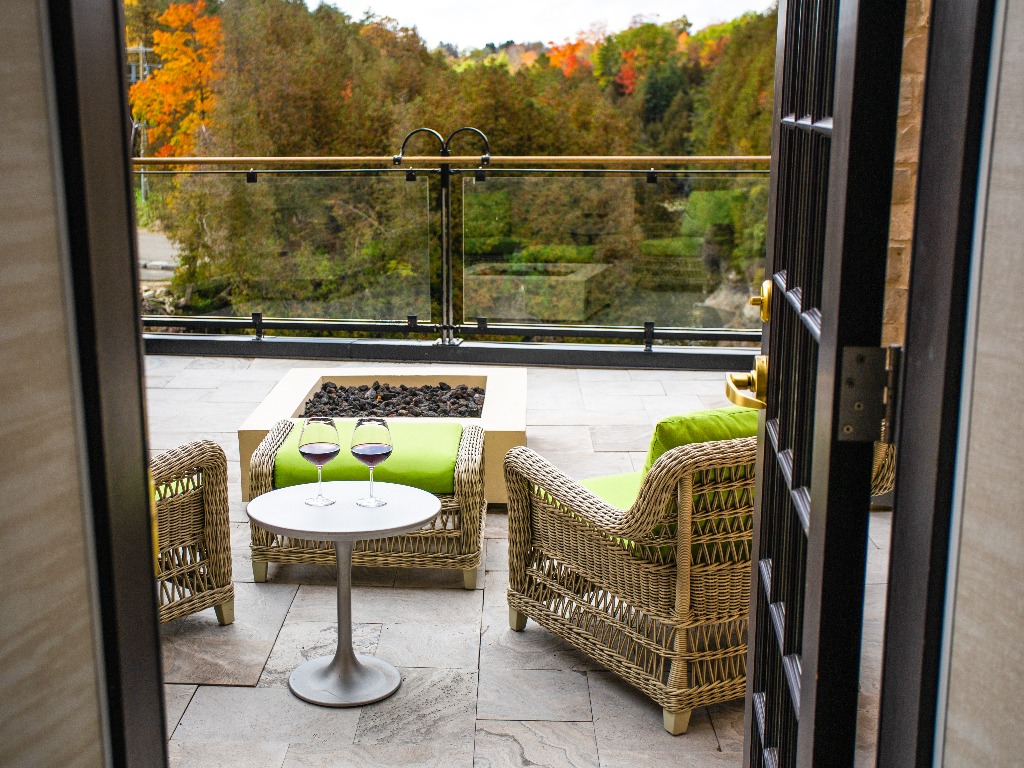
Elements of relaxation continue throughout the hotel, starting on the first floor at the spa, where cliffside views immediately transport you away from the stresses of daily life. Recently, Elora Mill introduced a series of day packages which include the Daybreak ($350 from 9 a.m. to 2 p.m.), with a complimentary breakfast; the Midday ($425 from 12 to 5 p.m.) which includes lunch, and Seize the Day ($750 from 9 a.m. to 5 p.m.), which is perfect for those looking for a full day of pampering.
Along with a signature body treatment, highlights of all three packages include use of the Nordic dry sauna, eucalyptus steam room, hot tub, and heated rooftop pool, which stays open year round. Cocktails, wine by the glass and small bites, like warm marinated olives, can be enjoyed pool side or in the relaxation lounge.
For rates and availability, visit eloramill.ca.
This article first appeared in the Fall 2024 issue of OFFSHORE travel Magazine. Click here to subscribe to your free copy.

